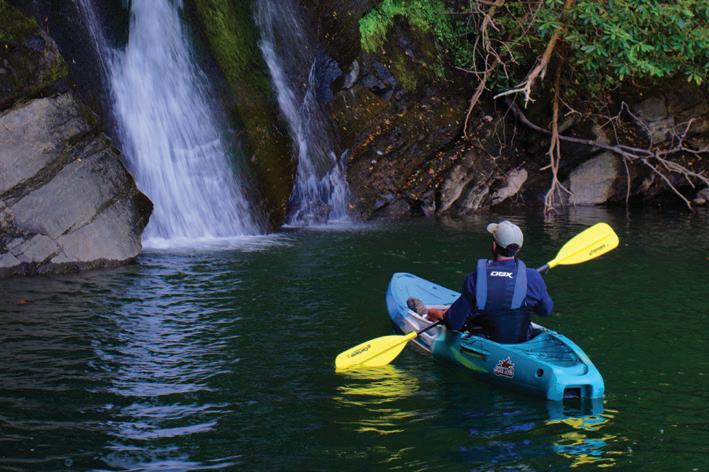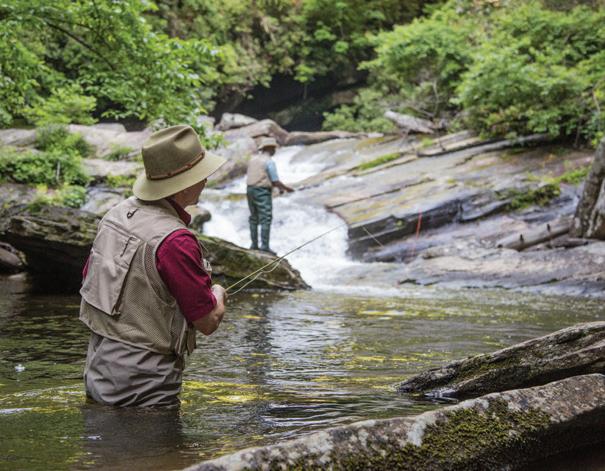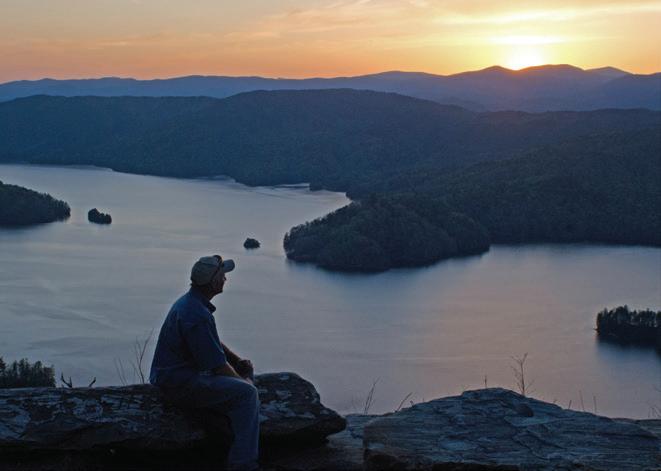


























































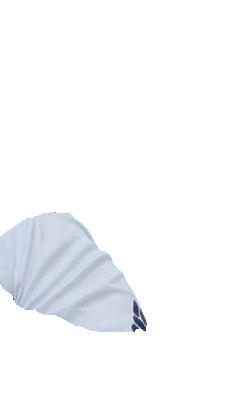

200-foot-deep structure.

Capt. Rick Croson, of Living Water Guide Service, showed Barefoot this bite for the rst time, and on that trip, they caught African pompano until they were tired of reeling them in as well as amberjack, dolphin and black n tuna. e widely accepted best way to catch African pompano is with a utter jig. However, Barefoot is never content with a tool or technique until he tries to nd a better way to do it.
“ ey are extremely susceptible to utter jigs, but the problem with those is the teaser assist hooks. We kept hooking them on the outside of the face with those wired stinger hooks,” he said. “With their thin, delicate skin, it’s tough to get a hook set. We were losing a lot of sh.”
e technique Barefoot settled on is to use his own 4-ounce Squid Decoy Jigs.
For most anglers, African pompano are welcome bycatch on bottom- shing trips for other species. But restrictive seasons on standard structure-oriented o shore species like grouper and snapper have made African pomps a primary target. In terms of gameness and quality as table fare, some might argue they belonged near the top of the list the whole time.
“ ey shut down grouper shing in January, and I’m not going to stop going o shore, so they’re the next likely candidate,” said Coastal Angler’s own Capt. Tim Barefoot. “ ey pull hard, they bite and they taste great. I’d put them
up in the top ve of my favorite sh to eat.”
African pompano school up on nearshore and o shore structure in late winter and early spring on the Atlantic and Gulf coasts. A couple of years ago, Barefoot was introduced to a ridiculously good bite for 15- to 45-pounders out of Wrightsville Beach, N.C., and what he learned might help you dial in the bite where you sh.
Cold water consolidates African Pompano to their comfort zone this time of year, and out of Wrightsville Beach anglers nd the magic 65- to 67-degree temps 45 to 60 miles out on 120- to
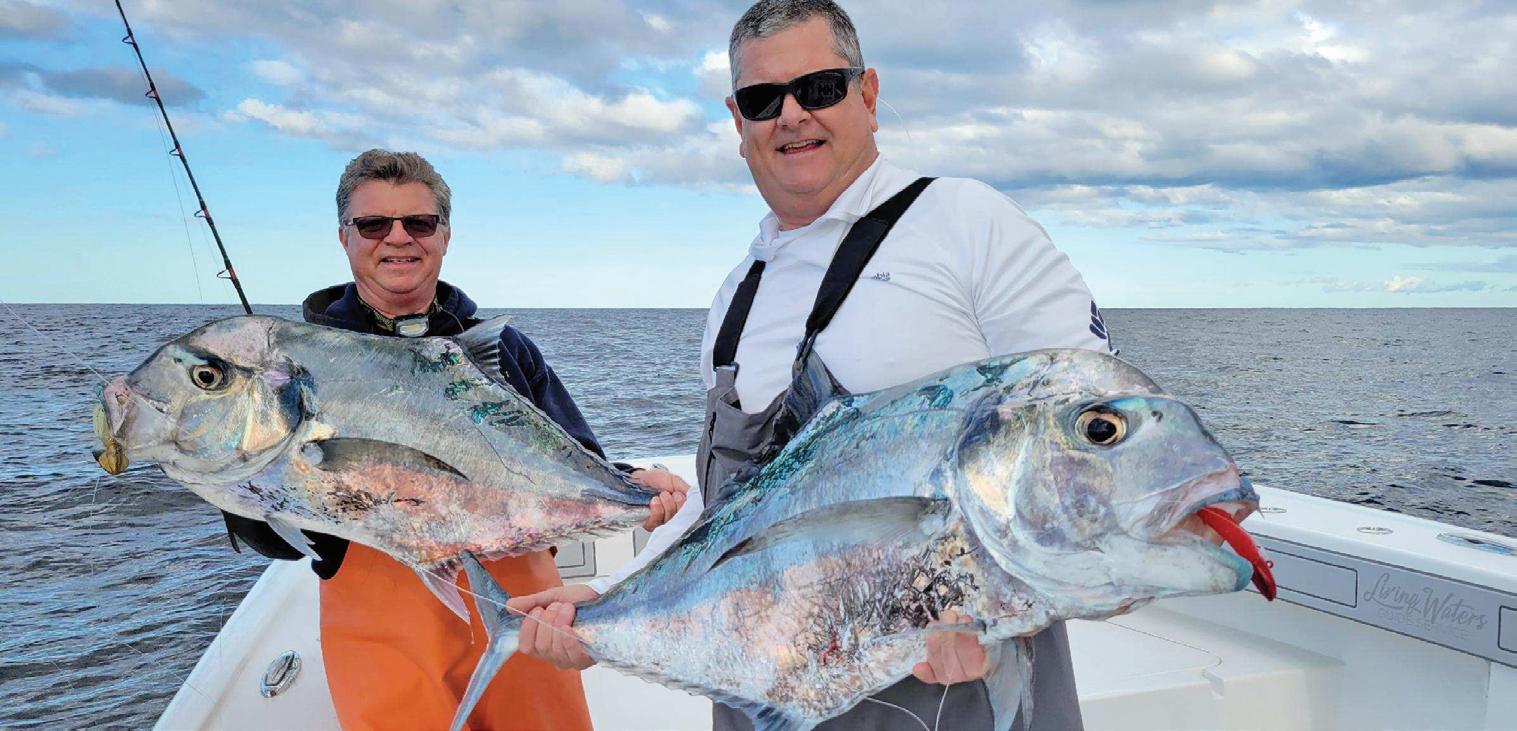
“African pompano are very close to the bottom,” he said. “We drop that squid down to the bottom and pull it up just a few feet. Sometimes you can just set it in the rod holder and wait for it to get slammed. Sometimes you might want to give some action, but don’t overdo it. Squid are their primary food source. When they see it, they’re not shopping… they’re buying.”
Barefoot uses 40-pound braid to an 80-pound uorocarbon leader. He ties on his jig with a loop knot. e thing about squid is sh always attack them from behind to disable their beak. Barefoot said sh take the squid jig deep, and the result is a solid hook set in the mouth.
Find Capt. Rick Croson at livingwatersoutdoor.com and check out the Squid Decoy Jig at barefootcatsandtackle.com.
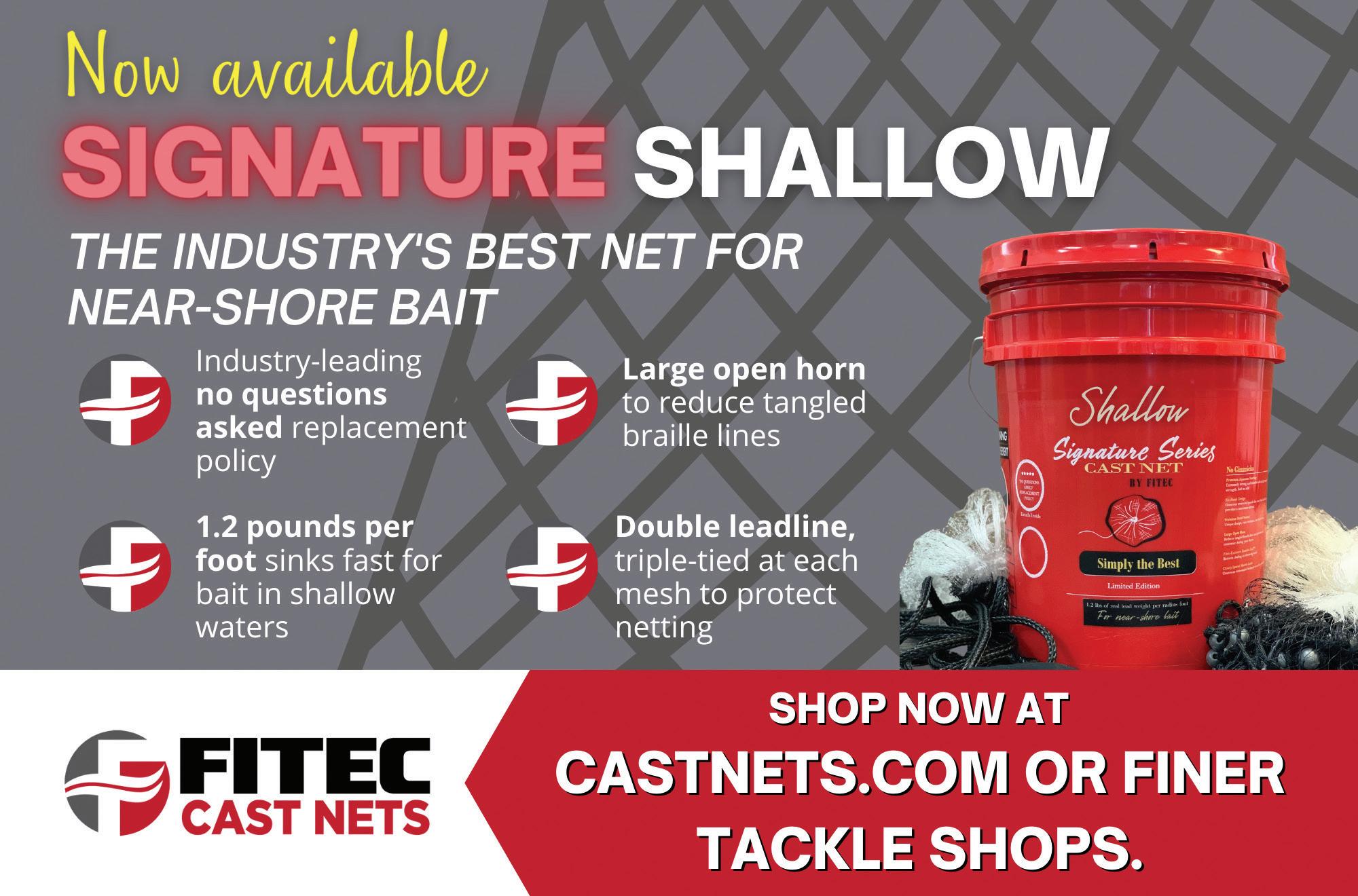
With big trout on my mind, I hooked up the boat and headed to deep south Texas. An approaching cold front was going to shorten my trip to a single day, but I felt con dent it would be worth the 5-hour drive. As the cold front swept across north Texas, my anticipation was high as I headed south to warmer temperatures and extra hours before the frigid air and high-powered north wind turned a nice winter’s day into artic conditions. e morning greeted me with calm winds and dense fog, which is not typical south Texas

weather 14 hours prior to the strongest cold front of the year. e norm is 25 knots from the south or southeast with a storm of this magnitude on the doorstep.
I headed to my pre-determined location at a safe speed considering the conditions. I was in no hurry, as the prime bite was not until 10 a.m. e forecast was sunny, calm and 70 degrees for the day, followed by north at 35 knots and a low of 28 the next morning. I was certain the approaching weather would have the bite red up, and it did not disappoint. e sh didn’t feed on everything
I tied on, but once I homed in on what they wanted it was nonstop!
I pulled up to a favorite cove, positioned the boat well outside the prime area and quietly slipped into air-clear, knee-deep water of the grass at. I had a 5-inch paddletail ready at the end of my rod. A er covering the prime area with only one follow by a small red, it was time to change. I downsized to a 3.25-inch paddletail with a light purple back and a pearl belly. As I looked up a er rigging my lure, I spotted a huge trout about 5 yards in front of me. She was there for several seconds and then slowly disappeared. I knew she was aware of my presence even though she didn’t spook, and I didn’t have high hopes of catching her, but I did try. I was excited knowing my plan had me in the area of the trophy-size trout I was targeting.
I noticed nervous mullet about 40 yards away and slowly made my way in that direction. It was nonstop action on reds in the 26-inch range, and I caught one 3-pound trout. ese sh were a little deeper in thigh-deep, crystal-clear water over grass and potholes.
roughout the day, I tossed three sizes of similar body-style paddletails, all with built-in tail rattles. e smallest, a 3.25-inch lure, was the only one that caught sh. I used three di erent colors, so it was only the size that mattered on this day under pre-front conditions. Although I did not land the big trout I was targeting, I am satis ed that I was in the right place and will go back soon.
Capt. Michael Okruhlik is the inventor of Knockin Tail Lures®, and the owner of www.MyCoastOutdoors.com.

Some years ago, my girlfriend and I visited the Southwest town of Sedona. It’s a wonderful place. While jewelry stores, art galleries and upscale boutiques have crept into Sedona’s downtown, the air still maintains an electric charge. In one of these Sedona stores I acquired a Bowie knife that soon proved well worth the sticker price.
Disappearing into the stunning red rock formations that Sedona is known for, my girlfriend and I set out to hike Bell Rock, a butte just south of that famous desert town. We couldn’t have been happier.
Our happiness didn’t last long. Before we knew it, we stumbled upon a rather nasty diamondback rattlesnake. Acting quickly, I pulled my Bowie knife out of its holster and gave Mr. Snake a quick shave. We were lucky. Not only did my skill with a knife ensure our safety, but I had the makings for a new rattlesnake belt.
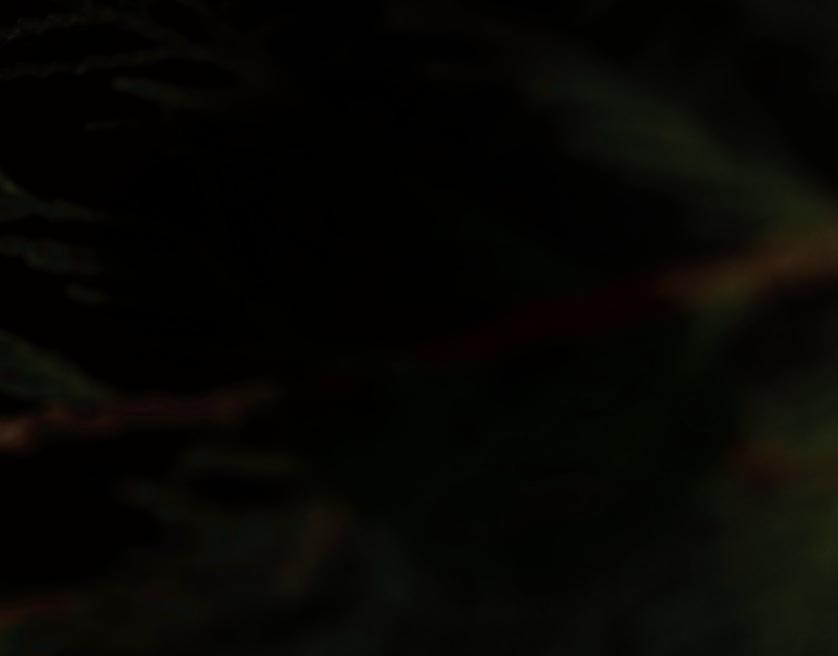
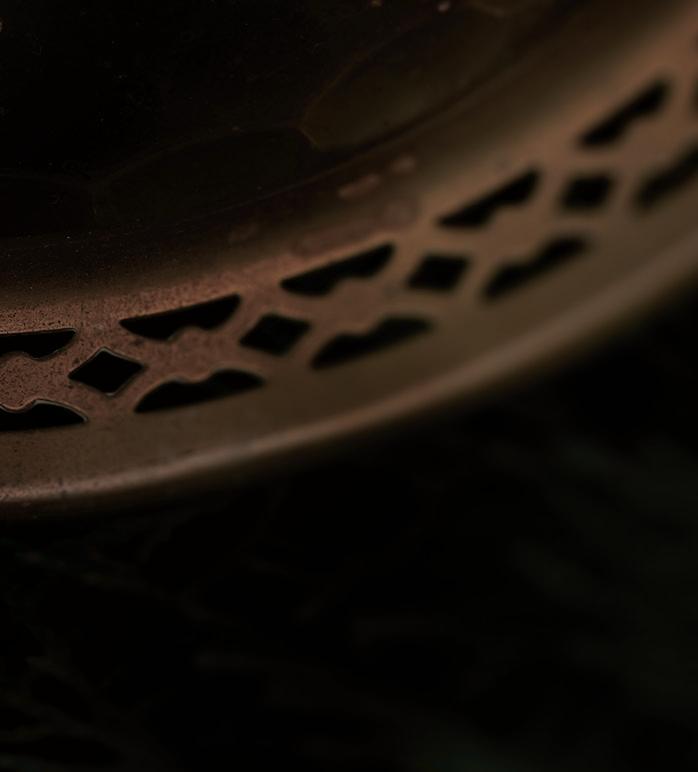

The next time something slithers too close, make sure you’re prepared with the Diamondback Bowie Knife. This 12" knife comes with a high quality 420 surgical grade stainless steel blade. The handle is made of genuine natural bone that’s been hand carved in the pattern of a diamondback. Completed with brass handguards, spacers and end cap and accessorized with a genuine leather tooled sheath, this is one blade a mamba won’t want to mambo with.

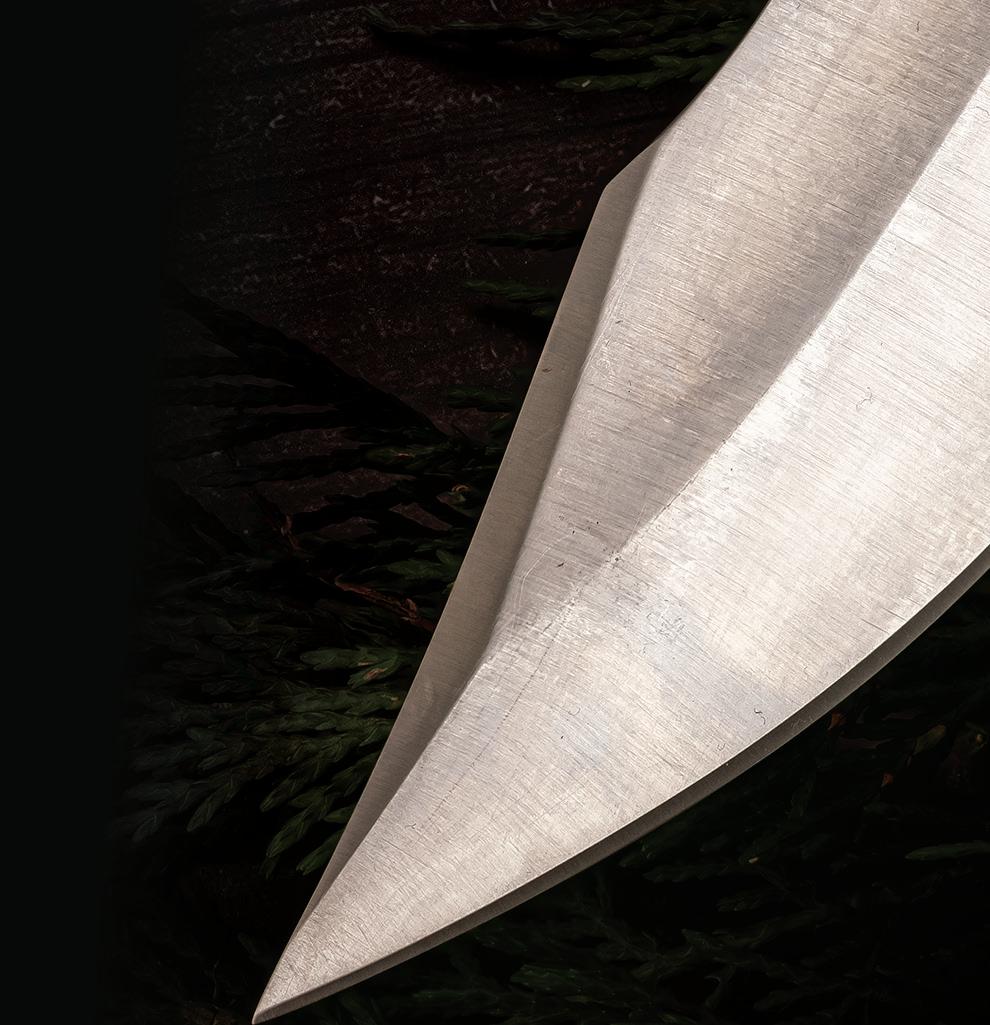



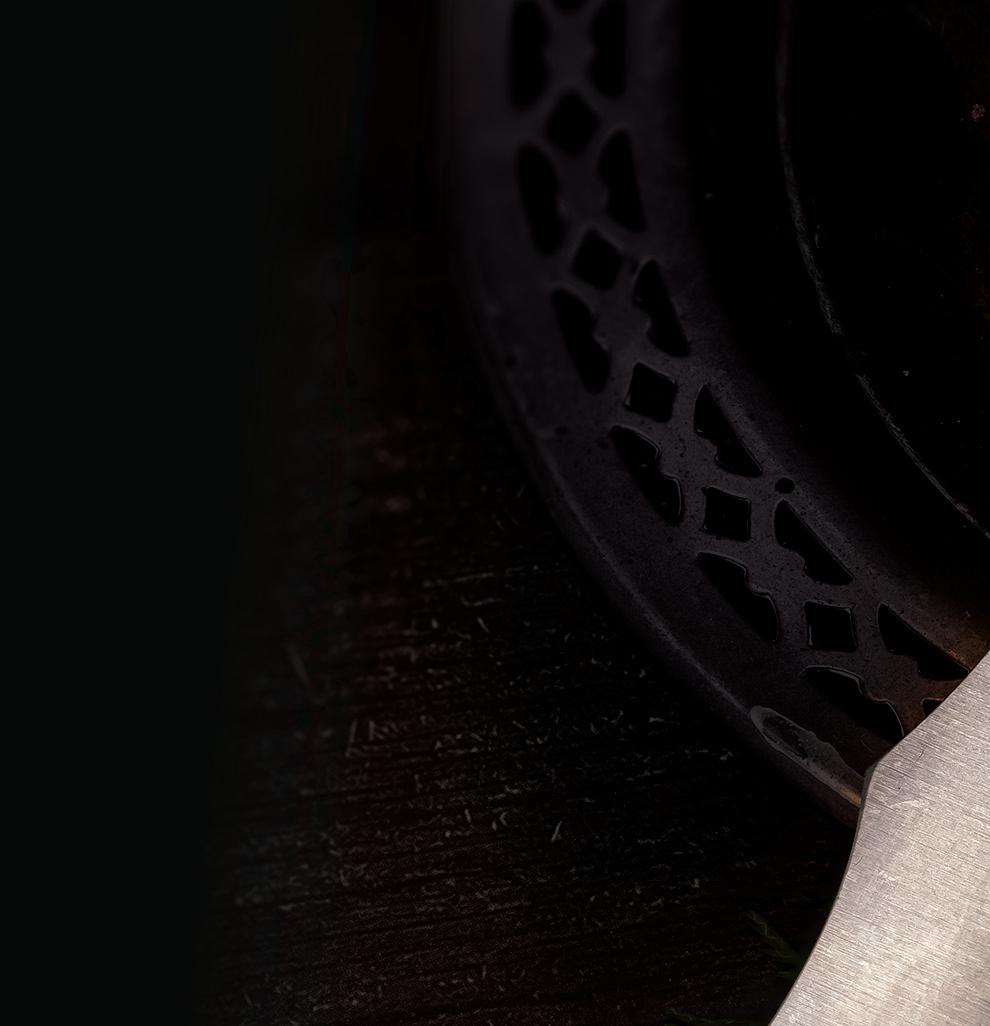
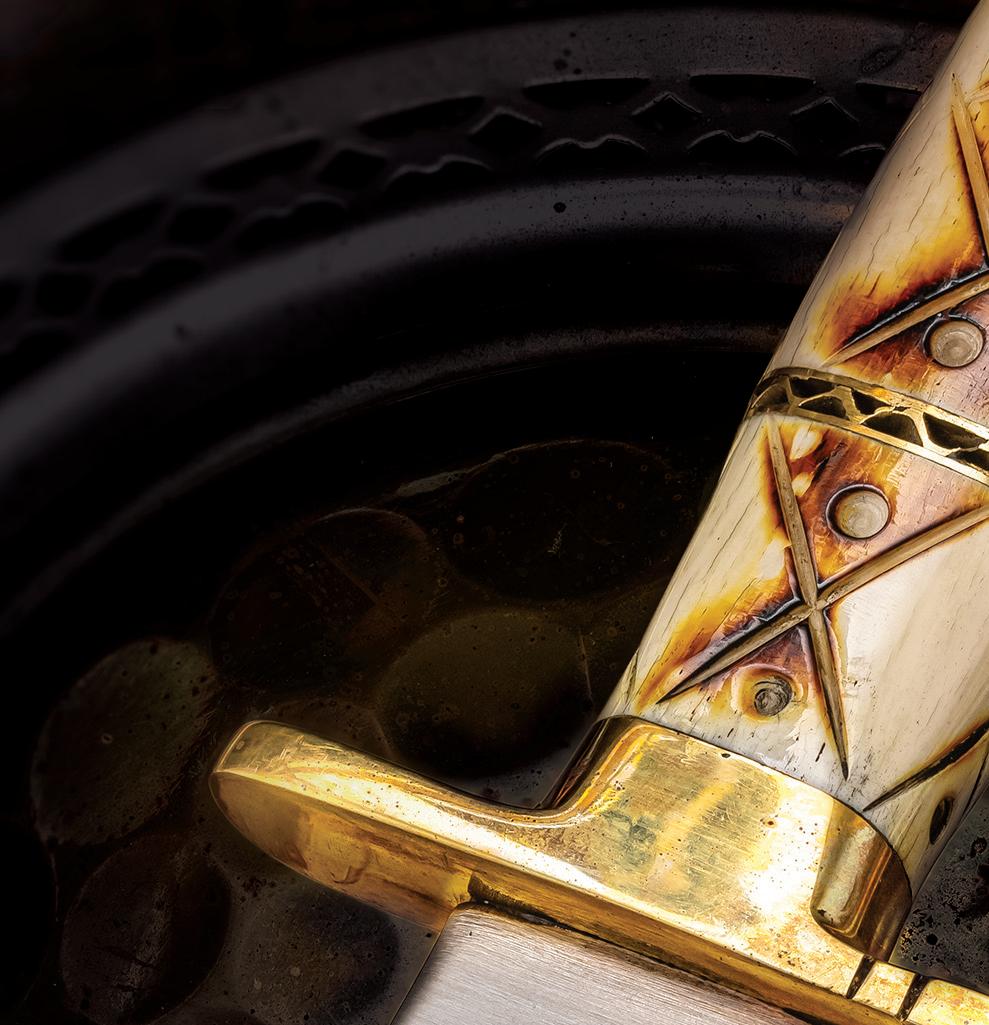

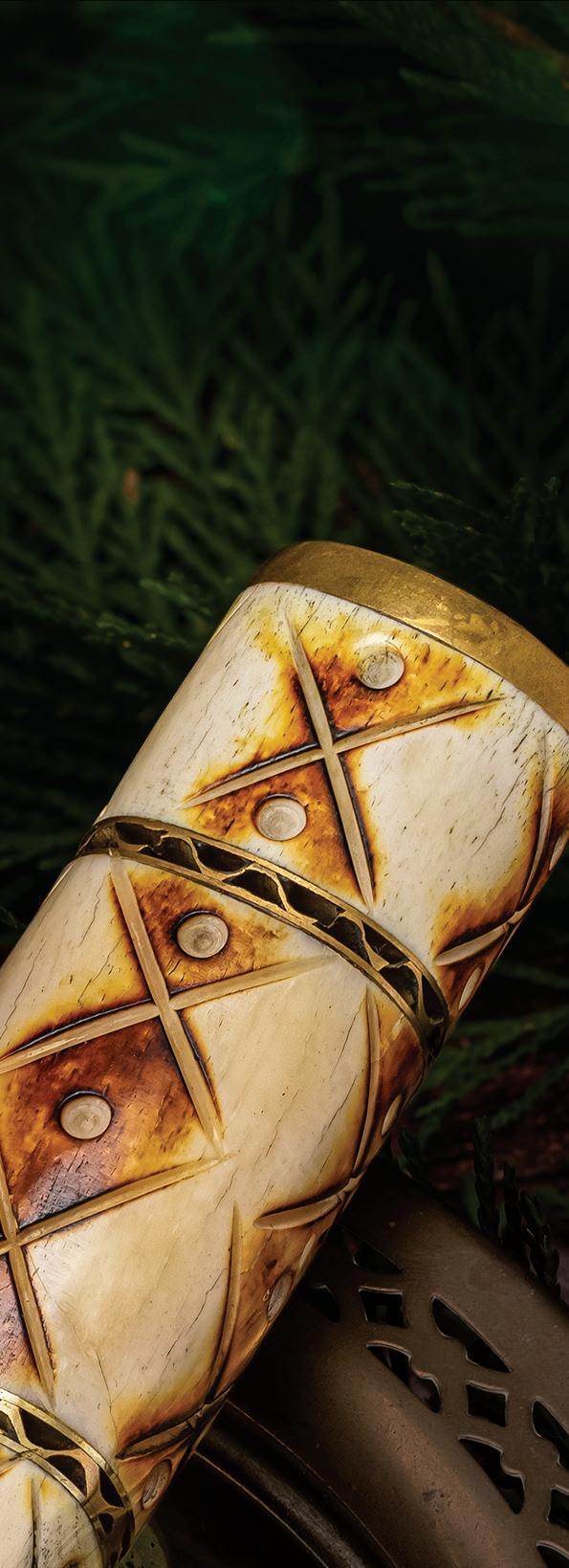
What’s more, while supplies last, we’ll include a pair of $99 8x21 power compact binoculars FREE when you purchase the Diamondback Bowie Knife. Simply put, this offer is an incredible bang for your buck. Act now: We only have 271 knives left for this ad! For your next adventure, don’t rely on some wimpy pocketknife to protect you from danger. Get the Diamondback Bowie Knife and come away with a story instead of becoming a snack.
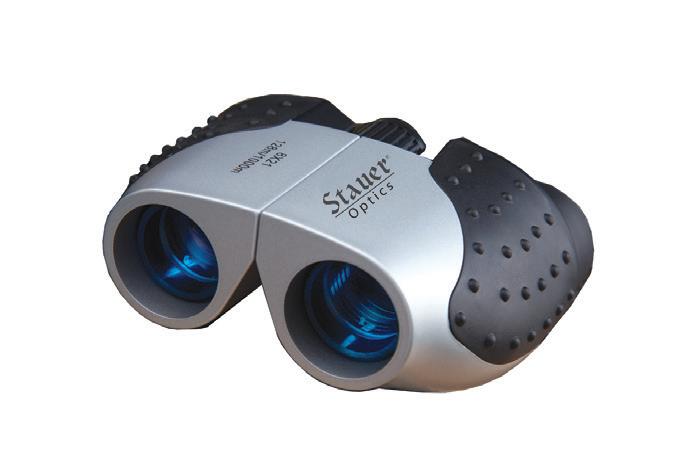
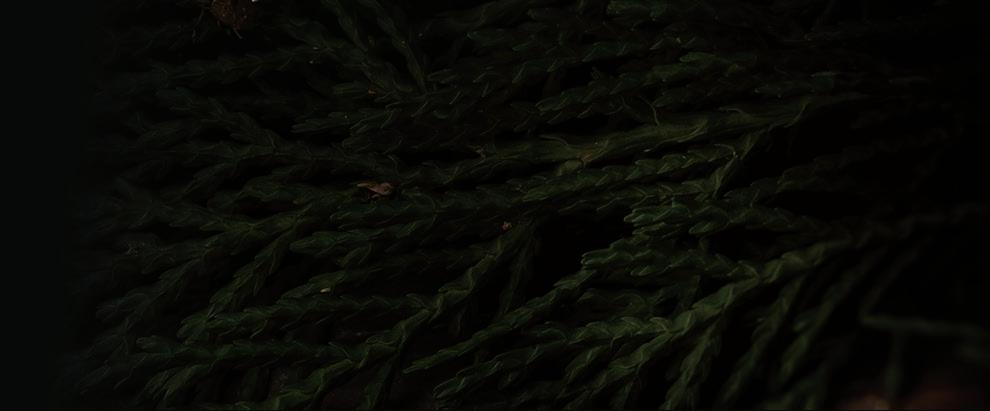
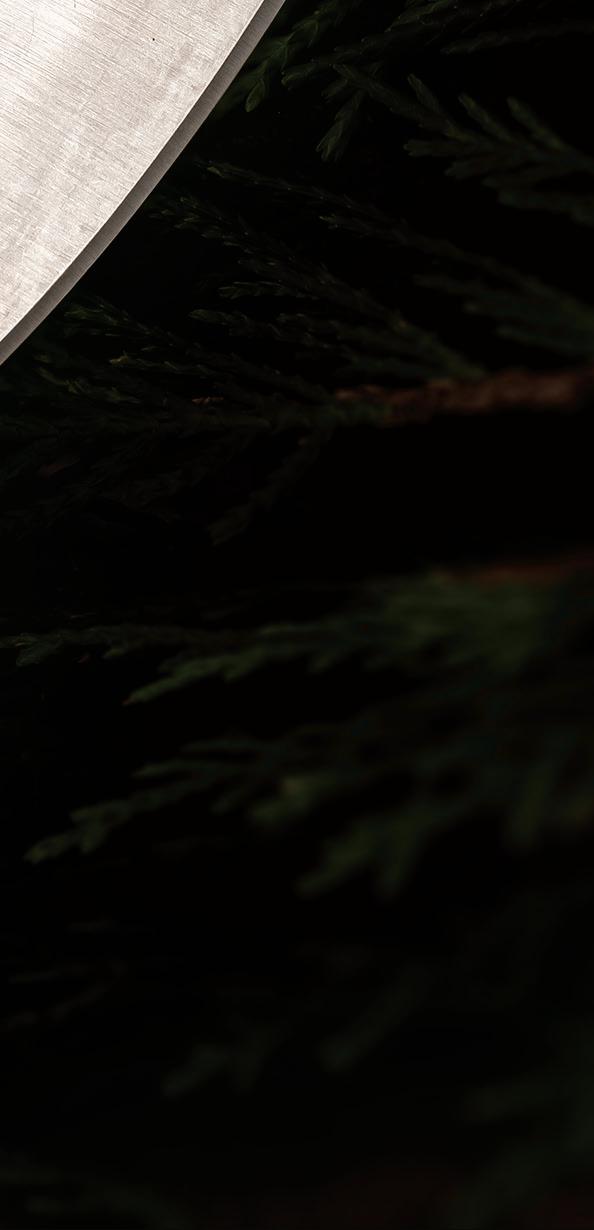
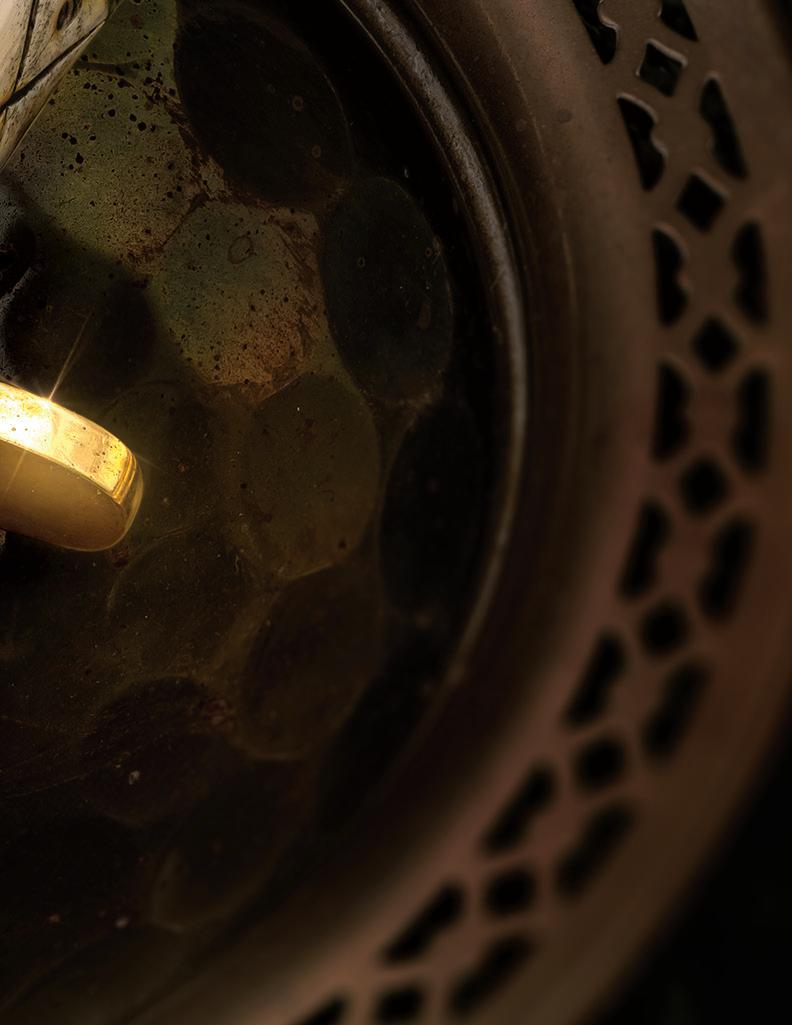
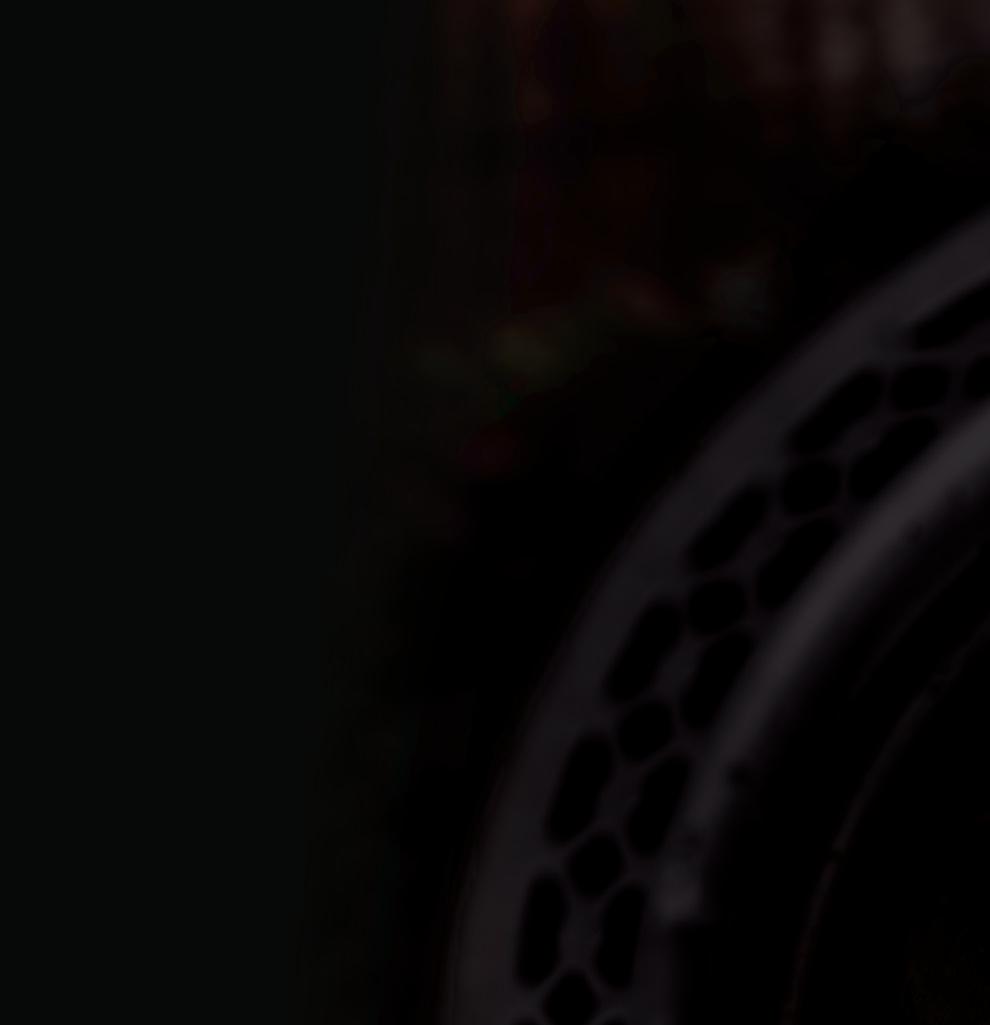
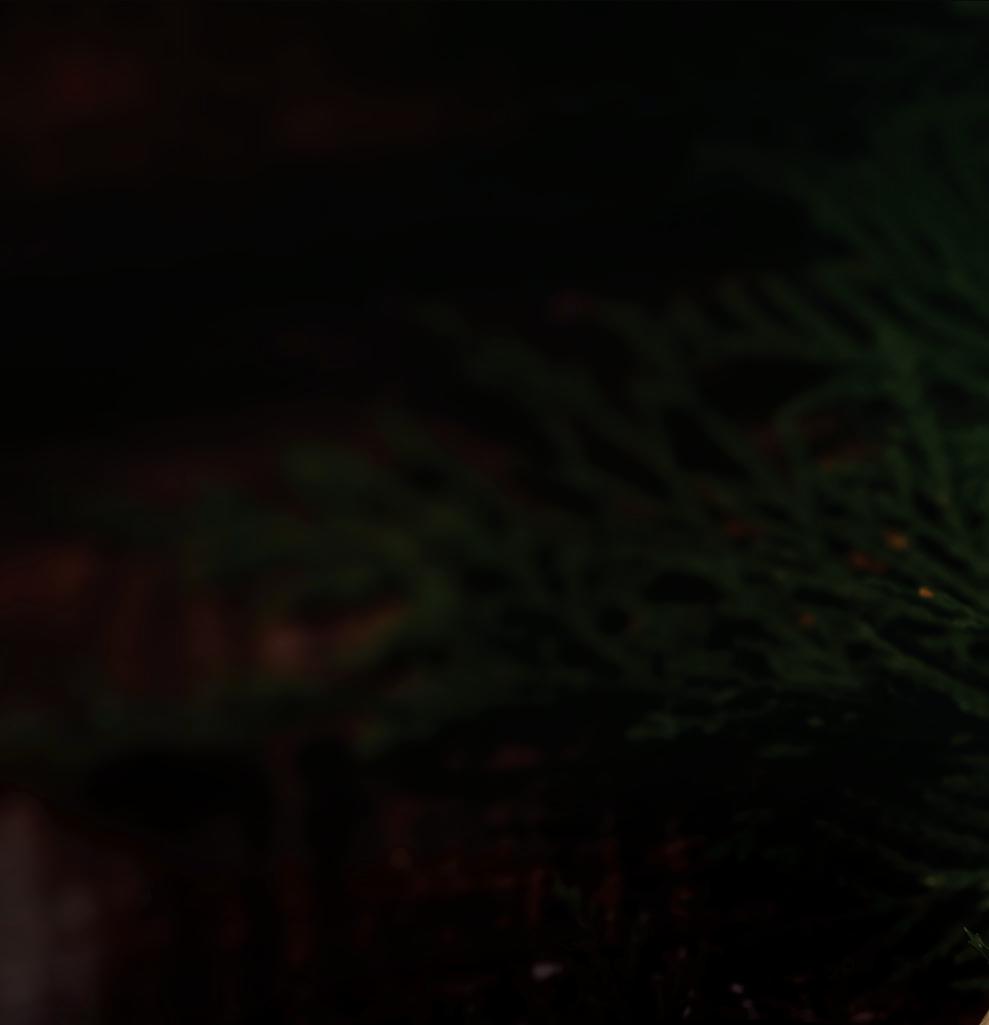

Asingle-handed y rod, which you might refer to as a “normal” y rod, is the tool of choice for most anglers seeking trout or other species on our inland rivers. But I’m here to tell you there’s a revolution building steam. Don’t be surprised when someone on your local river shows up wielding a two-handed spey rod. ese long rods are gaining popularity because they o er certain advantages.
For centuries, two-handed spey gear has been used only in pursuit of big anadromous sh such as salmon or steelhead on the huge coastal rivers of many continents. However, in the last decade or so, micro or trout spey rods have found their way into the hands of anglers. is smaller trout-sized spey gear opens the door for shing areas and for species that inhabit some of our beloved rivers and mediumsized streams.
If it lives in moving water, it can be caught with spey gear. Trout, of course, are the main quarry, but other sh such as smallmouth, spotted bass, largemouth, white bass and stripers are also fair game. Smaller-sized spey rods in 4-, 3-, or even 2-weight sizes are extremely e ective tools for reaching sh in big water with dicey wading areas.
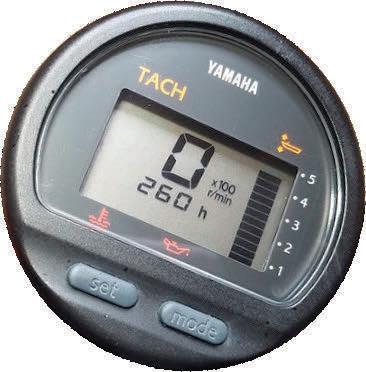
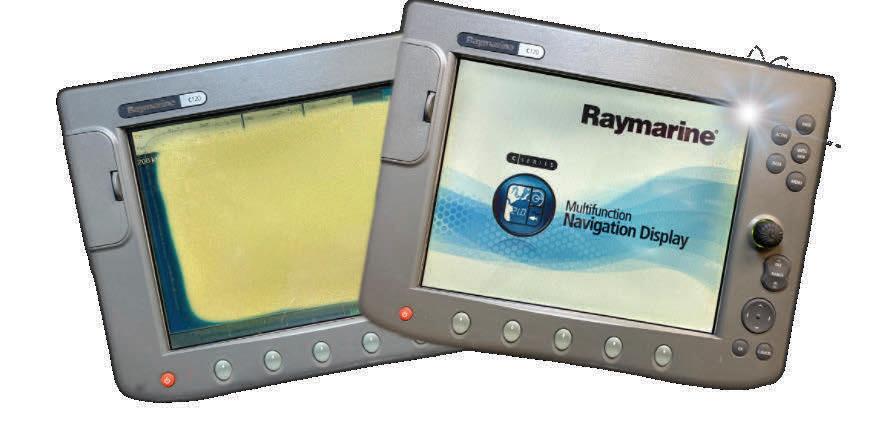
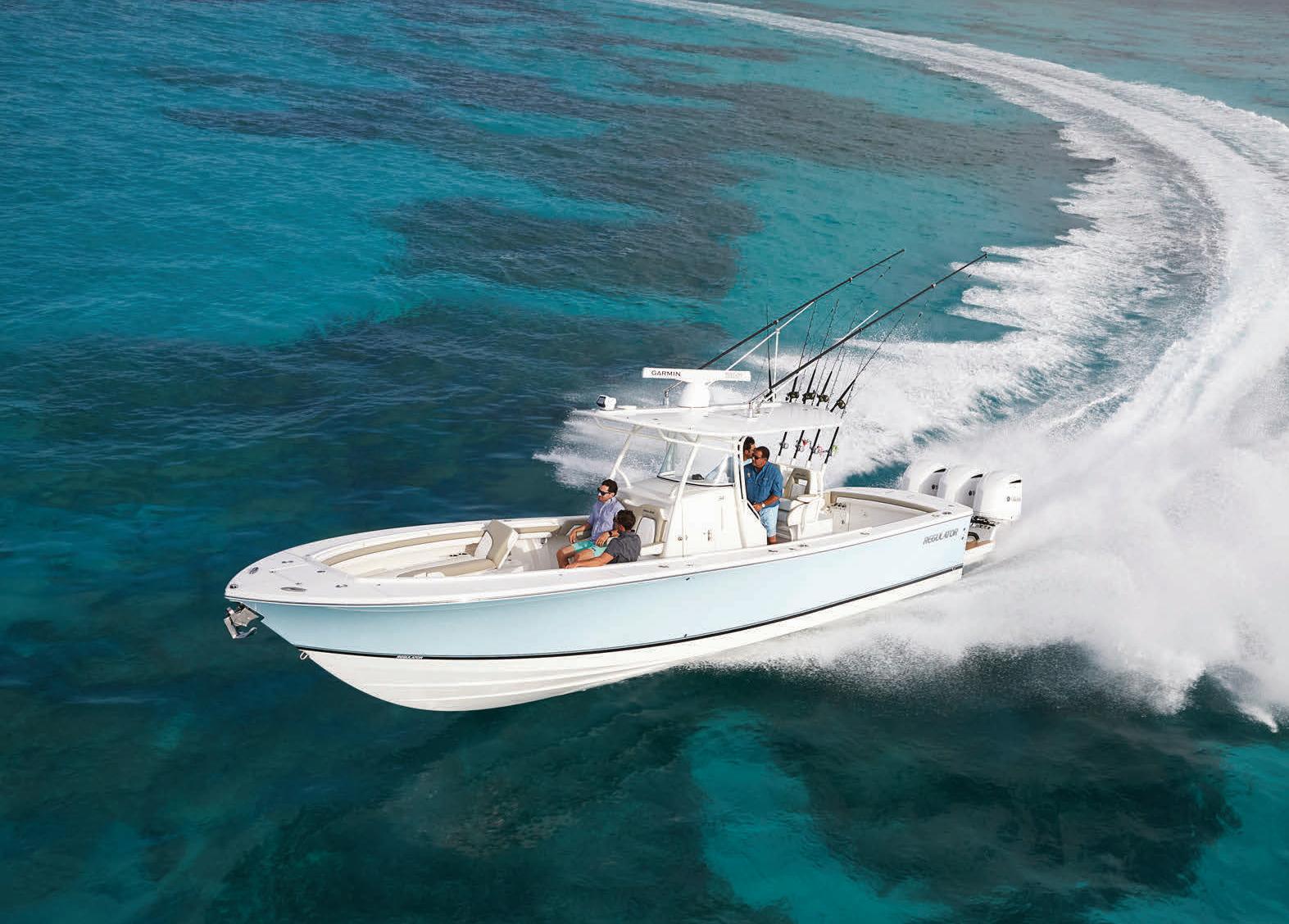
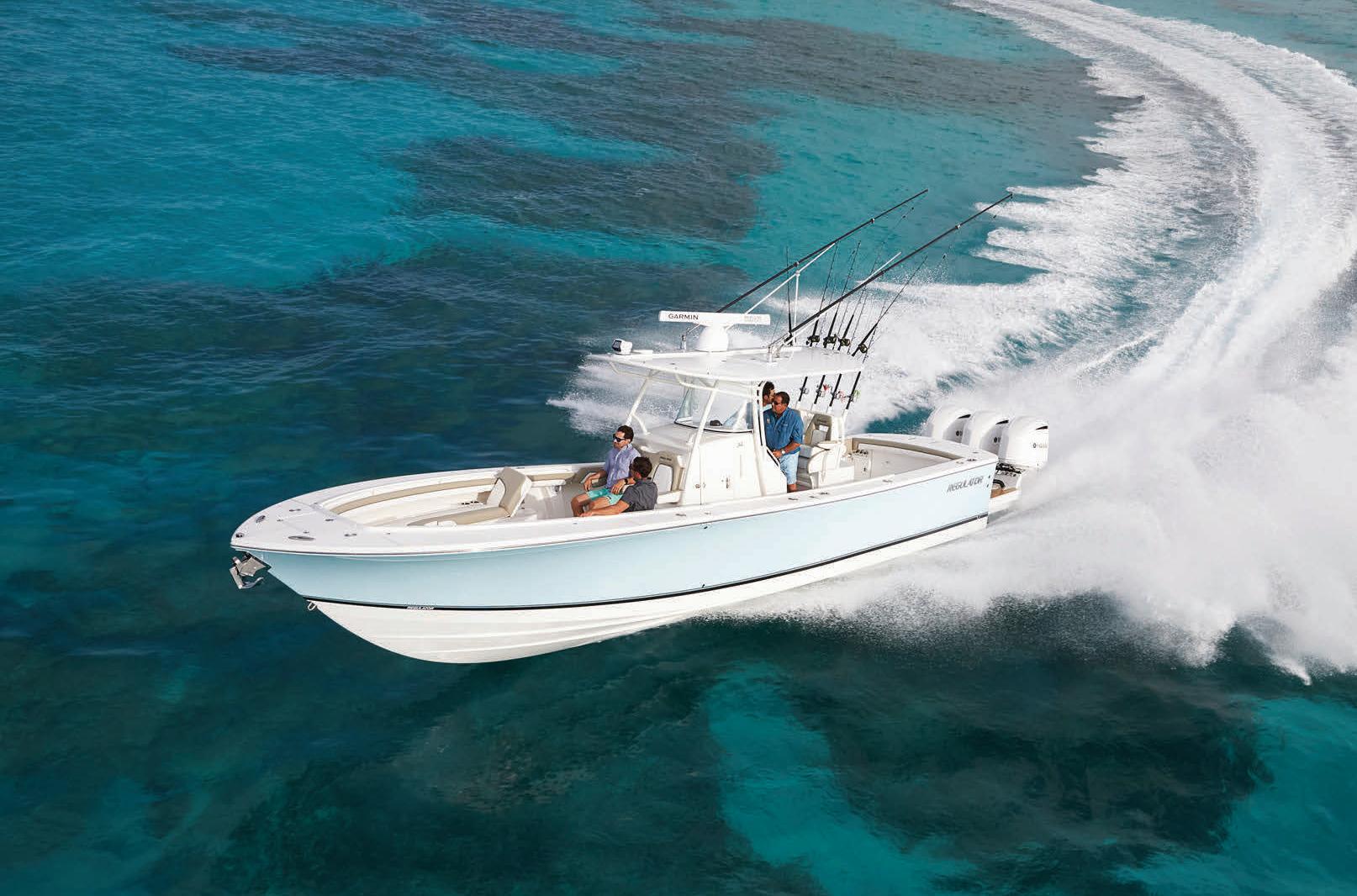

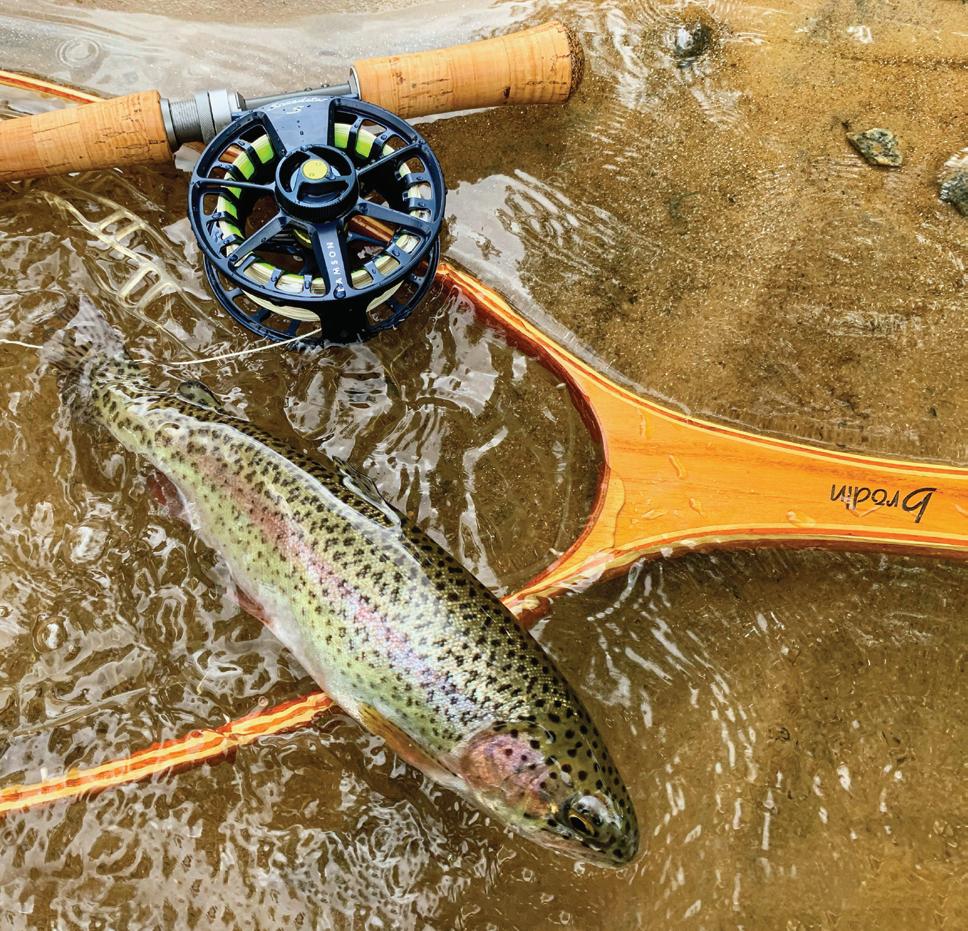
Besides being loads of fun to sh and cast, a spey rod is designed to launch ies into the next county with little or no back-cast room available. Most troutsized spey rods are less than 12 feet long, with longer rods up to 16 feet reserved for big steelhead or salmon. A 2-weight spey rod is similar to casting a 4- or 5-weight single-hand y rod. A 3-weight spey rod can handle ies in sizes that a 5- or 6-weight single-hand can cast, and so on.
Here’s the main advantage of two-handed gear: Easy casts of 70 or more

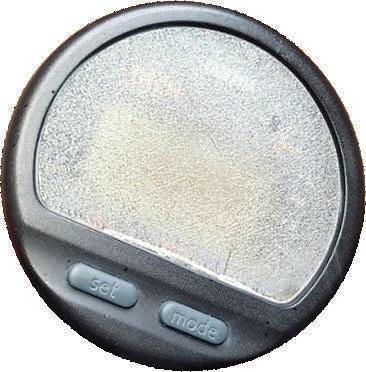














feet can be launched from positions that are impossible with a single-hand y rod. Right now, the wheels in your head should be turning about places on your home river you have always wanted to run a y through but couldn’t reach.
Fishing is done down and across current to carefully swing ies through likely runs or holes, and the angler waits for the electric jolt of a trout or bass. Flies imitating bait sh, emerging insects, and even brightly colored Atlantic salmon or steelhead ies in smaller sizes are readily taken by sh. A well-tied y sweeping in front of a predator can draw a hunger reaction or a re ex strike in almost any condition.
Casting and shing micro spey gear is extremely fun and e ective. I hope you will join the trout spey revolution!


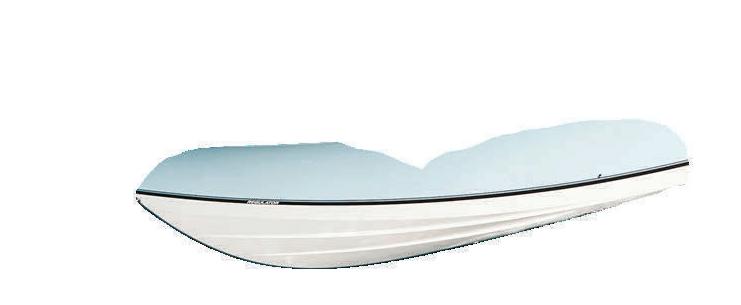

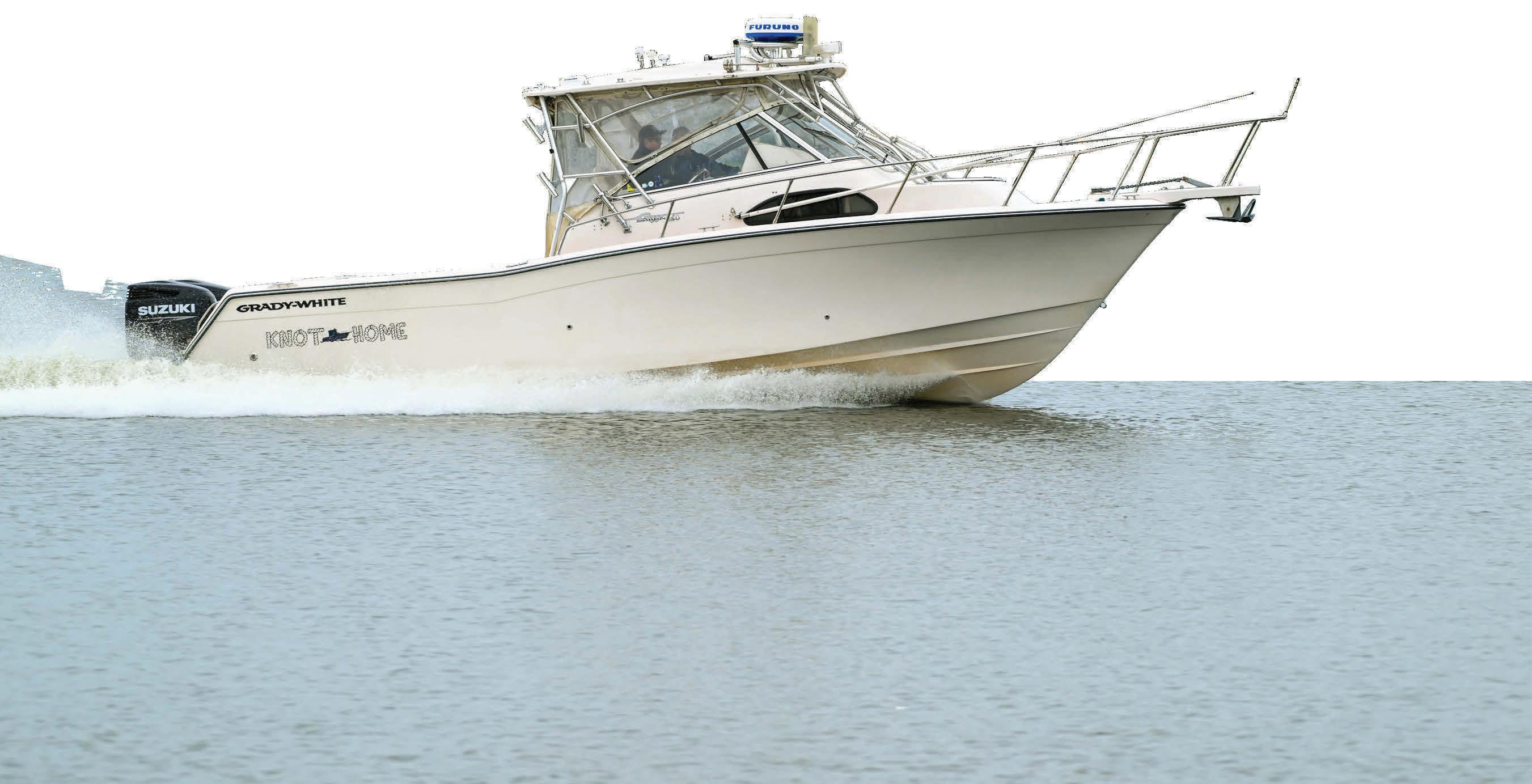








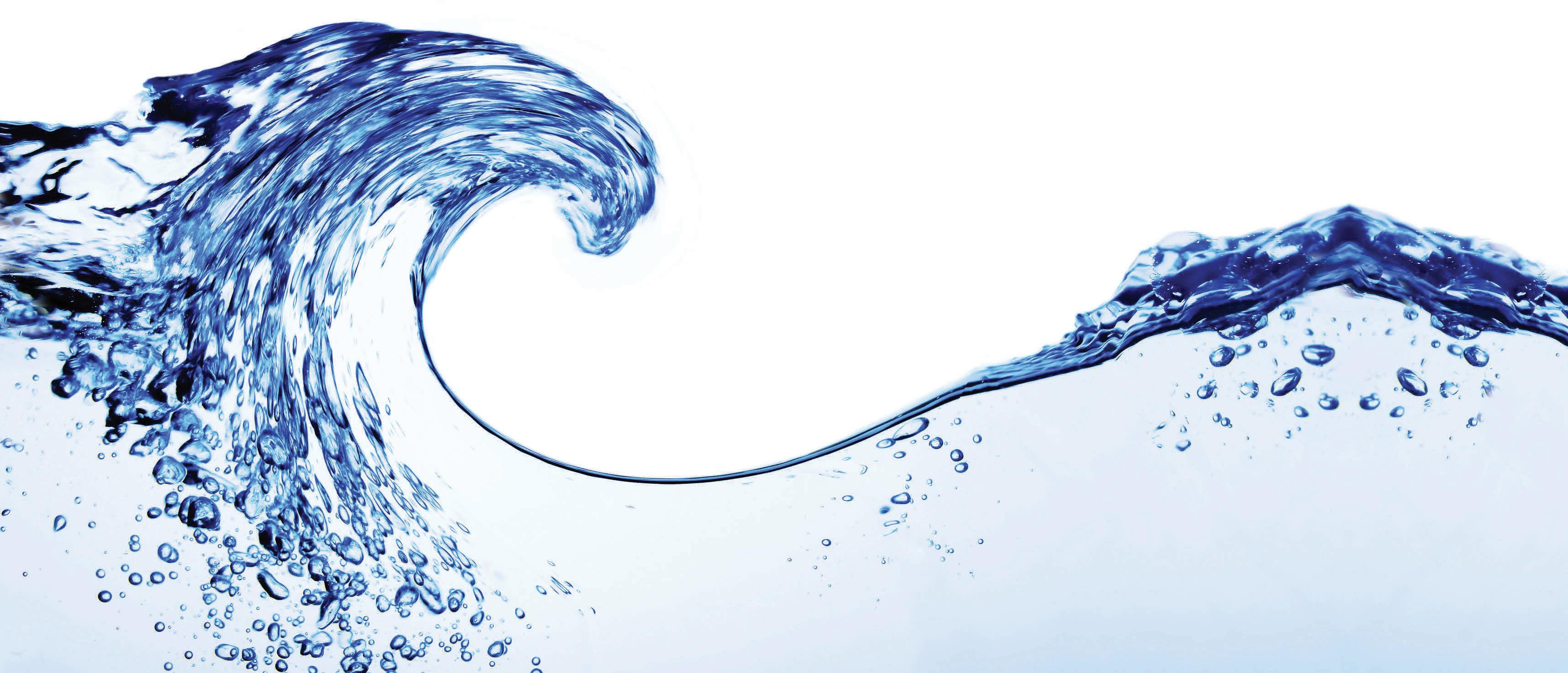









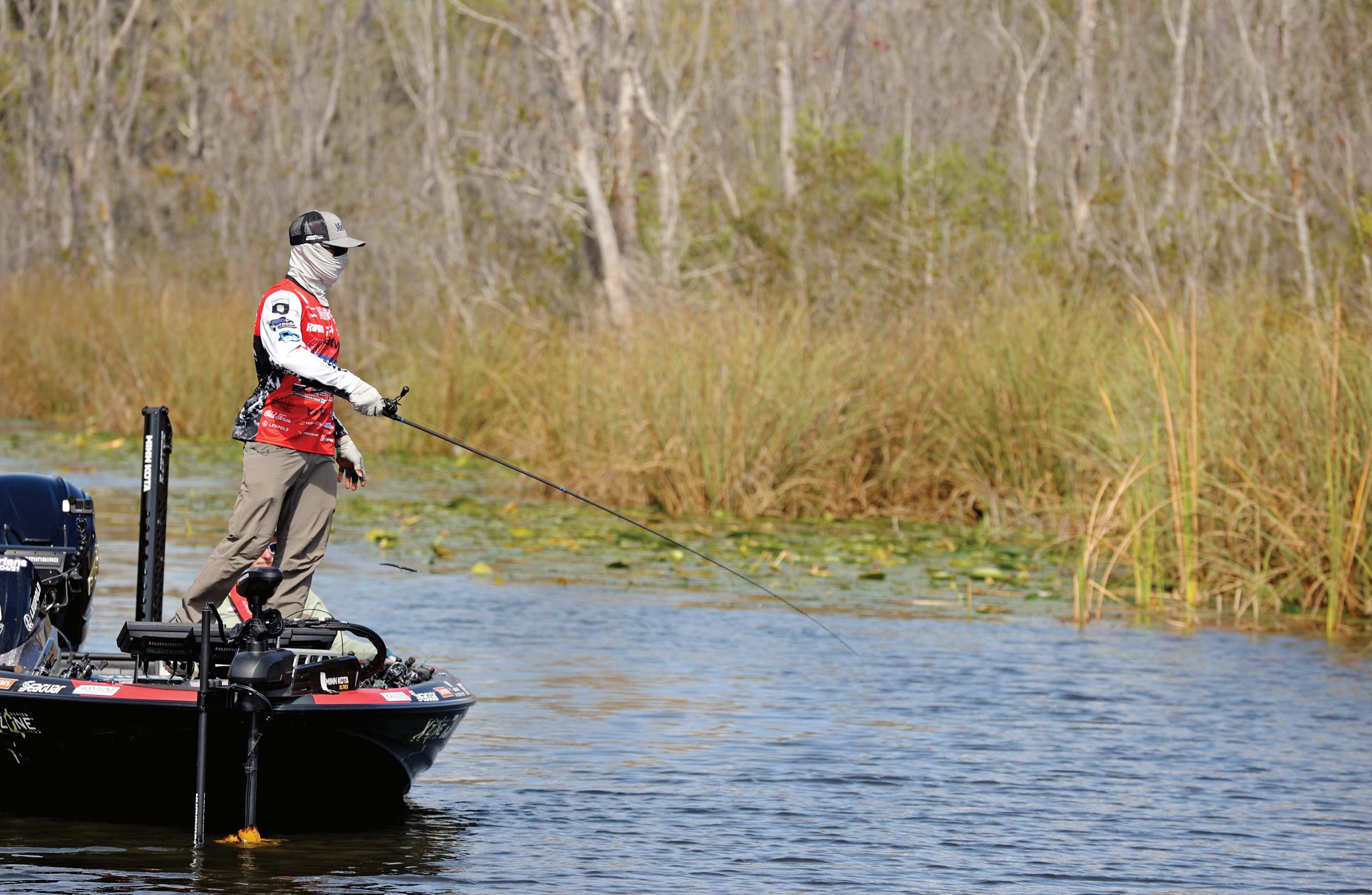



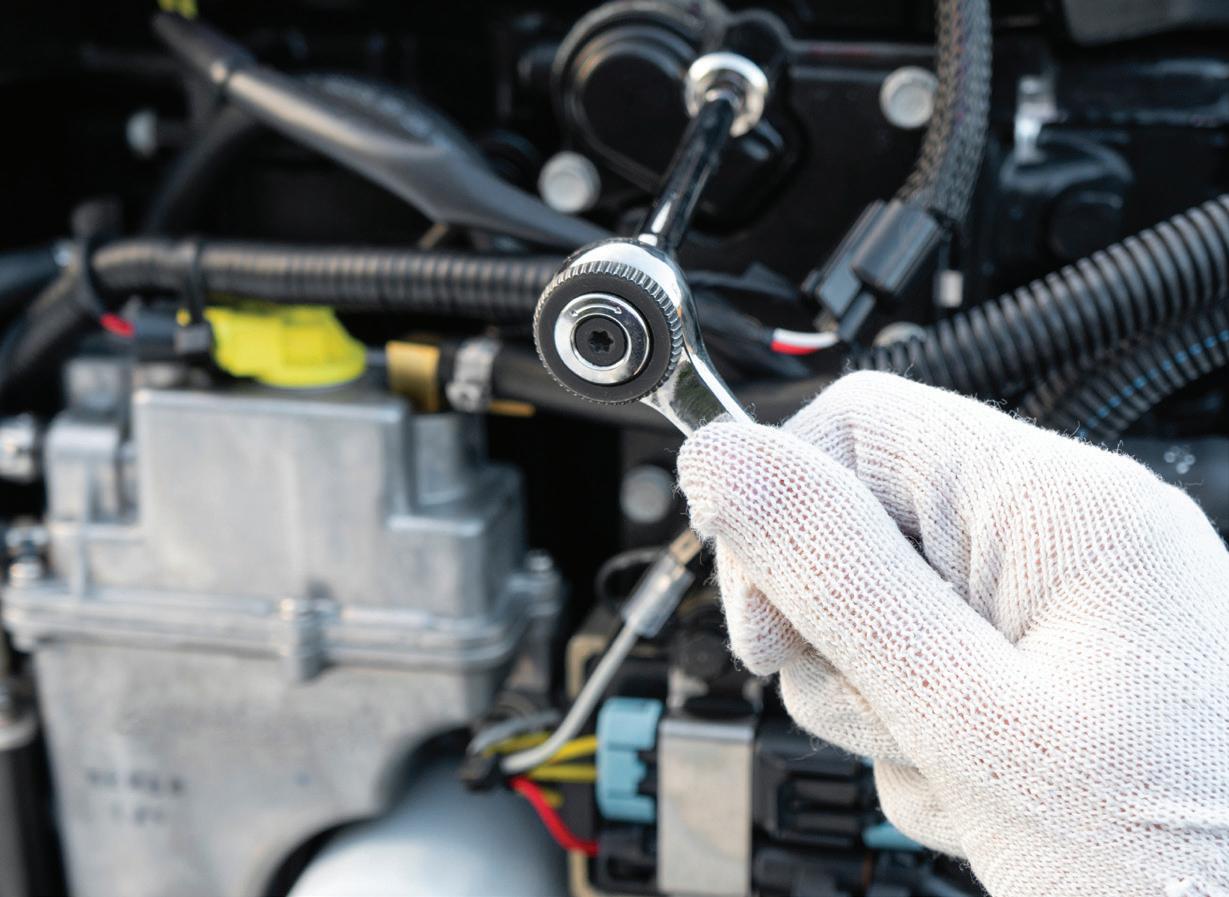 By CAM Sta
By CAM Sta

The Bassmaster Elite Series opens its 2023 season Feb. 16-19 with a stop at Lake Okeechobee. It’s the rst time since 2017 that B.A.S.S.’s top pros have competed at the “Big O,” and depending on the weather, most pundits are predicting heavy sacks from some of the world’s best bass anglers.
Last time Elite Series anglers descended on Florida’s largest lake in 2017, they also shed in late February. A monster 9-pounder turned heads as the big sh of the tournament. Alabama pro Tim Horton topped the eld with a four-day total of 83 pounds, 5 ounces. at’s a better-than 20-pounds-per-day average, which is strong for any shery, but it’s not as good as it gets for this historic big-bass factory.
Back in December, locals Jerod Boltz and Jon Bowman secured the 2022 Roland Martin Marine Center Series Championship with an awesome, nearly 30-pound nal day on Dec. 11. eir big sh of the day was an 8.15-pound Okeechobee giant. ey caught most of their sh on chatterbaits, an Okeechobee favorite, and spent some time shing speed worms and ipping cattails.
With two months separating the Roland Martin event from the Elite Series event, there’s no doubt some things will change, but Florida’s mild winters mean some things will likely remain the same. Okeechobee is typically primed for big sh in the month of February, and there might be some bed shing going on. “Big O” bass will likely be up shallow in all stages of the spawn.
As with any shery, weather patterns have a way of ruining the best laid plans. February fronts from the north are notorious for shutting down hot Florida bass bites in a hurry. Last February, Coastal Angler contributor Capt. Angie Douthit reported consistent action with spinnerbaits, worms and chatterbaits, and said they were also catching sh ipping and pitching.
For more information, go to www.bassmaster.com.


Technical schools charge tens-of-thousands in tuition. With the Mastry Suzuki RePower TTP (Technician Training Program), you will work with and learn from factory certified technicians and participating in the Suzuki on-line training course all while earning an hourly wage. After completing the Suzuki on-line training course and earning your Suzuki Certification you will be eligible for the Mastry Suzuki RePower Tenured Technicians Bonus Program.



Suzuki RePower Tenured Technicians $1-Grand-A-Month

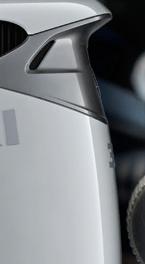






After joining a Mastry Suzuki RePower Center as a certified technician, every month you will accrue $1,000 in bonus opportunity. After one full year of service you will be tenured and eligible to receive all 12 months of accrued bonuses, or $12,000. As a Mastry Suzuki RePower Tenured Technician along with your regular pay, each month you will be eligible for a $1,000 additional bonus.




At every Mastry Suzuki RePower Center, Certified Technicians are held in the highest regard. Join a passionate team of professionals with the common goal of excellence through constant improvement. With 12 locations across Florida there is a Mastry Suzuki RePower Center near you that wants to appreciate you and your abilities.

Mastry Engine Center
Clearwater, Florida 800-545-4574
Twin Screws Marine Fort Myers, Florida 239-330-3387

Innovation Marine Corp. Sarasota, Florida 941-355-7852
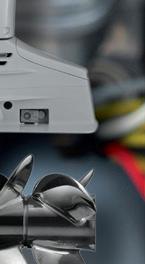



Marina One Deerfield Beach, Florida 954-421-2500
Bayfront Yacht Works Sarasota, Florida 941-349-9449
On Site Marine Ruskin, Florida 813-727-5403
Boat Services Group Key West, Florida 305-320-0555
McKenzie Marine St. Augustine, FL 32084 904-770-2488

Lou’s Marine, Inc. Gulf Breeze, Florida 850-932-0701
Atlantic Marine Store Hialeah, Florida 305-826-2202
Custom Marine Service Panama City, FL 850-872-9191


Oyster City Suzuki Apalachicola, Florida 850-653-8030

over to the other side of their head and they spend the rest of their lives looking up with one side of their body at on the bottom. ere are several species of ounder with overlapping ranges. Summer ounder are what northern anglers call ukes, their range in the Atlantic stretches from Nova Scotia down to Florida. Southern ounder inhabit the Atlantic coast as well as the Gulf of Mexico, while Gulf ounder can be found in the Gulf of Mexico from Florida to Texas. Southern ounder can be identi ed by their white underbelly and an absence of the ocellated spots the other two species have. ese spots resemble eyes, which are thought to trick predators. For southern ounder, males don’t grow much longer than 12 inches, while females can reach about 25 inches.
Southern ounder range from North Carolina to Texas, however, they do not migrate besides going o shore for mating and then returning inshore. While inshore, they prefer shallow muddy and grassy ats, where they hide on the bottom and ambush prey.
When the mating season rolls around in late fall and early winter, ounder migrate out of the passes. At the end of winter into early spring, all of the females and some males head back inshore.
Flounder can be caught with arti cial and live bait. Arti cial lures such as jigs, small swimbaits and spoons worked near the bottom can all produce sh. Small live bait works the best, with nger mullet being my personal favorite. Small pilchards, mojarra and mud minnows will also do the trick.
Light tackle is all that is needed to catch them. A small weight, 1-ounce, or so, with a short 12- to 16-inch sh- nder rig works best. A live shrimp on a jig head, such as a Troll Rite, jigged along the bottom can also work great and is a good way to cover more area with a live bait.
Some of the best places to nd ounder are on inlet rock piles and bridge or pier pilings. Cast upstream and work lures downstream, or let your bait dri downstream.
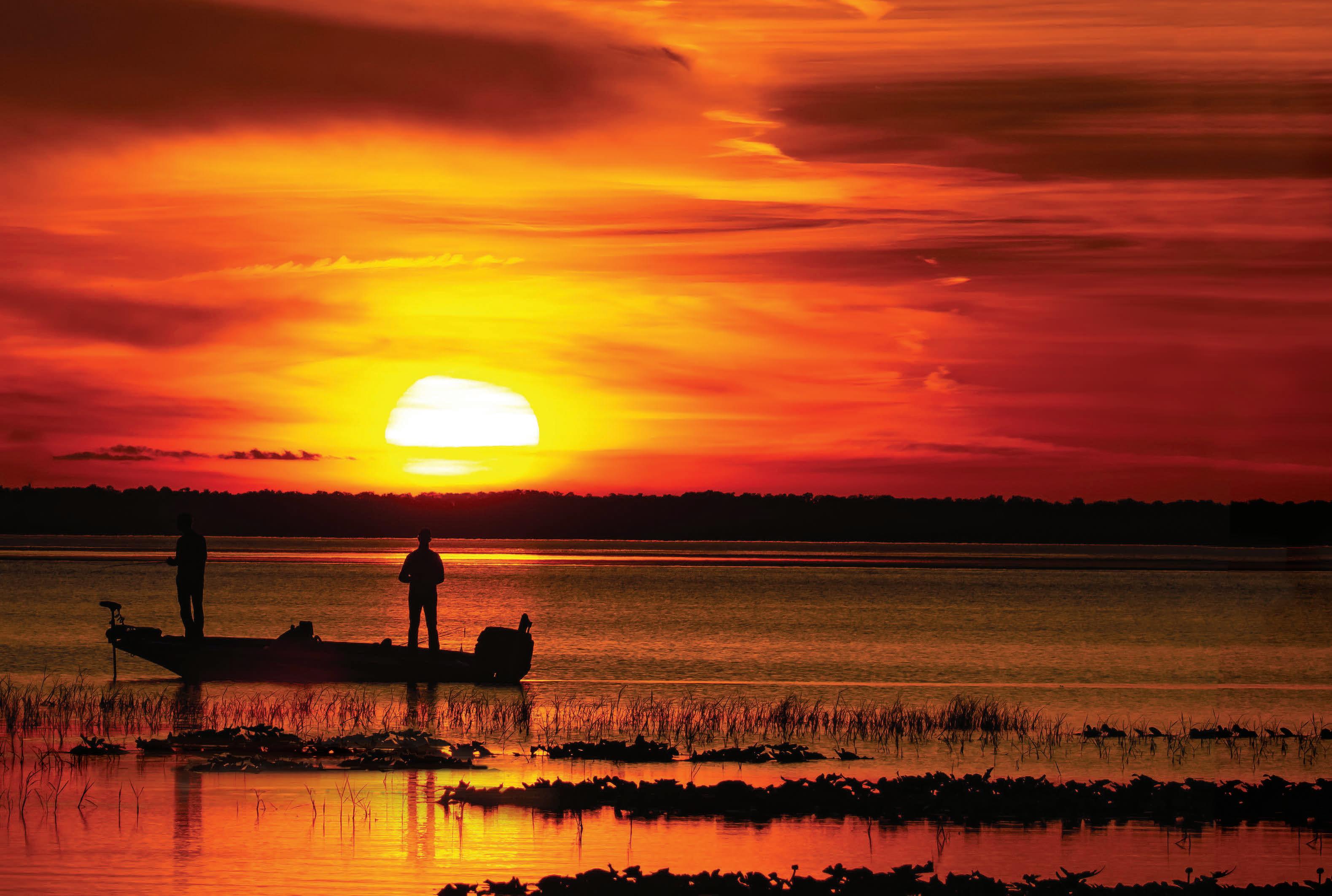
With the cold fading away, so will the ounder, but they return with spring. Many anglers believe the second cold snap is prime time, when southern ounder begin moving through the inlets. e timing varies greatly, but it can be gangbusters in the inlets if you catch it right. Even if you don’t, there will likely be some stragglers moving through.
Flounder are interesting sh. As hatchlings, they swim upright with eyes on both sides of their heads, just like most sh. As they mature, one eye moves
e IGFA all-tackle record for Southern Flounder is 20 pounds, 9 ounces. It was caught out of Nassau Sound, Fla.
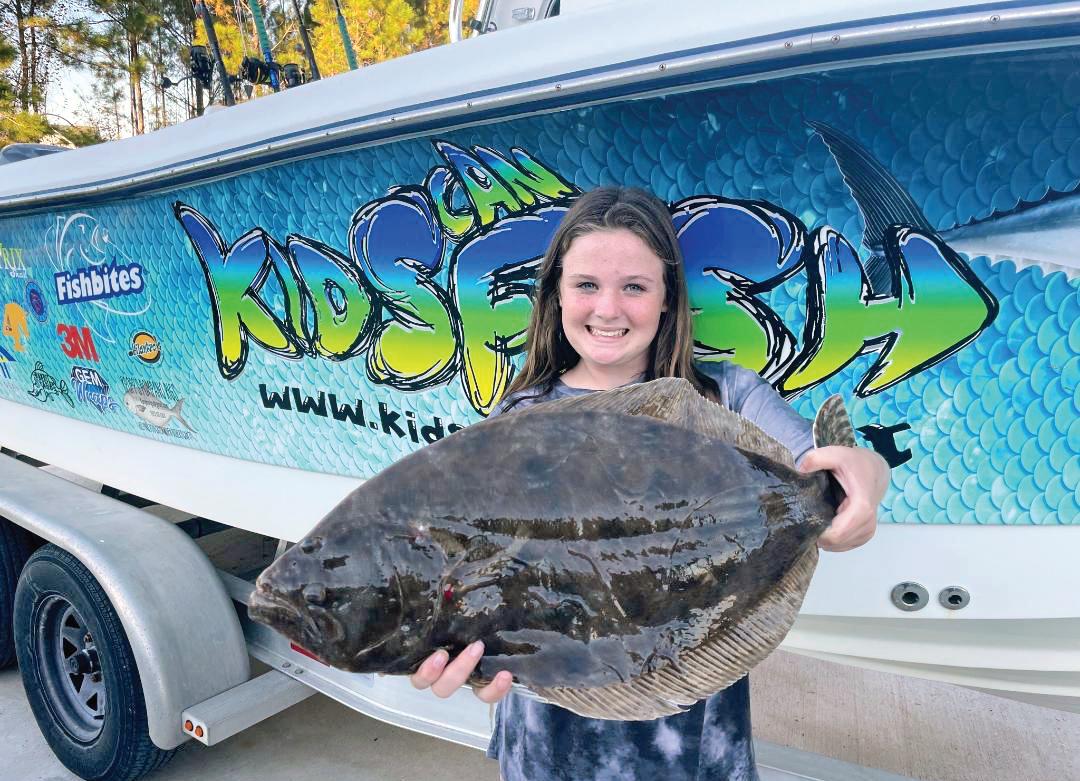
Emily Rose Hanzlik holds 56 IGFA world records in various categories. She hails from West Palm Beach, where she has a part time Bow n Guide Service as well as shing classes for Jr. Anglers. Find her on Social Media @emilyhanzlikoutdoors.
It’s 8:17 p.m. Been out on the lake for hours.
But there are more fsh in the water.
And my LBP batteries are still going strong. Maybe One More Cast . . . the offcial battery of “One More Cast...”




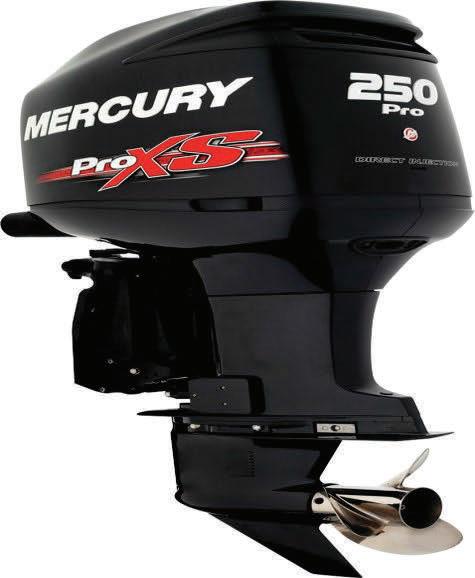
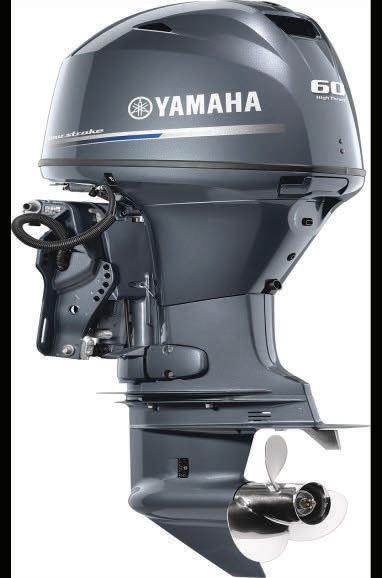

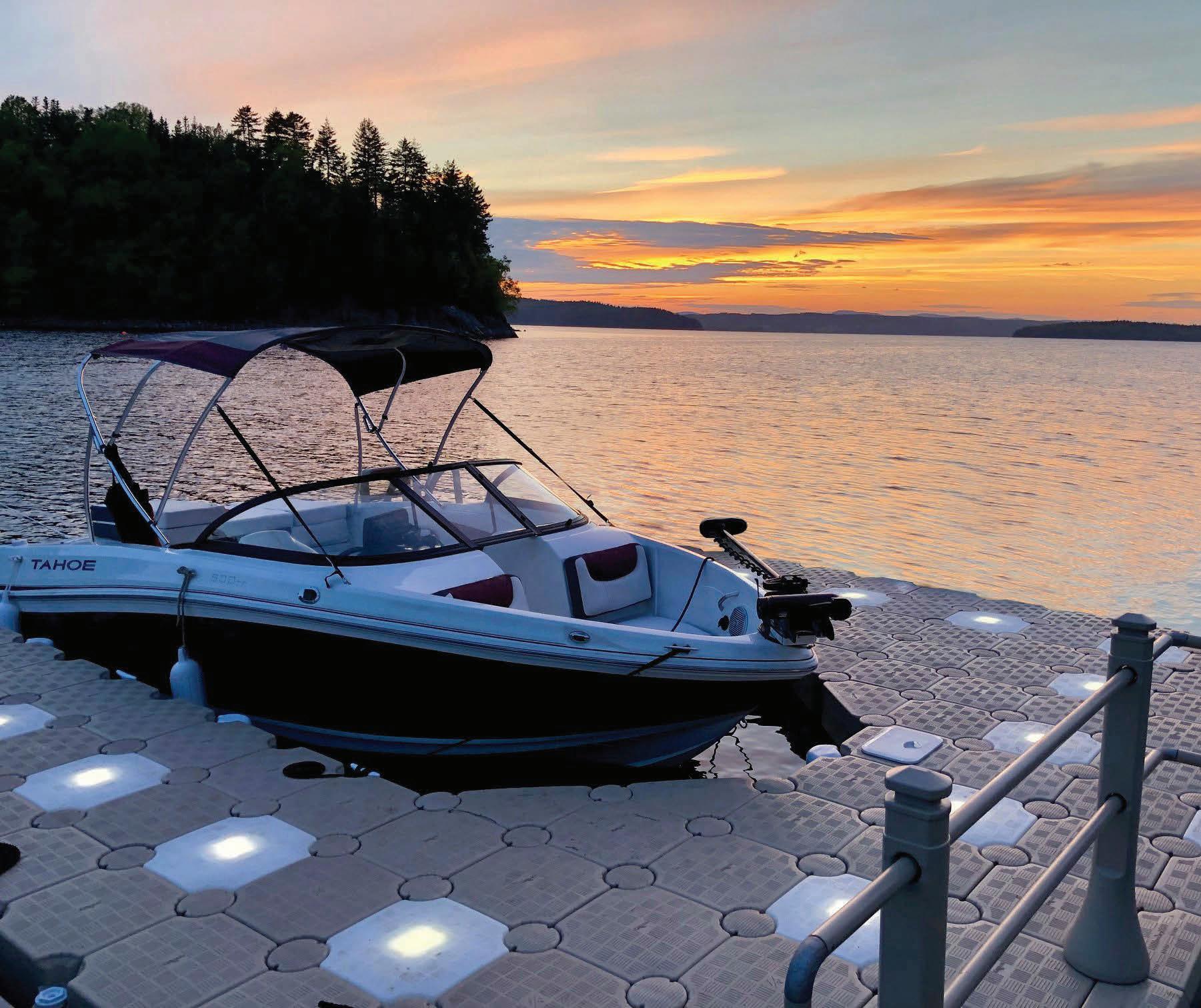


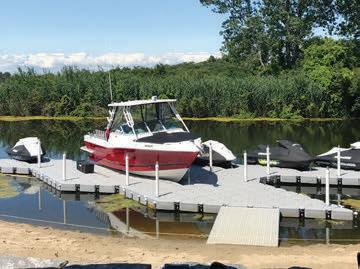
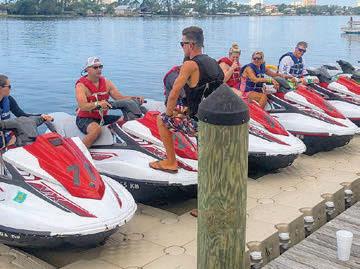
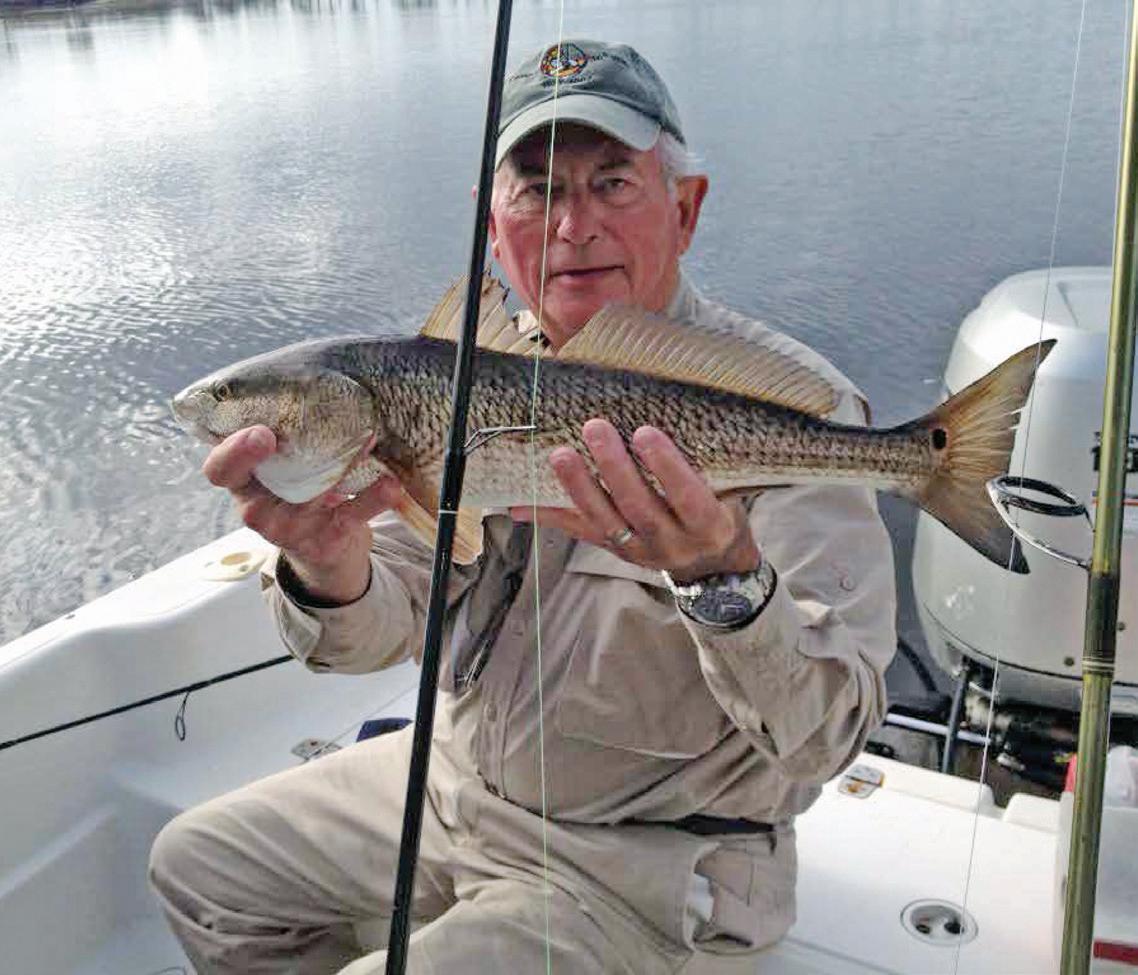
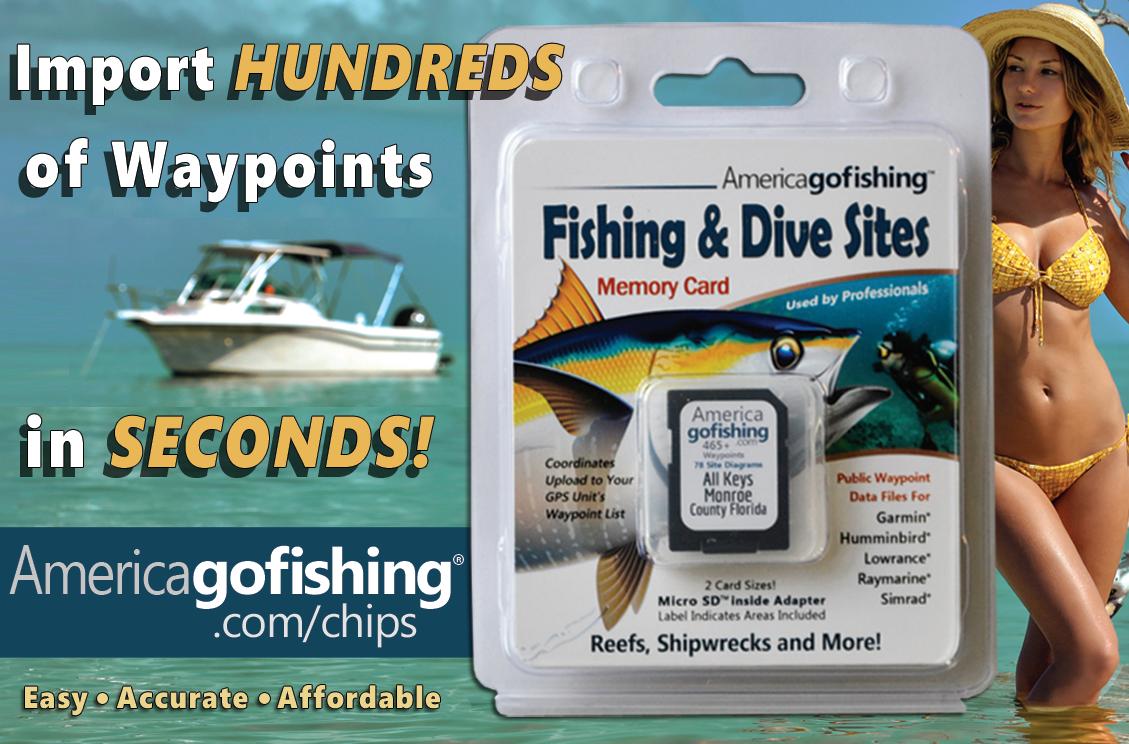
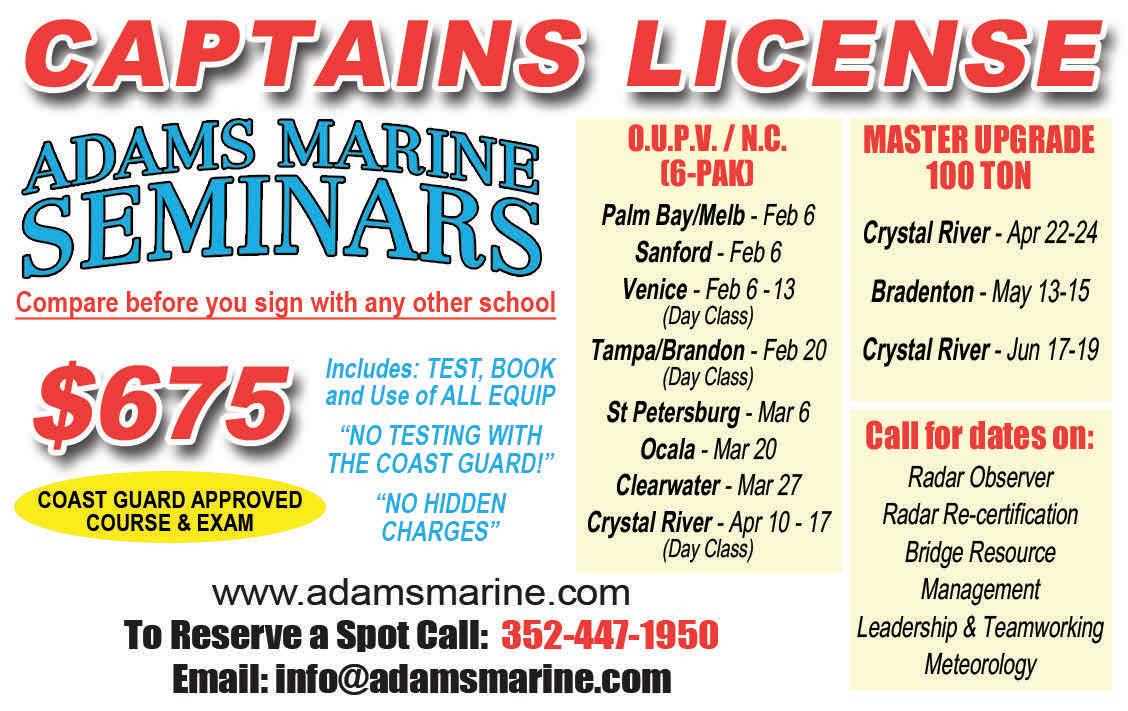
The best week of sailfish action on the Treasure Coast began under a shroud of mystery. Heavy fog opened the 43rd annual Pelican Yacht Club Invitational Billfish Tournament the second week of January. As the 109 anglers aboard 23 boats lined up in the Fort Pierce Inlet for the shotgun start, visibility was slim, but the questions were numerous.

Where would the sailfish be? The weather was going to be calm and mild, two things which don’t exactly go hand in hand with good sailfishing. Would the fish be well to the north, to the south or right out front?
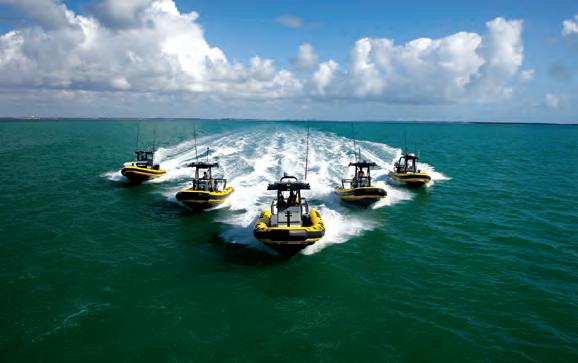


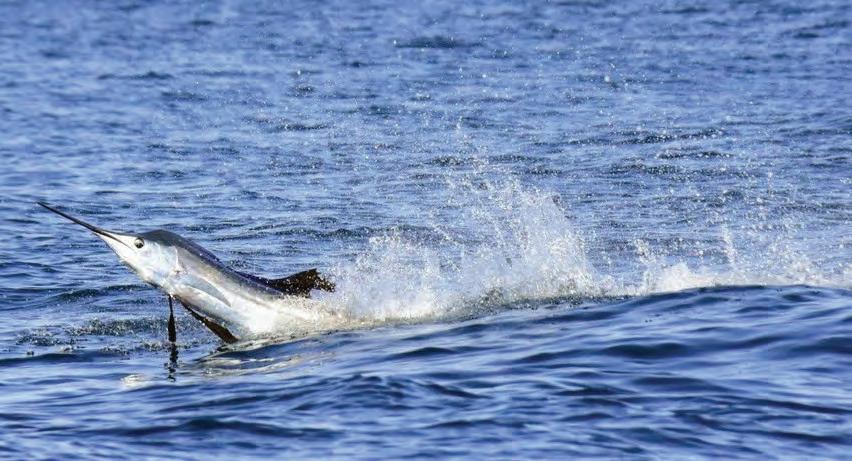
Would there be bait? Would a mid-week cold front shake things up? Would any team run away in the standings or would it be neck and neck fishing down to the wire?
As the fog burned off, the answers would start becoming clear.
The first day, nearly every team fished catching and releasing 52 sailfish. Southern Eagle, owned by Peter Busch of Fort Pierce and led by Capt. Chase Cornell was the daily winner with six sailfish. On day two, the action was about the same. Most of the fleet fished to tally 59 releases. Grand Slam owned by Wallis

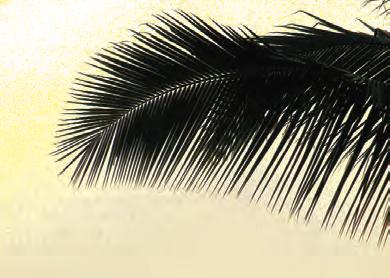
Higginbotham of New Smyrna Beach with Capt. David Grubbs and Kateric owned by Nick Tanionos of Rhode Island hauled in seven sailfish. Grand Slam was named daily winner for catching their seventh sailfish first.
The unique event is a five-day affair features two lay days, so many of the boats chose to fish day three. That’s when eventual winner Lo Que Sea took advantage of finding several coveys of sailfish. Capt. Garrett Yarborough led Tony Huerta of Orlando and crew to 10 sailfish releases of the 42 total caught on the third day of fishing. It gave Lo Que Sea, winner of the tournament several times, 21 total sailfish in three days with two days left to compete. Sitting at the dock for two days wasn’t easy for the crew.
On day four, as a cold front blew through Florida, Cuervos was the only boat that fished. They caught one sailfish then came back to the dock to win the daily award. On the final day, three boats fished. InTents owned by Alan Sadler of Jupiter and led by Capt. Rhett Bailey caught five sailfish to win the daily. The fleet finished with 163 sailfish over five days and Lo Que Sea hung on for another victory.
Pirates Cove Sailfish Classic winner Champagne Lady led by Capt.
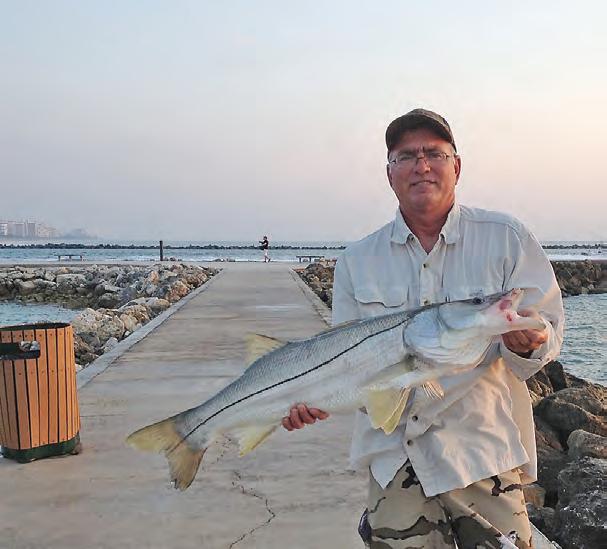

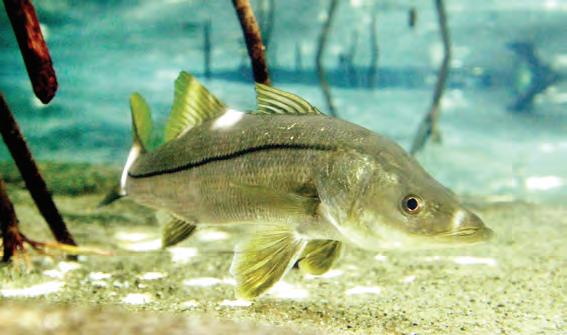
Snook is managed by two regions in Florida: Atlantic and Gulf of Mexico. Regulations apply in state and adjacent federal waters. No commercial harvest or sale of snook is permitted.
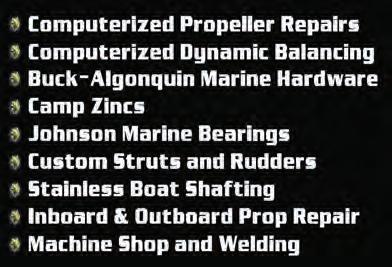
ATLANTIC
(state and adjacent federal waters, includes Lake Okeechobee and Kissimmee River)
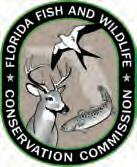
Season: Closed Dec. 15-Jan. 31 and June 1-Aug. 31
Slot Limit: Not less than 28” or more than 32” total length

Daily Bag Limit: 1 per harvester per day; zero captain and crew for-hire limit
Special regulations apply for this species when fishing in Biscayne National Park.
GULF, MONROE COUNTY, EVERGLADES NATIONAL PARK (state and adjacent federal waters)
Regular Season Closures: Closed Dec. 1- end of February and May 1-Aug. 31
Slot Limit: Not less than 28” or more than 33” total length Daily Bag Limit: 1 per harvester per day; zero captain and crew for-hire limit

Special regulations apply for this species when fishing in Biscayne National Park.
Snook permit and recreational fishing license.
NOTE: Prior to purchasing a snook permit, check current regulations in the area you plan to fish. All sales are final. Refunds will not be given even if the species you plan to target is closed to harvest.
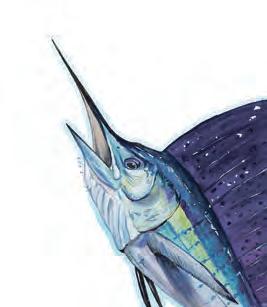
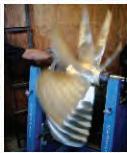

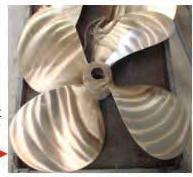
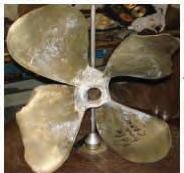
Hook
Must remain in whole condition until landed.
Major Programs Funded by the Snook Permit fee are:
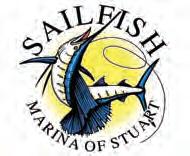
• Stock Enhancement - Researchers are testing techniques to spawn snook in hatcheries for stock enhancement purposes.
• Snook Tagging Program - Biologists monitor the movements, habitat use, and survival of adult snook tagged with external dart tags, as well as with internal ultrasonic transmitters (also known as acoustic tags).
• Fisheries-Independent Sampling - Biologists conduct monthly sampling in four Florida estuaries where common snook are typically abundant: Tampa Bay, Charlotte Harbor, and the southern and northern portions of the Indian River Lagoon.
• Fisheries-Dependent Sampling - This project involves researchers collecting snook-related information through creel, or angler surveys and through an angler-based logbook program
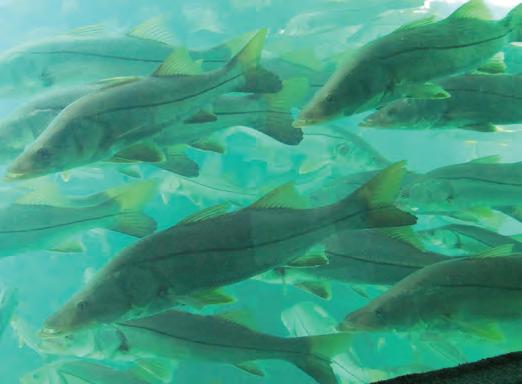
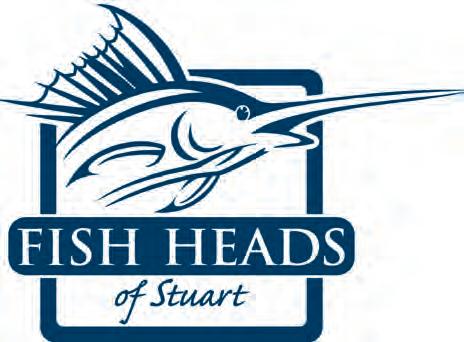
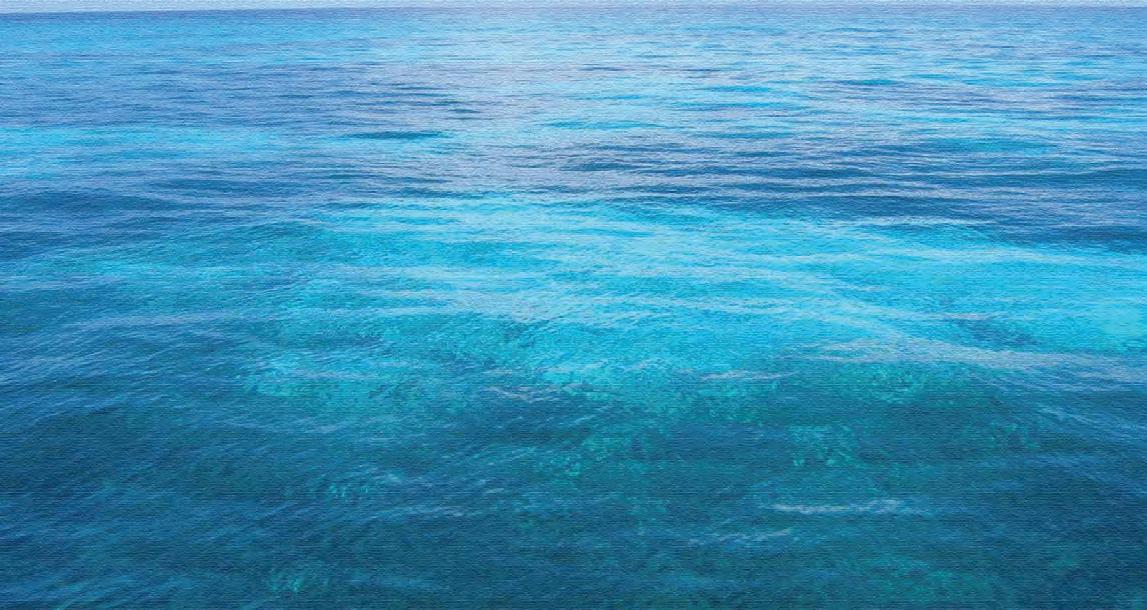
To learn more about snook biology and research projects conducted by FWRI, visit their snook page. If you would like to continue to support these snook programs, please purchase a snook permit.

Capt. Gus Brugger
Capt. Rocky Carbia
Capt. Jonathan Earhart
Capt. Scott Fawcett
Capt. Scotty Gold Ed Killer
Capt. Michael Mauri Jim Moir Brian Nelli
Jim Oppenborn
Capt. Bo Samuel
Chris Beachwalker Sharp
Capt. Nate Shellen
Capt. Adam White
Capt. Terry Wildey Steve Wood
For advertising or other inquiries, call (772) 285-6850 or email TreasureCoast@ CoastalAngler Magazine.com
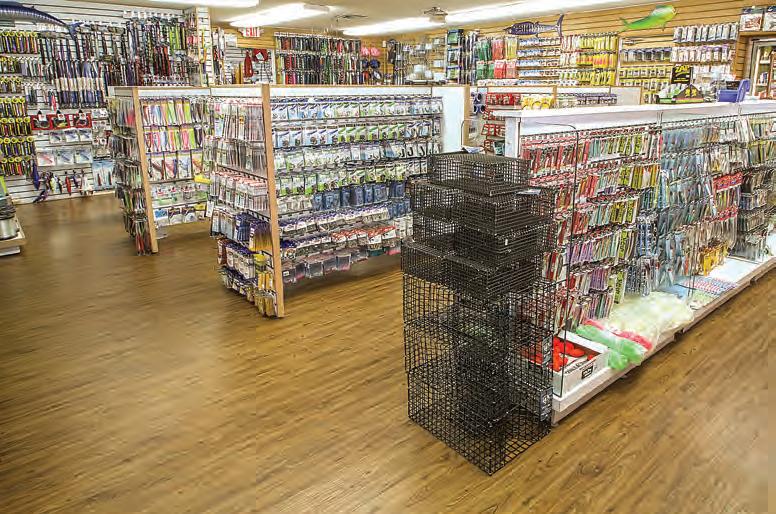
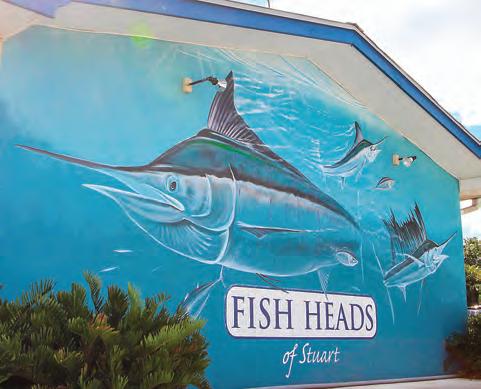

Capt. Scott Fawcett
Off

(772) 285-1055 offthechainfishing.com fishscottyf@bellsouth.net



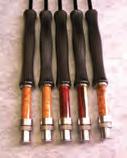


Happy February fish fans! This month marks a huge milestone for Off The Chain Fishing Charters. We just took delivery of a brand new 39 Contender. It has triple 300 Yamahas, a gap tower and a Seakeeper with plenty of shade and seating. We also still have the 31 that many of you have fished on before, but it has been totally redone to new including paint job, new Yamahas from Lindsay Marine with all new wiring and pumps. Both boats are in top shape, with the most recent electronics packages from HumminBird offering the best sonar and side imaging I’ve ever used. I’m glad to announce this right now because it’s just in time for some of the best fishing we’ve had in months.
With the the delayed cold weather this year the main body of fish is just arriving. Sails, dolphin, blackfin tuna, wahoo and kingfish are your best pelagic bets along with a great inshore and offshore snapper bite. Live bait has been a little difficult to come by so far and traditionally we troll this time of year anyway, so that’s what I would recommend for this month. Mullet, ballyhoo, and even rubber fish dredges work amazingly well this time of year and are worth the time, money and hassle of rigging and using. I’d say 80% of our bites originate behind these teasers, then switching to our hook baits. Squid chains work well too now, especially when used in conjunction with the dredges.
This time of year most of my baits are small naked ballyhoo rigged on 50-pound test with maybe one larger bait on the outrigger or downrigger rigged on wire. A Cannon 10 TS will take your bait down to the strike zone while still allowing you to fight your target without a big bulky planner rod and long tangle some leaders to deal with.
Look for conditions to fish from 65 feet out to 250. Rips, color changes, and obviously weed lines are where you want to be. If you can’t

find them, fall back to fishing over bottom structure. Reefs, wrecks and rubble piles are not only for bottom fishing. Bait likes to congregate around these structures as well and often you will find your target species hanging around them too.
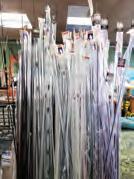
With the recent cold fronts last month there have also been some manta rays migrating down the beach. Have a heavy spinning rod ready to cast Hogy Lures or Gulfstream Cobia Slayers to cobia. February and March are both
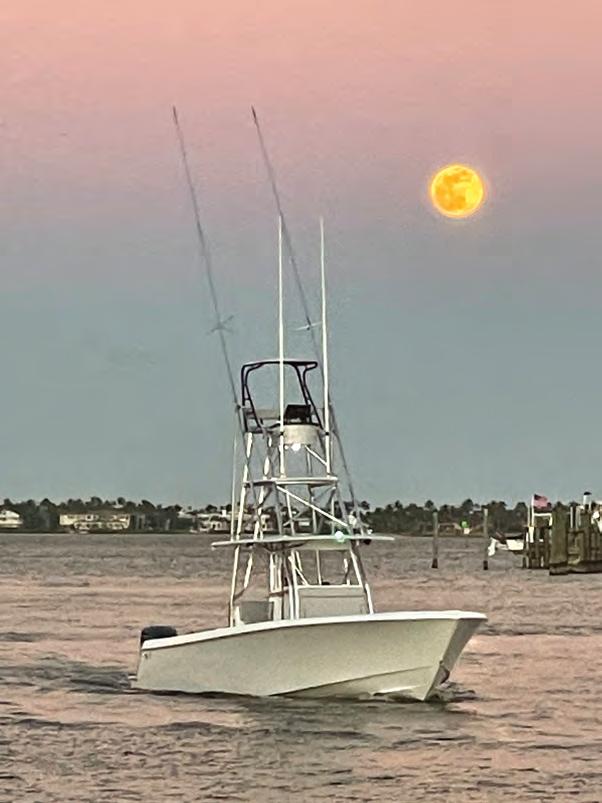

known for choppier conditions compared to spring and summer so keep an eye on the weather and when your schedule and the forecast coincide I would definitely try getting out there. Whether you have a boat of your own or your interested in a charter, please give me a call and I’m happy to answer any of your questions, and hopefully set up a day to get out on the water together. Be safe this February and I hope your next fishing outing is Off The Chain!
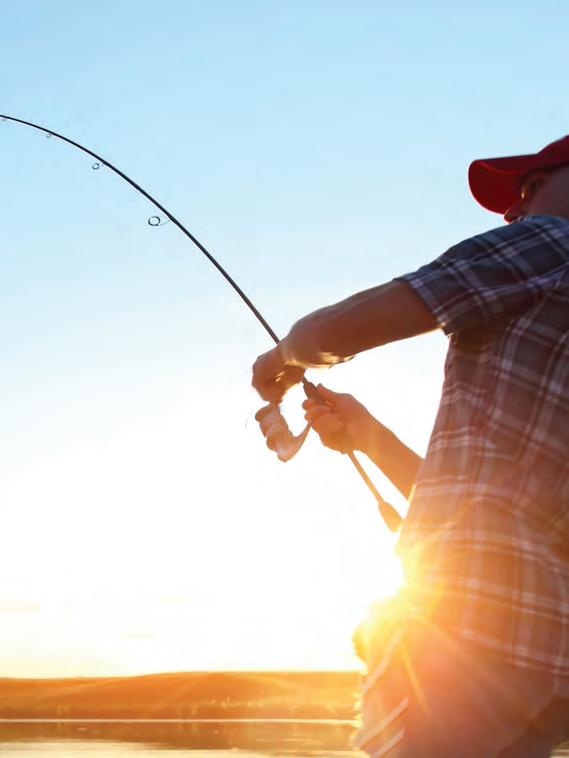
Coast. Surf rods are recommended with sand spikes and a bag of sand fleas.
Chaos Fishing Charters

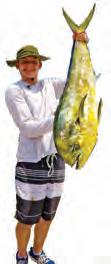

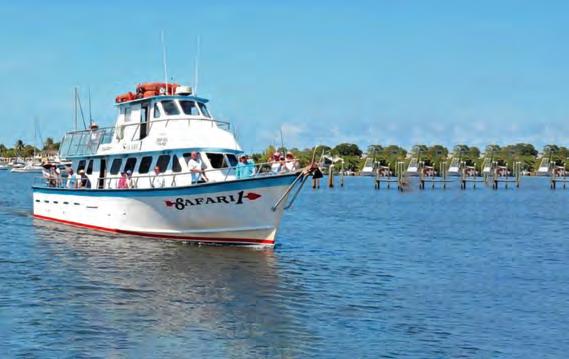
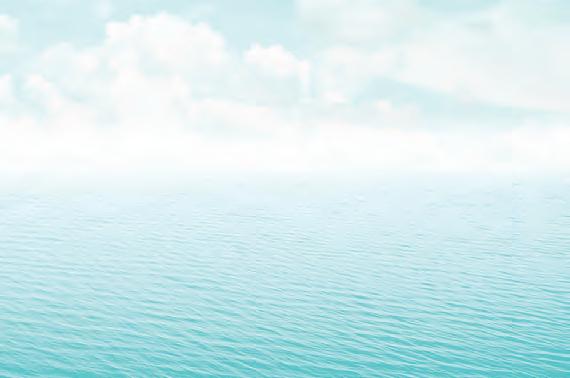
(772) 341 – 2274 www.chaosfishigcharters.com jon@chaosfishigncharters.com
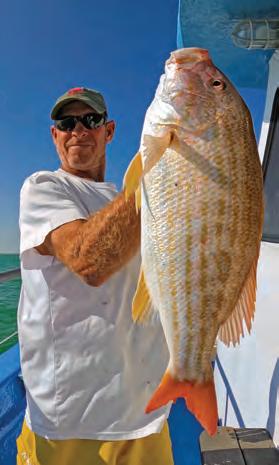
February is perhaps my favorite month of the year to target pompano with great success rates. These tasty fish will be plentiful in our river systems and along local beaches making them readily available to all anglers. River fisherman will want to target them along sandy flats with pompano jigs and or by anchoring up and fishing pompano rigs with sandfleas, shrimp, and or Fishbites.
We can expect plenty of bluefish, bonefish, jacks, and ladyfish as bycatch while targeting pompano using T & A Pompano Jigs. Pompano fishing will be great along most beaches up and down the Treasure

Snook season is now open, live pilchards freelined around structure will get the bites. Size limit is 28-to32-inches and one snook per angler per day. Usually we start to see live bait boats that will sell pilchards down around Sandsprit Park this month. Arrive early due to a high demand for these popular baits for both inshore and offshore use.
Redfish are still closed to all anglers in the Indian River, so releasing them will be your only option this month.
Shrimp fishing with fish finder rigs on the bottom, we can expect to catch plenty of sheepshead, snapper, black drum, pompano, redfish, and flounder in the river. Nearshore fishing has been excellent as of lately for bluefish, Spanish mackerel, pompano, jack crevelles, bonito, and lane snapper. Plenty of mackerel activity at Peck Lake just south of the St. Lucie Inlet along the beach. Casting Tsunami 1/2 glass minnow jigs will get lots of strikes from
mackerel, bluefish, bonito, and jack crevelles.
Snapper fishing has been good on nearshore reefs using cut bait with chicken rigs with small bank sinkers. Smaller hooks are recommended when fishing the lane snappers due to their smaller size. Please be certain not to confuse mutton snappers for lane snappers. Lane snappers will have yellow lanes
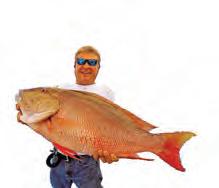
that travel horizontally along its sides. Mutton snappers have more of a pink hue and will not have the distinct yellow lanes trailing the length of their body. Muttons will also only typically have one larger black dot close to its tail. Muttons minimum size is 18 inches and 5 per person per day; lane snapper requires 8-inch minimum size and a limit of 10 per person per day.

Safari I Deep Sea Fishing Pirates Cove Resort and Marina 4307 SE Bayview St. Port Salerno Reservations: (772) 334-4411 Safari-1.com
The offshore fish orchestra of February will be conducted by a maestro whose platform will be ruled by wind velocities and ocean currents. Snapper fishing will continue to be on the top of the offshore strategy “to do” list for bottom fishing meat hunters. The go-to zone for most species of snapper will be between 50 to 100 feet of water. Furthermore, as seas remain choppy but “fishable” out of the north and east, offshore anglers will angle towards reefs close to shore and slightly north of the St. Lucie Inlet.
Martin County’s exceptional, offshore artificial reef program has set in place over 100 reef structures within 3 to 8 miles, just offshore of our inlet. Old tug boats, decommissioned ships, barges, concrete bridge spans, culvert pipes, inlet dredging spoils, and pre-fabricated “reef makers” make up the majority of these artificial reef structures and have become
home to a large, diverse body of fish, both resident and pelagic, especially snapper. Lane, mangrove, vermilion, cubera, and mutton snapper are regularly caught by local anglers around these structures. Inside of 100 feet of water, lane snapper are probably the most abundant of all, and can be found in large numbers this month.
Anchoring the boat, above and
around these reefs, will enable anglers using all varieties of cut bait, on 30- to 50-pound tackle to enjoy snapper catching success. These reefs not only attract snapper and other species of bottom dwellers, but also a wide array of (top water) pelagic fish that are normally associated with the upper surface of the water column, like king mackerel, dolphin, bonito, sailfish, and cobia.
These artificial reefs become attractive devices for all species of saltwater fish as they provide the foundation for the smallest organisms to adhere to and grow, thus setting the ecosystem in motion as smaller fish are attracted by the food and cover offered by these structures. In turn, bigger fish
that prey on the smaller organisms, find their way to these reefs and as a result, begin to propel the food chain into action. These reefs are well documented and published GPS coordinates for them can be found by visiting martinreefs.com.
Like all offshore fishing months, February will continue the need for captains and crews to pay close attention to daily weather forecasts when planning the day’s offshore adventure. By closely monitoring wind velocity/direction and tide schedules at the inlet, anglers will be able to consistently make safe decisions, regarding the limitations of their boats and crews, that will ultimately lead to a salty concerto of successful offshore fishing trips during the days of February.

Capt. Scotty Gold

Miss Fort Pierce Fishing (772) 766-0191 fortpiercefishing.com
As the February winds are upon us, so are cold fronts and lowering water temperatures. This once again brings a change to our bottom fishery.
While fishing the reefs in 70-to90 feet you will find lane snappers schooled up on the high pieces of the reef. Trigger fish move in as well as porgies. All may be caught on a two-hook, high-low rig, also known as a chicken rig. Bait with squid or cut bait - grunt strips are an excellent bait to catch these tasty creatures.
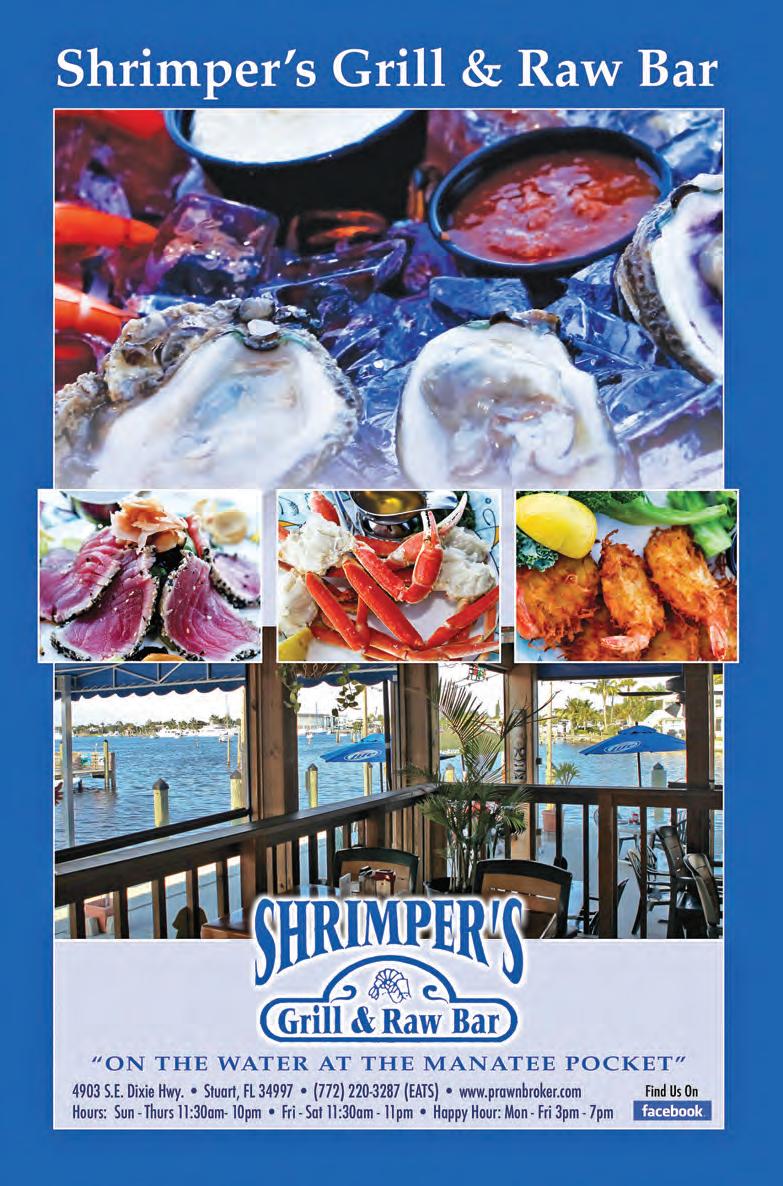
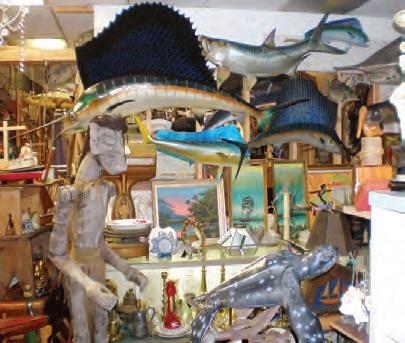
You can continue to fish for mutton and mangrove snappers on the deeper drop offs of the reef. Remember with the cooler temps on the bottom, you will have to sharpen your skills.
With the winter water temps so is the increased presence of sharks. Be aware, as these creatures will play havoc with your fishing as they love to prey on your hooked fish. Reel fast
and steady and hope for the best. The Miss Fort Pierce continues to sail daily on our all-day schedule weather permitting. Come join us on the Treasure Coast’s Queen of the Fleet, the largest only all-day fishing boat, the party boat that fishes like a charter.
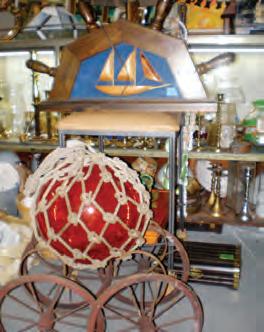
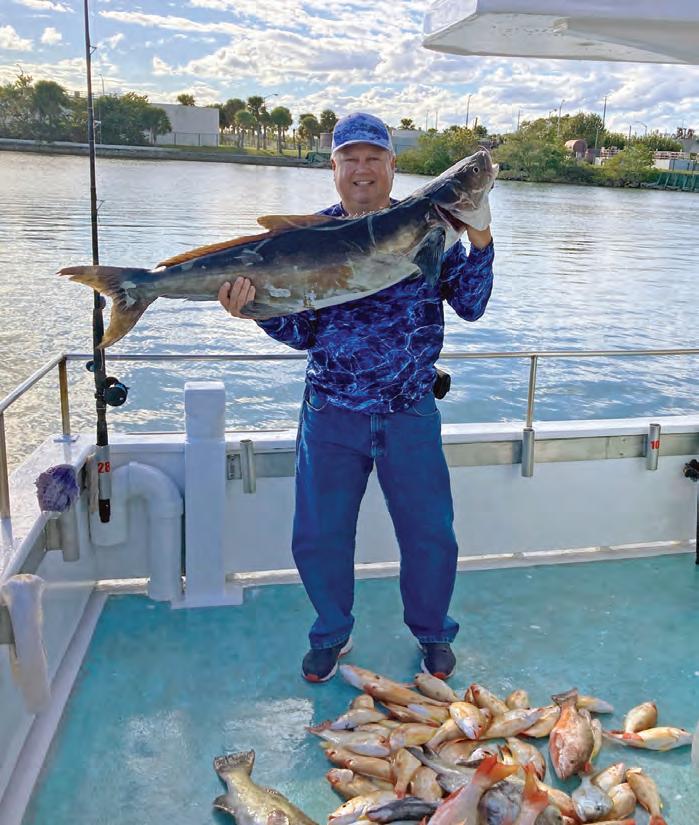
We look forward to seeing you out on the water. To book your reservations, visit us at www. fortpiercefishing.com or call us at (772) 766-0191.

February brings lots of options for winter fishing even with a warmer season than we are used to around the Treasure Coast. Some cool fronts have helped drop the water temperatures and the offshore bite is heating up. Weather still plays a big role in accessibility, so it pays to stay on top of weather reports and take advantage of any good weather windows.
Bottom fishing has remained constant and should continue, specifically on the 50-to-80 foot reefs straight out the Fort Pierce Inlet and snapper is the main show. In fact, snapper fishing is spectacular from the nearshore reefs to the offshore
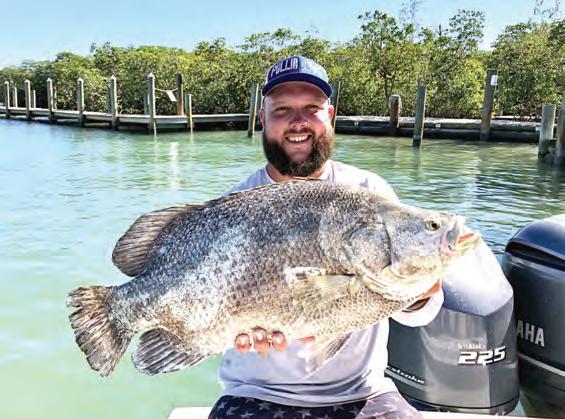

reefs. Mangroves, lanes, and muttons have been plentiful along with good size triggerfish. The sheepshead and pompano are biting extremely well on the nearshore reefs with live shrimp as bait. Grouper and red snapper are around and loads of fun to catch but must be returned to the water as they are out of season. Sharks are always a problem, and you will pay the “tax man” at some point so get in the habit of cranking fast to land as many as you can.
I always keep an eye out for cobia and tripletail especially around any floating debris. You would be surprised how a tripletail finds shelter under the smallest piece of debris. Tripletail are named from the closeness of the dorsal and anal fins which look like three tails. I like to use live shrimp with no weight and toss it close enough for the fish to see since they will usually take it and then the battle is on. Just keep that pitch rod rigged and ready for your chance to invite a tripletail to dinner. I promise that anyway it’s cooked, tripletail
is one of the tastiest fish in the sea. If you’ve had a long day of fishing, Cobb’s Landing in downtown Fort Pierce will skillfully cook your fresh catch and serve it with a smile!
There will be opportunities to head offshore when the seas may not be ideal but definitely fishable and trolling is a preferred method this time of year for amazing sailfish,

blackfin tuna, and some wahoo action. I target sailfish at about 80 feet and out using rigged ballyhoo or live bait like sardines or blue runners.
Since Valentine’s Day is also this month, take time to show someone else why we LOVE fishing the Treasure Coast! Here’s to a February of good weather windows, crazy bites, and Pullin Drag!
St. Lucie Flats Fishing Charters
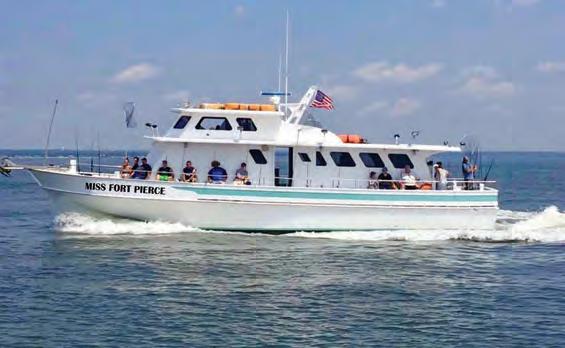





(609) 820-6257 www.stlucieflatsfishing.com


Winter is well established, and you can expect weekly cold fronts to blow through the area bringing windy days and cool temperatures with them. The winds of winter have arrived in full strength! It will be blowing most days and make it a challenge for anglers to get out fishing. Water temps will fluctuate this month and you must adapt to the changes for better success.
Snook season opens the first of this month! Many anglers will be out
in search of their “slots.” The jetties, inlet, and bridges will all have their share of fish hanging around. The night bite for snook is good through the majority of the late winter and most of spring. Free lining baits
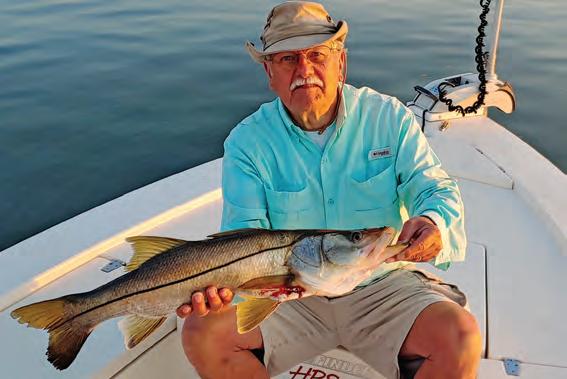
in the shadow line of the bridge is a good early season technique. If they’re being slow to react to live bait, bouncing a feather or swim bait off the bottom is a good option as well. Pompano can be found along
beaches, in deeper areas of the grass flats and in channels. Doc’s Goofy Jigs are great for pompano with live shrimp and sand fleas good choices, too. The sheepshead and drum have arrived early and are plentiful out there. You can find them hanging under docks or along channel edges. Live or dead shrimp always works well. It has been a good bite so far. Mackerel, jacks, bluefish and ladyfish will all be coming in with the tides and small shiny lures will work best for them.
Fish tend to be sluggish in the colder water. Be willing to fish deeper water if the temps drop below 68 degrees. Working your lures or bait slower along the bottom will give the fish more time to react to it and will result in more bites for anglers. We have enjoyed more normal winter weather and the fish bite has been good for us.
Iget asked quite often by new residents and visiting anglers if I can tell them some good spots to go catch fish. I truthfully explain to them that the Indian River Lagoon is not a spot specific type of fishery and even if I caught fish in an area today, tomorrow with a different wind, water level, or temperature could be a whole new ball game. The winter months can be a bit more predictable when dropping temperatures push fish into thermal refuges. Fishing these specific hot spots on the nastiest weather days can be magical, but you have to put the time in to find them.
SEBASTIAN RIVER – Ladyfish and jacks school up in the deep, calm and slightly warmer waters of the Sebastian River. Occasional trout and redfish can be found around oyster bars and docks of the lower
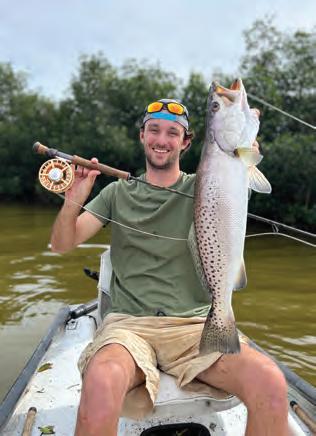
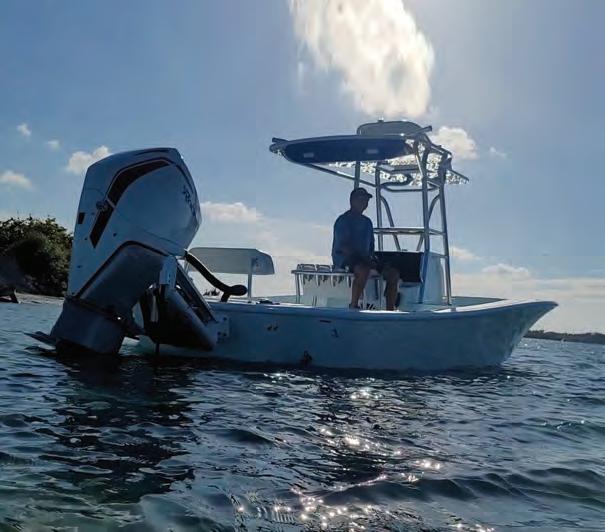
river. Snook and tarpon can be found in good numbers in the south fork and can be a viable option during warm spells. Jerkbaits, Goofy jigs, D.O.A. shrimp, small plugs and flies are all great lures for anything in the Sebastian River in the winter.
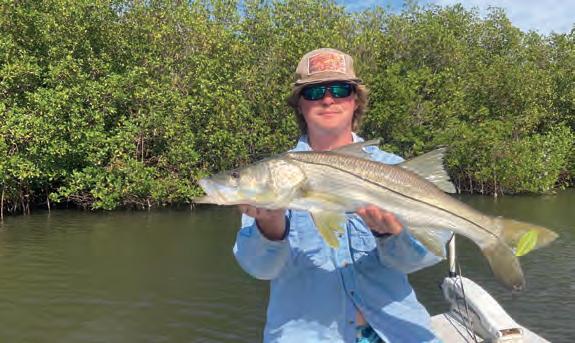
INDIAN RIVER LAGOON – Trout and redfish have always been the mainstay of the central Indian River Lagoon winter fishery. Over the last few years however, snook numbers have been way up while redfish have been hard to find, so your time may be better spent targeting snook and trout. During the winter months, residential canals, protected shallow bays, and sunny shorelines are excellent areas to find trout, snook and reds soaking up the sun’s warmth. A stealthy approach and delicate natural presentation of
a 4-to-5 inch live shrimp is hard to beat when fishing gets tough in the winter. D.O.A Shrimp, jerkbaits, small suspending plugs and flies fished slowly and deliberately will also produce strikes on even the coldest winter days in the Indian River Lagoon. Ladyfish, jacks, pompano, trout, bluefish and some other species will be available in open water areas of the lagoon and around the spoil islands and jerkbaits, Goofy jigs and small plugs will catch them.
SEBASTIAN INLET – Bluefish, jacks, pompano, redfish, black drum, and Spanish mackerel will keep jetty anglers busy throughout the day. Snook season will open February 1st and if water temps are at or above the upper 60s, snook should be active day and night.

Pompano and whiting will be the target of surf fishermen along the Treasure Coast in February. Sand fleas, cut clams and dead shrimp on three hook dropper rigs are the baits of choice. Calm clean surf conditions will allow boaters to fish jigs and spoons along the beaches for Spanish mackerel, pompano, blues, jacks and ladyfish. Tight lines!

I t’s been an unusually warm winter so far. Water temps that should be dropping below 70 degrees are still 75 to 77. But that’s probably going to change in February. The cobia bite has been consistently good to great in the 85-to-90-foot reefs. Whether it’s due to the warmer water or the abundance of sharks that they seem to be hanging around, your guess is as good as mine.
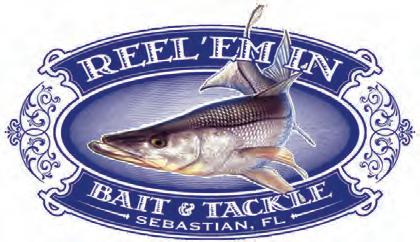
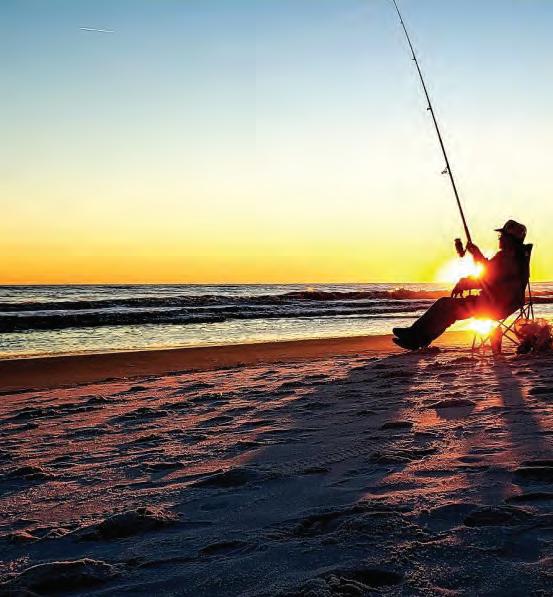
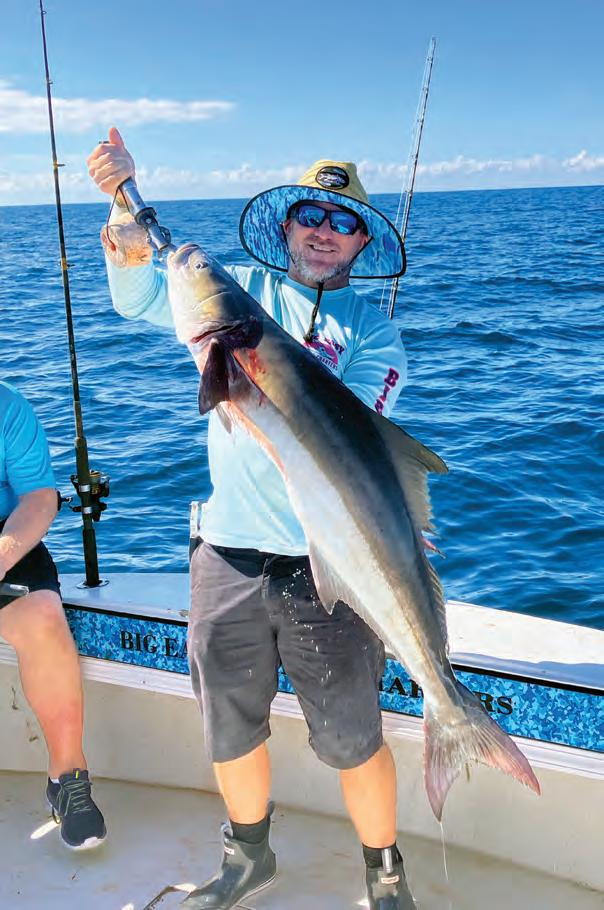
February is not known for its good weather, but I think when we do get a break it’s going to be good. Look for good numbers of cobia still 85 to 90 feet. We’ve been using everything from cobia jigs to live

grunts. King mackerel should be cruising through the 60-to-90-foot depths and can be located trolling strip baits or skirted ballyhoo. Once you find them, live herring or blue runners should produce the larger smoker kings. Offshore there should be some wahoo, dolphin, and sailfish on the color changes and over the rocky bottom or high peaks 160- and 240-foot depths. Some of my best wahoo days have been in February. You’ll find if you target them, you’ll up your chances. This means trolling a bullet-headed lure in front of a ballyhoo. A heavy gauge #8 hook with a #8 or #9 wire. Always have a line down running 50 feet on the downrigger or using a 32-ounce cigar lead to get in their zone. Also speeds 8 to 10 knots will produce more bites. I’ve caught many a hoo doing 13 to 15 knots.
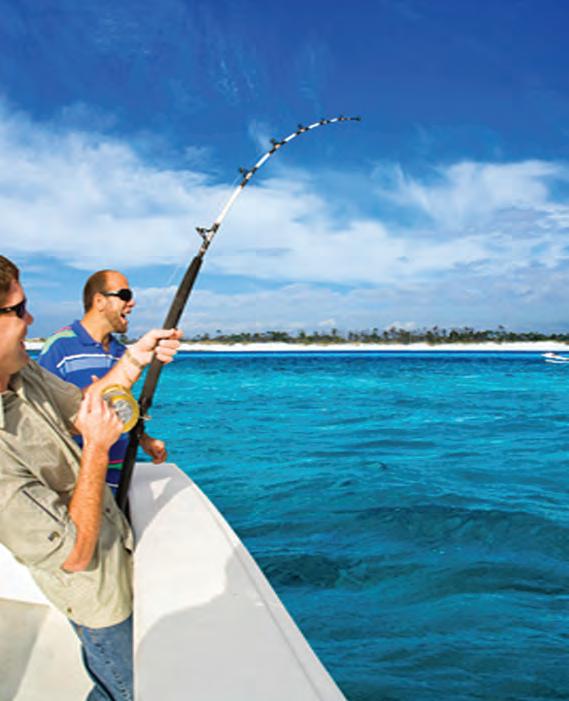
Don’t forget to support your local tackle shop. And, as always, be courteous to your fellow angler. You never know when you’ll need a tow.
That’s it for now, “Fish On... Gotta Go!”
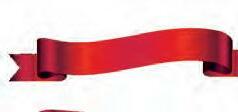

February is going to be hot fishing for jack crevalle off the beach, Big ones up to 40 pounds. Throwing big spoons tied to 50-pound mono leader and 30-pound main line braid will get the job done. Look for beaches such as Walton Rocks Beach, Hobe Sound Beach, Stuart Beach North and Bathtub Beach to hold these fish, being caught just before sunlight first thing in the morning and then again at sunset.
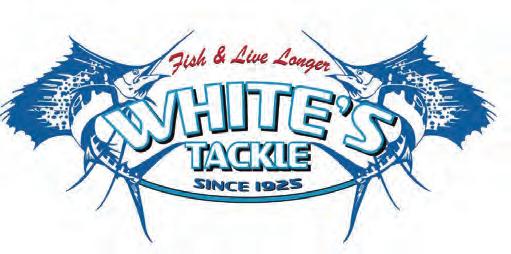
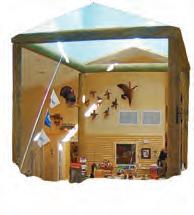
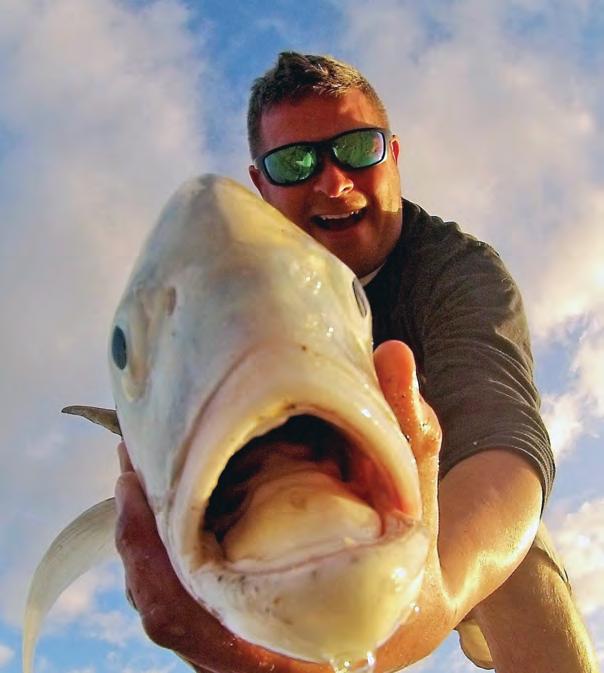
Along the beaches will also be bluefish. Once you catch one, stay in that spot because these fish like to school together. Use the same set up, as you use for jacks to catch numbers. In addition, use cut bait like mullet to get bites too.
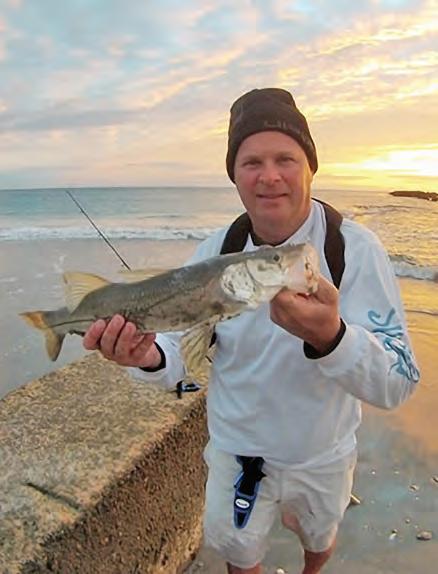
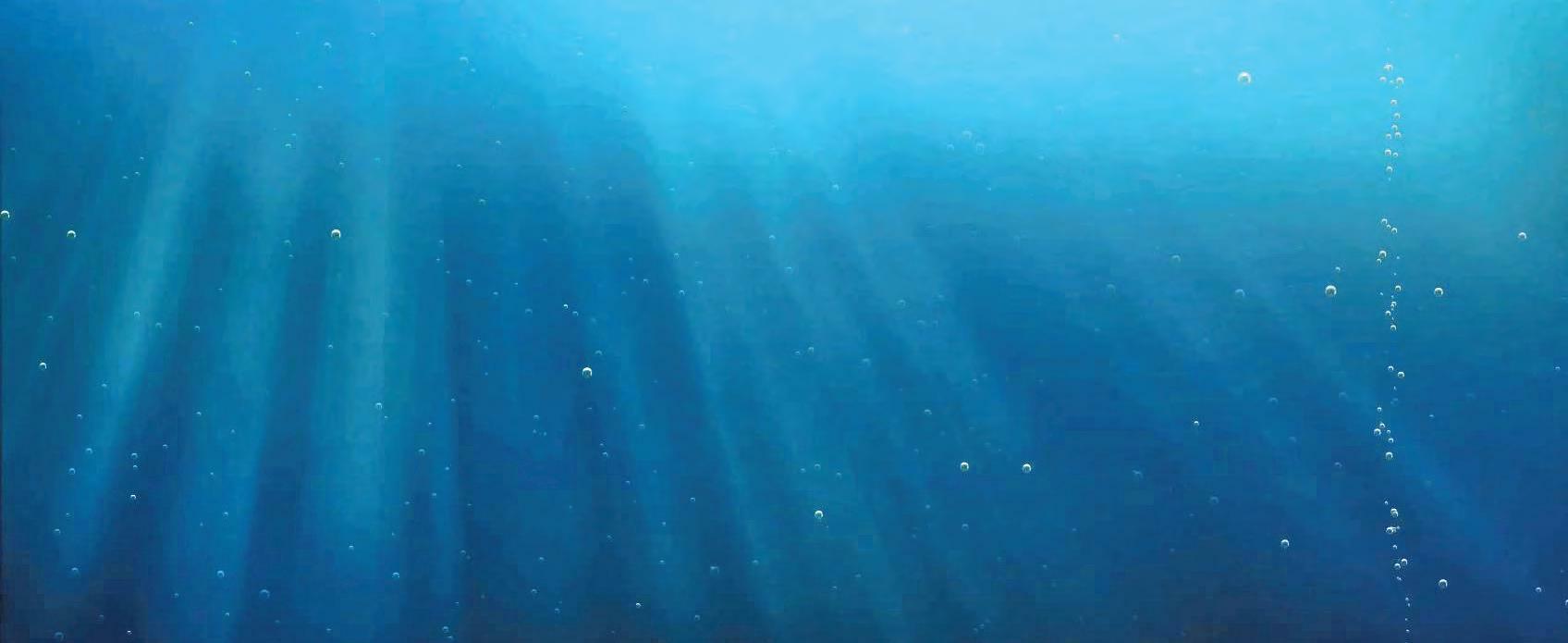

Spanish mackerel will be down off Peck Lake in numbers, so if you like these tasty fish, this is the spot for you.

I like a 20-pound wire so you don’t get cut off from their teeth. Spoons, Troll Rights and top water plugs will get the job done.
Snook season reopens February 1.Look for these fish to be around the bridges with incoming tide and outgoing tide. Best bridges are the Jensen Beach Causeway catwalk all the way at the end, where the lights meet the fenders. I throw the Yo-Zuri Crystal Minnow black and silver, tied to 50-pound mono leader tied to 30-pound braid. Nighttime being the best time under the lights.
Have a great month and tight lines. Until next time!

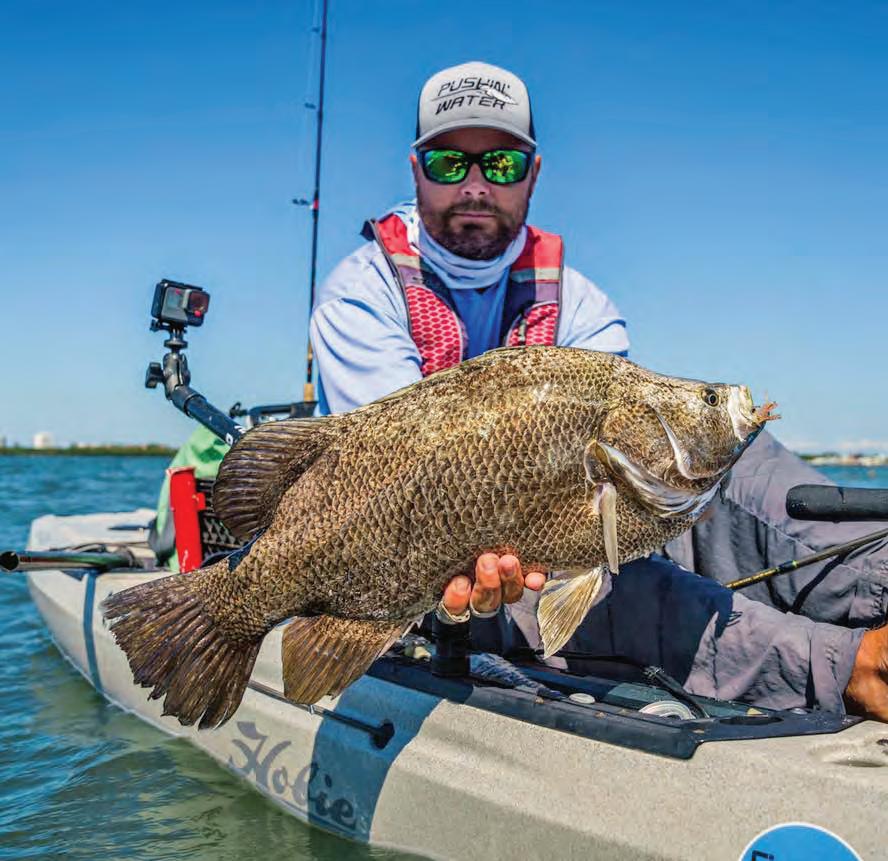

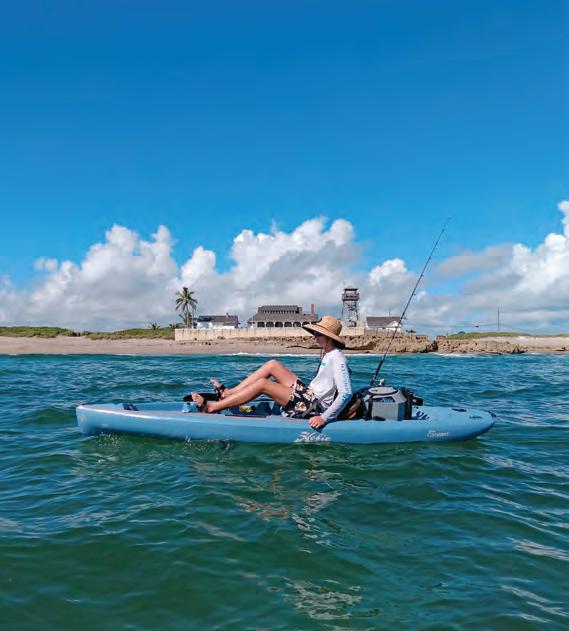

Pushin’ Water Kayak Charters (772) 201-5899
Brian@tckayakfishing.com www.tckayakfishing.com
INSHORE: February is a good time to target a lot of different species. From pompano, jacks, sheepshead, and sharks around deeper cuts to snook, reds, flounder, and trout along the mangroves, bridges, and docks. During this time the water is a lot colder than most of the year. When fishing the flats around mangroves, hit the water a little later in the day and target sand holes and areas with dark mud. These spots will warm quicker than surrounding areas and should be holding fish. Remember, snook season opens February 1. Tripletail is another great target this time of year. Throwing a D.O.A. Shrimp on a Crowder sevenfoot rod near structure like crab pots and channel markers are great
places to find these fish.
OFFSHORE: Come February cobia is on the mind. These fish will start to move into the beaches following around the rays, sharks, and turtles. I like to have a D.O.A. Swimming Mullet ready to pitch to them when spotted. Sailfish, kingfish, wahoo, and dolphin will also still be frequent catches in February. Look for these guys to be found from 90-to-120 feet chasing goggle eyes, pilchards, and blue runners. Finally, don’t forget about the nearshore bite. Spanish mackerel and bluefish should give a lot of action off most
beaches around Palm Beach County.
FRESHWATER: Peacock bass, clown knifefish, and largemouth bass will all be fired up this time of year. Try launching your kayak at John Prince Park and fishing structure like bridges and docks for all three
species. Live baits like shad and shiners will be best, but artificial jerk baits and rattle traps will also work.
Check out Pushin’ Water Kayak Charters on Facebook, Instagram, and YouTube for all the latest adventures my clients and I get into. See you on the water!
Josh Chaney finished the Pelican second with 13 sailfish. Grand Slam and Kateric, both with 12 finished third and fourth, respectively. Southern Eagle ended with 11. Most of the action was enjoyed well to the north of Vero Beach, off Sebastian Inlet, in 130 to 180 feet of water. Fish weren’t exactly moving, but they were found in singles for the most part. The Treasure Coast sailfish tournament game still employs trolling dead ballyhoo and the use of elaborate mullet and ballyhoo dredges.
This year also marked the return of the Treasure Coast Sailfish Championship. The threetournament series is fished across the Pirates Cove Sailfish Classic,
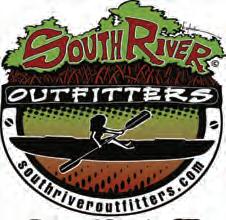
Stuart Sailfish Club Light Tackle Sailfish Tournament and finishes with the Pelican. Showtime! owned by Fred and Nancy Hardwick of Sailfish Point and skippered by Capt. Jon Meade won the event by catching and releasing 16 total sailfish over eight days of fishing. Showtime! won the Light Tackle with four sails, caught three during the Classic and nine during the Pelican to beat out three other competitors.
Tournament director Terry Shafer said the tournament could not have lived up to its reputation as one of the finest sailfish events in the southeastern U.S. without the help of its sponsors like White’s Tackle and manager Geoff Quatraro, Dale Sorensen Real Estate, Spencer Yachts, Costa Del Mar sunglasses, Planet Fry and so many more.

January and February are typically our coldest months here along the Treasure Coast. I appreciate temperatures above the mid-80s and anything below 70°F is just too cold for me. Two weeks ago, we were in one of these freezing cold fronts where the water temperature dropped below 60°F but, since I had charters in my book, I took my guys out fishing. To be honest, I expected to work hard for a few fish, but I was surprised how happy these snook were. Keep in mind, we are talking
about daytime fly fishing for snook without chumming!

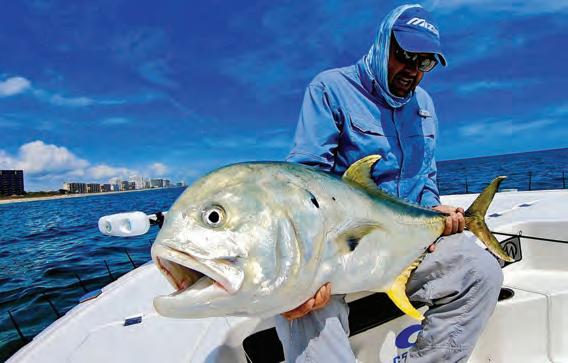

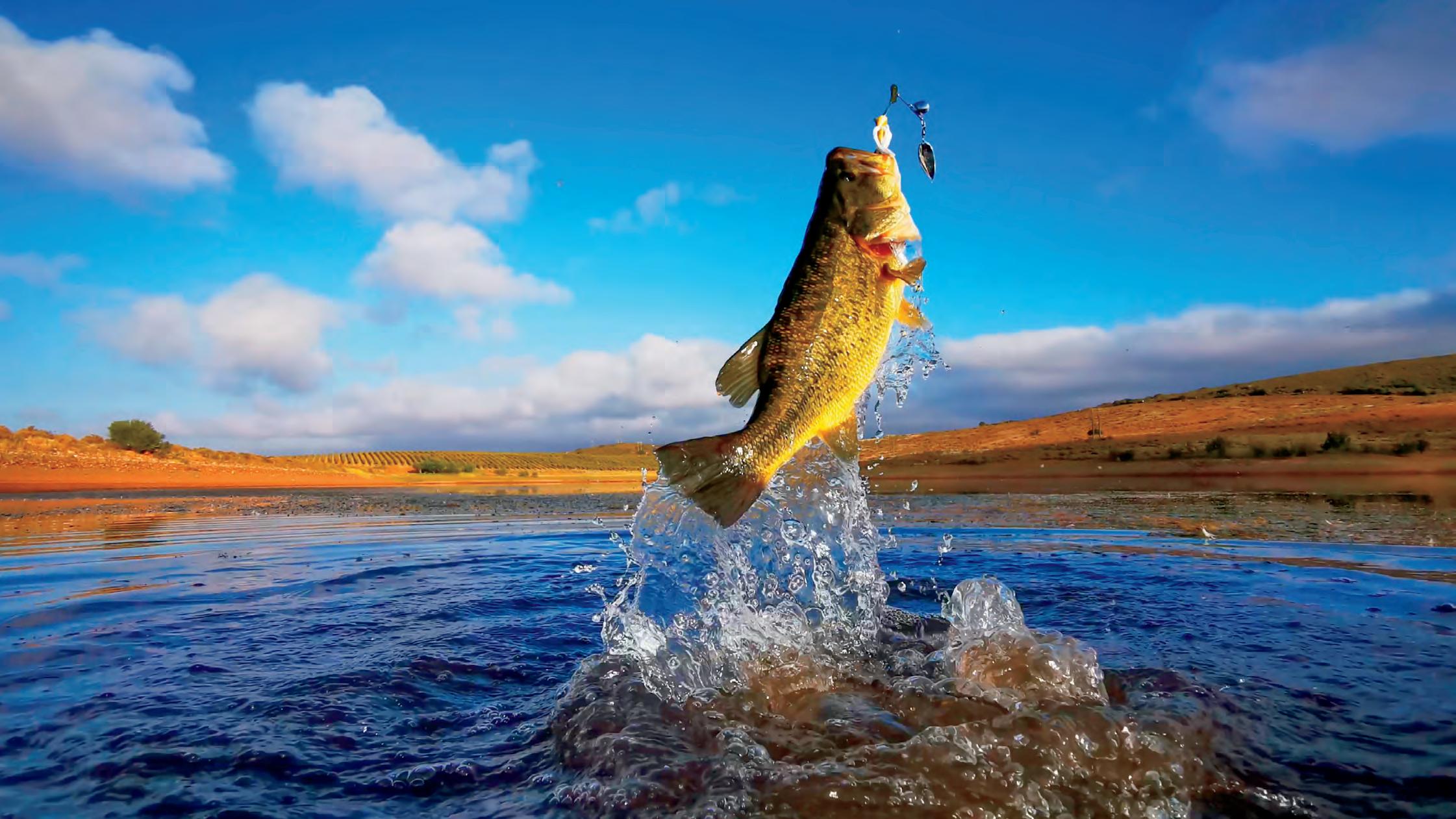
We started hitting the first two spots but didn’t stay long due to missing action, but the third spot delivered! Every single cast more or less produced a snook bite and my customers were great casters so landed quite a few fish! After an hour we moved on and again it took a few spots to find another spot with happy fish. Long story short we ended this four-hour trip with a lot of snook, even though most of them
were smaller fish the leading fish measured 27 inches and we lost a big one on top of that. Not bad at all but the key was to find these active fish and get the right fly in front of them. They don’t like to move at all!
This past week my work turned into a piece of cake fishing for



1W 5:42 AM 1.92 H
11:25 AM 0.33 L
5:41 PM 1.8 H
11:43 PM -0.12 L
2TH 6:32 AM 1.97 H
12:13 PM 0.28 L
6:31 PM 1.86 H
3F 12:30 AM -0.17 L
7:15 AM 2.04 H
12:58 PM 0.21 L
7:15 PM 1.93 H
4SA 1:12 AM -0.21 L
7:54 AM 2.11 H
1:38 PM 0.13 L
7:56 PM 1.99 H
5SU 1:51 AM -0.23 L
8:31 AM 2.17 H
2:16 PM 0.06 L
8:36 PM 2.04 H
6M 2:27 AM -0.24 L
9:06 AM 2.2 H
2:51 PM -0.01 L
9:14 PM 2.07 H
7TU 3:02 AM -0.21 L
9:40 AM 2.2 H
3:25 PM -0.06 L
9:52 PM 2.08 H
8W 3:36 AM -0.17 L
10:14 AM 2.17 H
3:58 PM -0.09 L
10:31 PM 2.08 H
9TH 4:11 AM -0.1 L
10:47 AM 2.11 H
4:32 PM -0.12 L
11:10 PM 2.06 H
10F 4:47 AM -0.01 L
11:21 AM 2.04 H
5:09 PM -0.14 L
11:52 PM 2.02 H
11SA 5:29 AM 0.09 L
11:58 AM 1.96 H


5:52 PM -0.15 L
12SU 12:39 AM 1.98 H
6:17 AM 0.2 L
12:40 PM 1.89 H
6:43 PM -0.15 L
13M 1:34 AM 1.95 H
7:14 AM 0.29 L
1:31 PM 1.84 H
7:43 PM -0.16 L
14TU 2:38 AM 1.93 H

8:21 AM 0.34 L
2:35 PM 1.82 H
8:52 PM -0.2 L
15W 3:49 AM 1.98 H
9:32 AM 0.31 L
3:49 PM 1.88 H
10:01 PM -0.3 L
16TH 4:59 AM 2.09 H 10:39 AM 0.19 L
5:02 PM 2.01 H 11:05 PM -0.44 L
17F 6:02 AM 2.26 H 11:40 AM 0.02 L 6:08 PM 2.2 H
18SA 12:05 AM -0.59 L
6:58 AM 2.44 H 12:37 PM -0.19 L 7:08 PM 2.4 H
19SU 1:01 AM -0.7 L 7:48 AM 2.59 H
1:30 PM -0.4 L 8:03 PM 2.57 H
20M 1:53 AM -0.75 L 8:36 AM 2.69 H 2:20 PM -0.56 L 8:55 PM 2.68 H



21TU 2:44 AM -0.72 L
9:22 AM 2.71 H
3:09 PM -0.65 L
9:45 PM 2.7 H
22W 3:33 AM -0.62 L
10:06 AM 2.66 H
3:57 PM -0.67 L
10:34 PM 2.65 H
23TH 4:22 AM -0.45 L
10:50 AM 2.54 H
4:45 PM -0.6 L
11:22 PM 2.52 H
24F 5:11 AM -0.25 L 11:34 AM 2.37 H
5:34 PM -0.47 L
25SA 12:12 AM 2.35 H
6:02 AM -0.02 L
12:20 PM 2.17 H
6:26 PM -0.3 L
26SU 1:03 AM 2.15 H
6:56 AM 0.19 L
1:09 PM 1.98 H
7:22 PM -0.12 L
27M 2:00 AM 1.97 H
7:55 AM 0.36 L
2:03 PM 1.83 H
8:22 PM 0.02 L
29TU 3:02 AM 1.84 H
8:58 AM 0.46 L
3:04 PM 1.73 H 9:25 PM 0.1 L
SEBASTIAN (INLET)
TIME OFFSET
High Tide -48 min
Low Tide -24 min
HEIGHT OFFSET
High Tide .93 feet
Low Tide 1.0 foot
JENSEN BEACH (INDIAN RIVER)
TIME OFFSET
High Tide +2 hrs; 17 min
Low Tide +3 hrs; 4 min
HEIGHT OFFSET
High Tide .48 feet
Low Tide .92 feet
VERO (OCEAN)
TIME OFFSET
HEIGHT OFFSET
ST. LUCIE INLET
TIME OFFSET
HEIGHT OFFSET
FORT PIERCE
TIME OFFSET
High Tide -31 min
Low Tide -18 min
HEIGHT OFFSET
High Tide 1.14 feet
Low Tide 1.50 feet
JUPITER INLET
TIME OFFSET
High Tide -10 min
Low Tide -9 min
HEIGHT OFFSET
High Tide 1.08 feet
Low Tide 1.42 feet

During the COVID pandemic, did you buy a boat or let your current one sit in storage. In either case, your safety gear may be expired or out of compliance with the U.S. Coast Guard regulations. The most cautious boaters can sometimes experience unexpected problems on the water.
This is why the Coast Guard, “Recommends that all recreational boaters, including personal watercraft and paddle sport users, take advantage of the FREE Vessel Safety Check” provided by the U.S. Coast Guard Auxiliary Flotilla 59, Stuart.”
What is in it for me? Boats that pass the examination are awarded a distinctive Vessel Safety Check (VSC) Decal that alerts the Coast Guard and other boating law-enforcement agencies that your boat was found to be in full compliance with all Federal and State boating laws. Frequently, such agencies will not detain or board boats displaying a current-year decal that are otherwise boating safely.
What If I Don’t Pass? If your boat does not pass, no report is filed. Instead, you are provided a written report that aids you in correcting any discrepancies noted. Often, a quick trip to your local marine store is all that is necessary to obtain missing safety items and easily pass a re-inspection. Some companies give you a discount on the safety equipment you purchase.
You are left with the peace of mind that your boat meets minimum safety standards and that in an emergency; you will have the necessary equipment to save lives and summon help. Additionally, you will avoid substantial fines should you ever be boarded by law-enforcement and found to be in violation. Finally, your insurance rates may be lowered-check with your agent.

What Can I Do? Call the Coast Guard Auxiliary Flotilla 59, Stuart at 772288-0509 or log on to cgaux59.org to access our vessel safety check “Concierge Service”. Our professionally trained vessel examiners will come to you. And it is FREE!

These vessel examiners are there to make recommendations and discuss safety issues that will enhance your boating experience.
Below are some items that are checked:
• Life Jackets
• Registration and numbering
• Navigation lights
• Fire Extinguishers
•
Signals (flares, horn, etc.)


• Battery cover and connections
The inspection is free! Even experienced boaters need a Vessel Safety Check! Thirty minutes could save your life and the life of your family.

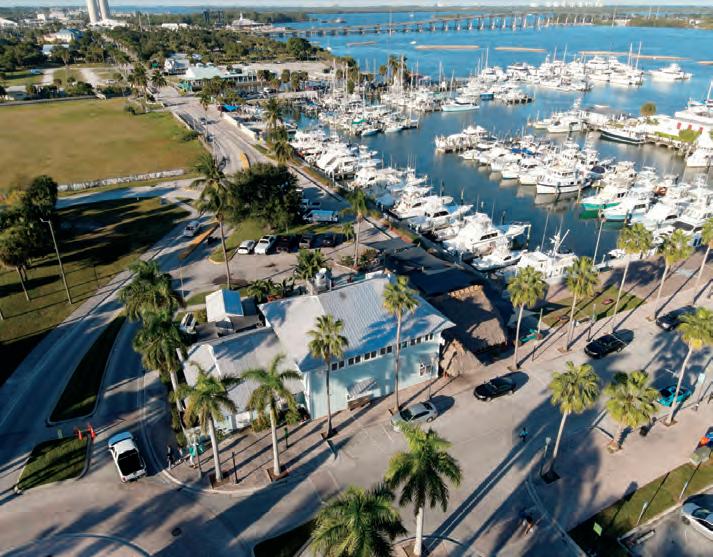
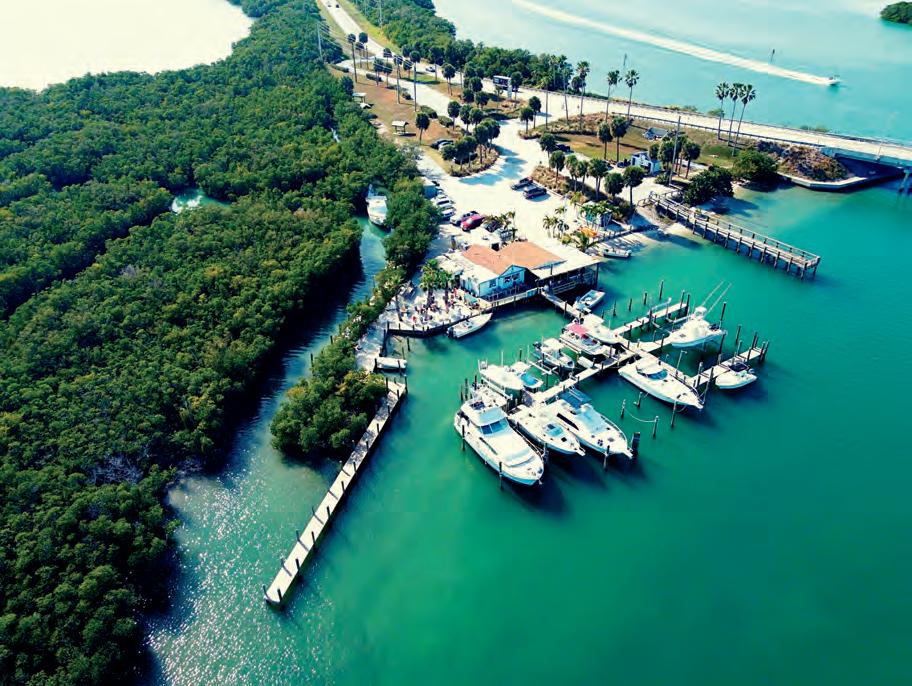


The Indian River Lagoon has been called the most biodiverse estuary in North America. Some have claimed that enough species have become locally extinct that the Lagoon can no longer claim the title, but no one has yet suggested which other estuary deserves the title. Estuarine diversity hotspots describe locations where freshwater meets salt and the number of species greatly exceeds the surrounding area. The diversity of the Indian River Lagoon is astounding, more than 600 fish species can be recognized within a 10 mile radius of the St. Lucie Inlet. The Indian River Lagoon occupies a very special geographic location where more than ten ecotones meet (transitions between ecological communities), the Tropics meet the sub-tropics, the Gulf Stream meets the continental shelf, and several weather systems converge. The Indian River Lagoon is truly the treasure of Florida’s Treasure Coast.
The biological diversity of a system reflects
its resiliency, or its resistance to stress. Biological diversity evolves to take advantage of available niches or limited resources. The Indian River Lagoon system is about 156 miles long running on Florida’s east coast from the Loxahatchee River to the Halifax River, or Jupiter to New Smyrna. The Indian River Lagoon ecosystem developed over the past 5,000 to 7,000 years with a water surface area of 353 square miles and limited watershed of about 893 square miles as an oligotrophic (low nutrient) estuarine system with few inlets to the sea. The ecosystem relied mostly on atmospheric nutrient input: rainfall and dry deposition, groundwater seepage and small tributary creek runoff. Huge seagrass meadows and attached epiphyte algae were the primary producers and nutrient converters. Thousands of species specialized and adapted to this limited nutrient system and thrived.
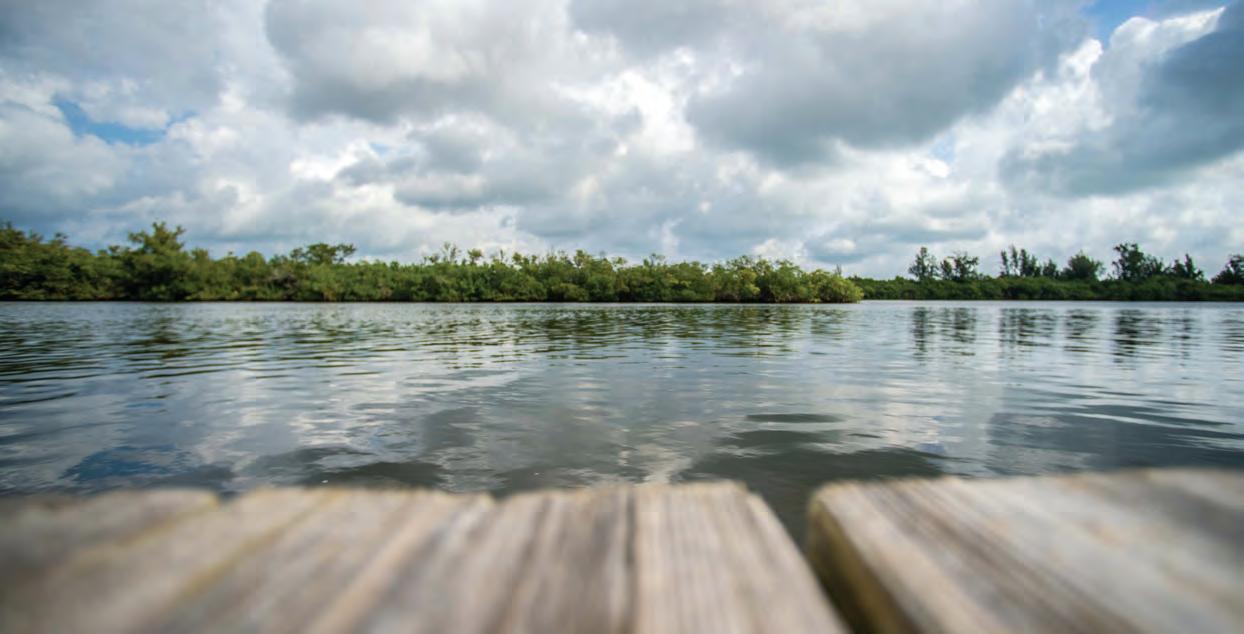
The 20th century wrought massive change to coastal Florida’s topography and hydrology.
Aggressive canalization for agricultural, urban and transportation infrastructure development have hugely expanded the Indian River Lagoon’s watershed and relocated large volumes of nutrients to the Indian River Lagoon’s system ecology.
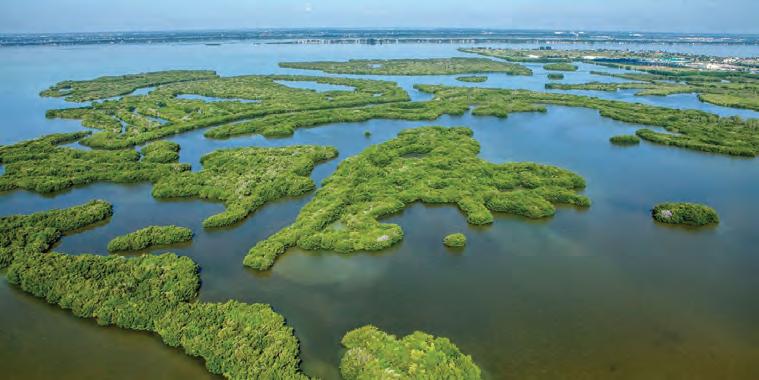
The system is shifting in the 21st century from oligotrophic to eutrophic (highly productive) with a shift in primary productivity from seagrass to phytoplankton (suspended algae). This shift in the trophic food web—the decline in seagrasses and the combined disruption in hydrologic and nutrient dynamics have begun a serious ecological degradation and reduction in resilience. The damage to local economies and human quality of life is already evident.
What had been highly productive fisheries and shellfisheries have gone into decline and at or near a tipping point. Phytoplankton blooms reduce light penetration essential to seagrass photosynthesis, they have become harmful algal blooms releasing toxins and becoming part of a “Muck Flux” that cycles accumulated nutrients into a bloom and bust that eventually reduces dissolved oxygen, and increased turbidity and leads to “fish kills”. The non-organic sediment loads transported by tributaries to the Lagoon stirred up by weather and wake runoff and dredging have become triptons that are also largely responsible for light attenuation.
What the state and municipalities have been able to accomplish through regulation and mitigation have not been nearly enough to reverse the decline in this impaired water body. The stakes couldn’t be higher. We are at the point where the foundations of our social and economic lives are also at a tipping point. More species are becoming extinct at a faster pace than ever before. The Indian River Lagoon deserves our protection and I feel that a National Park status is a viable way to create a Marine Protected Area that can receive National attention and Federal protections and resources.
If you are a business owner and would like to learn more about the benefits of supporting Indian Riverkeeper, email Exec. Director Jim Moir at keeper@theindianriverkeeper.org or call (772) 341-4953. Contact us if you are interested in volunteering at future events, which we will announce on our Facebook page, “Indian Riverkeeper.”

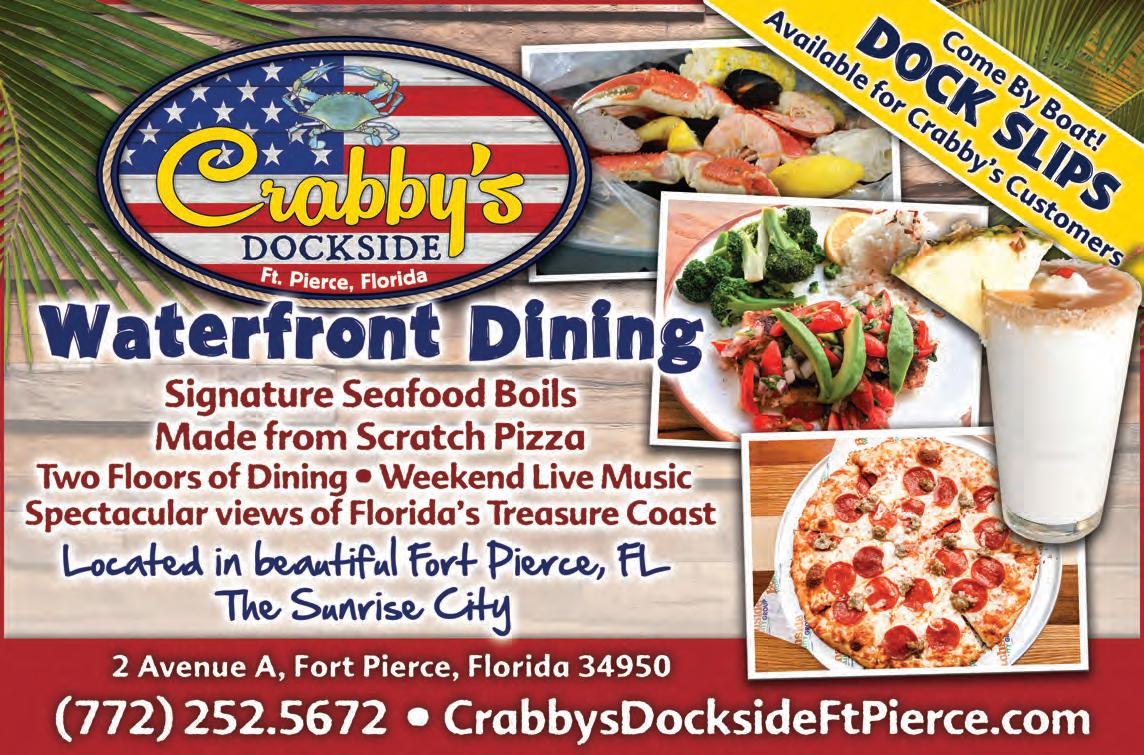
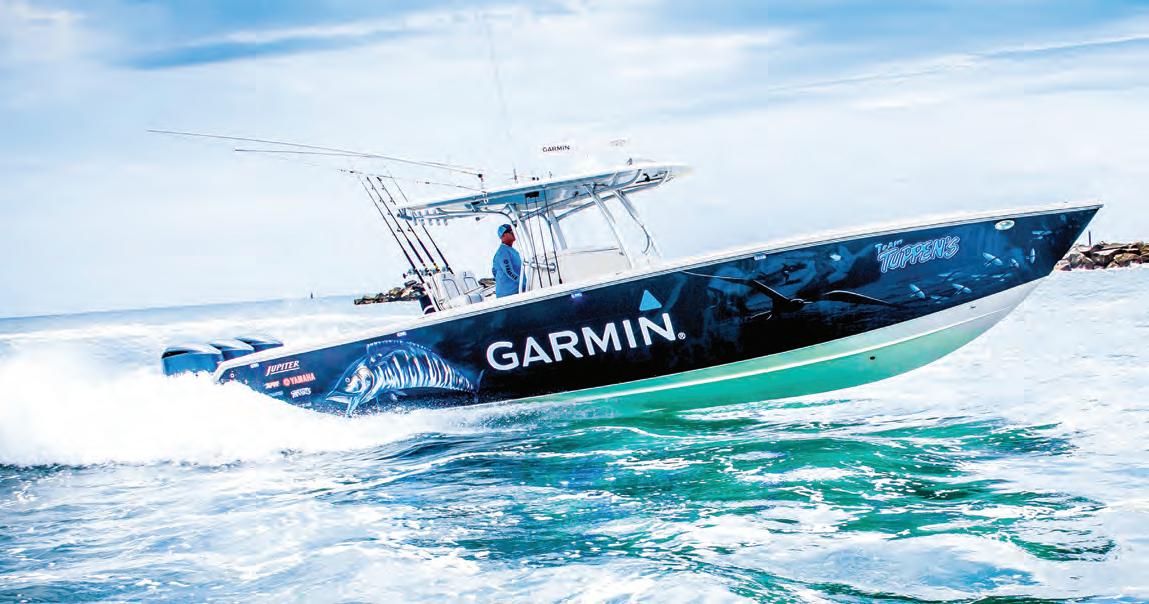













• 1 whole Florida flounder, cleaned with head removed
• 2 cups fresh Florida arugula
• 1 teaspoon butter

• 1 teaspoon seafood seasoning blend
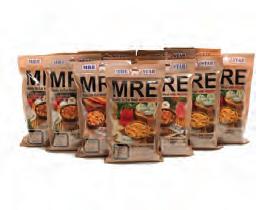

• 1 lemon, juiced
• 2 tablespoons parmesan cheese, grated
• 1 teaspoon olive oil
• Sea salt and fresh ground pepper to taste
PREPARATION:

Preheat oven to 350 degrees. Preheat a medium sized oven safe sauté pan over medium high heat. On a clean cutting board, make several slices into the thickest part of the fish all the way to the bone.
Use most of the seasoning blend to season the outside of the fish making sure to get the spice mixture into the fresh cuts. Add the butter to the preheated sauté pan, and carefully place the fish top side down. Cook the fish for two to 3 minutes until a light crispy crust is formed. Carefully flip the fish over and put the whole pan into the preheated oven. Let the fish cook for another 8 to 12 minutes or until it is just cooked throughout. Remove the pan from the oven and let it rest.
In a medium sized bowl, add arugula, half the lemon juice, olive oil and parmesan cheese. Stir ingredients to coat and adjust seasoning with salt and pepper. Carefully transfer the cooked flounder to a large plate. Add the completed arugula salad to the plate with the fish on it. Squeeze the remaining lemon juice over the fish and sprinkle any remaining seasoning blend over the entire dish.
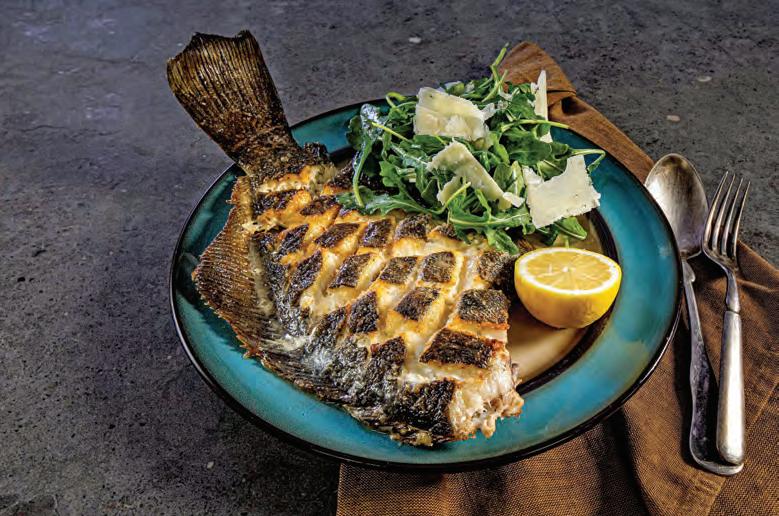
Get more recipes at followfreshfromflorida.com.


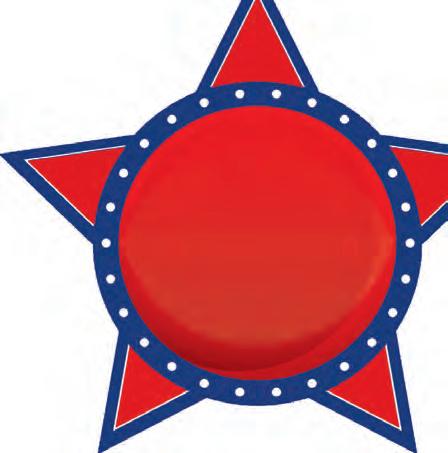

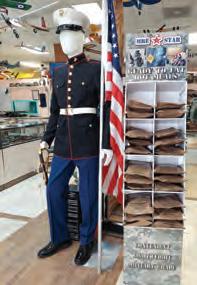




Area boaters and spectators won’t want to miss the 52nd annual St. Lucie River Blessing of the Fleet and Marine Parade, scheduled for Saturday, Feb. 18, 2023.
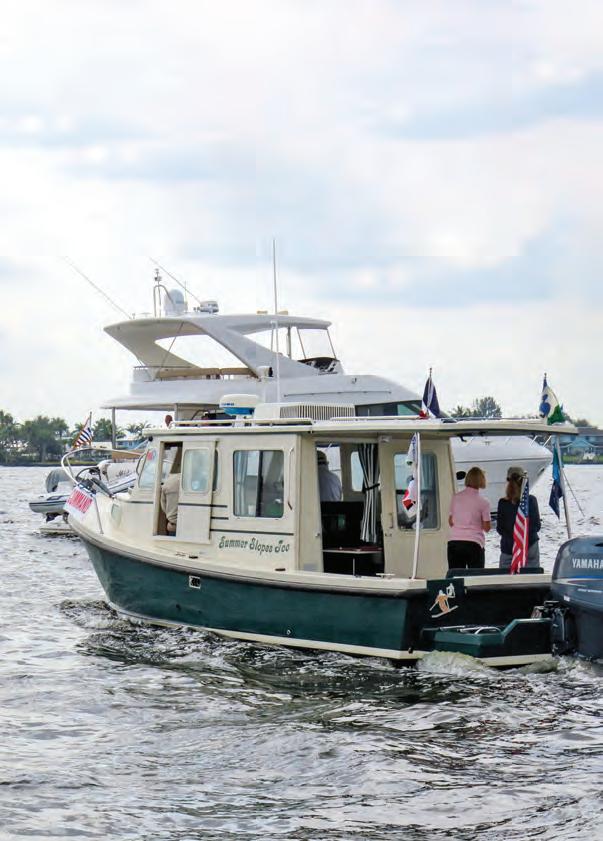
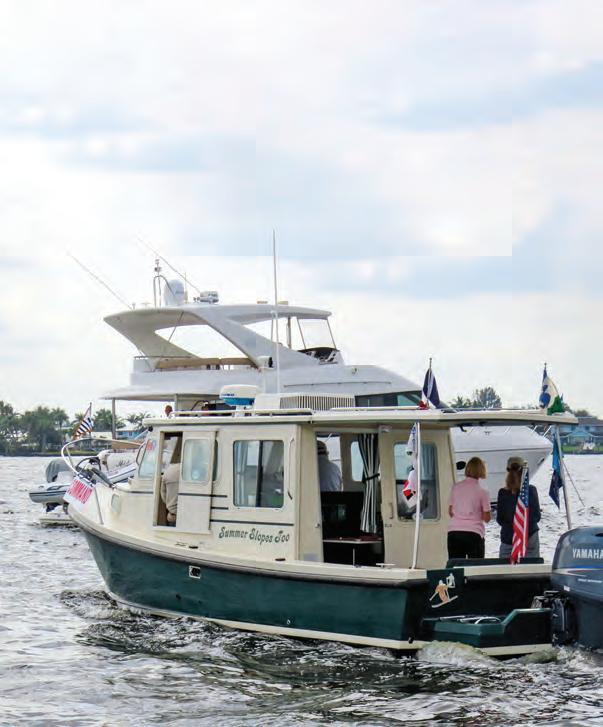
This traditional and historical event had its beginning with early fisherman asking their clergy to bless their ships, crew and catch. The Blessing of the Fleet and Marine Parade, which began in 1971, now mirrors similar events held worldwide. The event not only includes local commercial fishermen, but yacht clubs, marinas, yacht brokers, sailing clubs, U.S. Power Squadron, U.S. Coast Guard Auxiliary, and independent owners – sail or power, all are welcome to participate.
In early years, the St. Lucie River Blessing of the Fleet the Evinrude family with Mr. and Mrs. (Frances Langford) Evinrude volunteered their personal yacht, Chanticleer, for the event. The couple also contributed a large trophy currently held by the host yacht club in the memory of Mr. and Mrs. Evinrude. The parade will take place in
the north fork of the St. Lucie River beginning at 11 a.m. After forming in the northern area, according to prior assigned buoy markers, all boats will proceed south along the western bank to the anchored reviewing boat. Summer Slopes Too (pictured), captained by George Kay of the St. Lucie River Power Squadron, will be the lead boat in this year’s Blessing of the Fleet on Feb. 18. The squadron is one of a dozen organizations participating in Stuart’s annual event.
The Blessing of the Fleet is a Florida incorporated, volunteer organization supported by the dues of its member yacht clubs. Each year additional donations and sponsorships are solicited for the benefit of the Rivers Coalition goals to promote a safe, healthy and ecologically balanced St. Lucie River estuary. Net proceeds are donated to the River Kidz Foundation.
member clubs and parade details, can be found at www.theblessingofthefleet.com.



The St. Lucie County Artificial Reef Program is collecting materials for upcoming deployments this summer. At least 1,500 tons of high quality, clean secondary concrete will be deployed in three separate 500-ton reefs near the three FishAmerica Foundation reefs on the. Lee E. Harris Memorial Site. More than 1,000 tons of concrete drainage structures were delivered by American Concrete Industries Precast last year. An additional 500 tons of concrete bog poles from an FPL contractor, light poles from the City of Port St. Lucie, Fort Pierce Utilities Authority, and other materials from many
other sources have been delivered to the County’s stockpiling area at Harbour Pointe Park.
The type of materials used in reefing is very important to the health of the reef. All materials must be free of contaminants. Usually, larger bulkier materials and light poles are both available. This is important because bulkier materials provide habitat for benthic fishes living at or near the seafloor. If longer objects such as light poles are deployed after the bulkier
materials, some of the poles will land cantilevered on of the first pile of materials, and stick high into the water column. This attracts pelagic species like mackerels and sailfish, depending on depth. An example of this attraction can be seen on video of a sailfish being caught on the Blake Charron Foundation Reef (https://www.stlucieco.gov/ departments-and-services/publicworks/artificial-reef-program). Materials donated by Audubon
Development will create a third type of habitat. Small cracks and crevices formed between their concrete boulders will be ideal for smaller, cryptic species to hide from larger fish.
Money for the concrete deployments has come from a grant from the Florida Fish and Wildlife Conservation Commission (FWC). Since 2005, the FWC has benefitted the St. Lucie County Artificial Reef Program with more than one
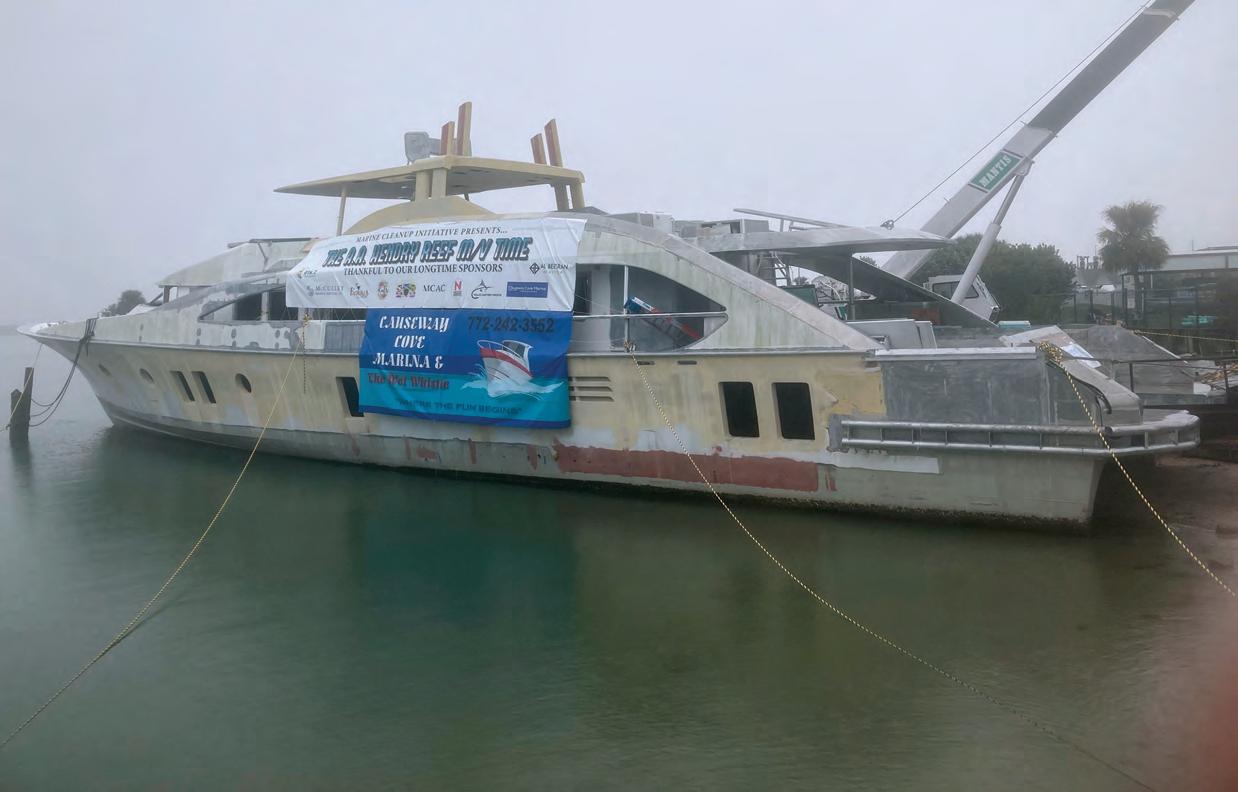
million dollars in grant funding. Much of the funding originates from excise taxes that fishers and divers pay on their outdoor gear. This funding has helped the St. Lucie County Artificial Reef Program become one of the most active programs in the State.

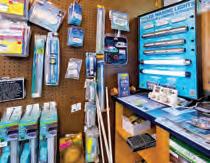
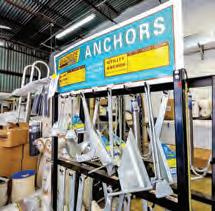


The larger reef complex will consist of several 500-ton reefs between the three FishAmerica Foundation reefs deployed in 2009. The reefs will be separated by just a few yards and can be used by both recreational fishers and divers.
Reefs in this area have attracted schooling baitfish and many species of sportfish. Because of the relatively wide footprint of these reefs, it is hoped that other ecological functions will result from the reefs’ design. This will be determined with the use of an acoustic receiver placed near the reefs. Acoustic receivers on the Civic Center Reef and the Bob Herbst Junior Reef have already detected thousands of fish including migratory cobia (Rachycentron canadum) and schooling lemon sharks (Negaprion brevirostris),
and demonstrated the importance of artificial reefs in the life history of many fish species and in the connectivity between artificial reefs and other habitats.

The 501(c)3, Marine Cleanup Initiative, Inc. (MCII) and McCulley Marine Services (MMS) continue to prepare the M/V Time, a 127-foot vessel built in 1987.for reefing. Large cranes from the vessel have been removed and MMS has stripped paneling from the bulkheads and removed several dumpsters of debris. Hopefully this boat will be deployed
within the coming weeks and become the A.A. Hendry Reef. In addition to receiving a donation from Gary Hendry for the deployment of the Time, MCII continues to raise funds for deploying additional vessels and has raised almost $9,000 through January.


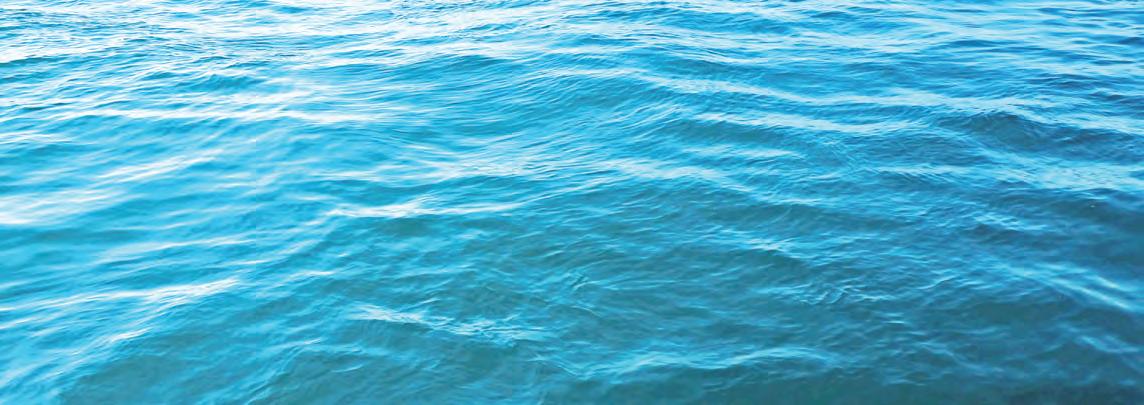
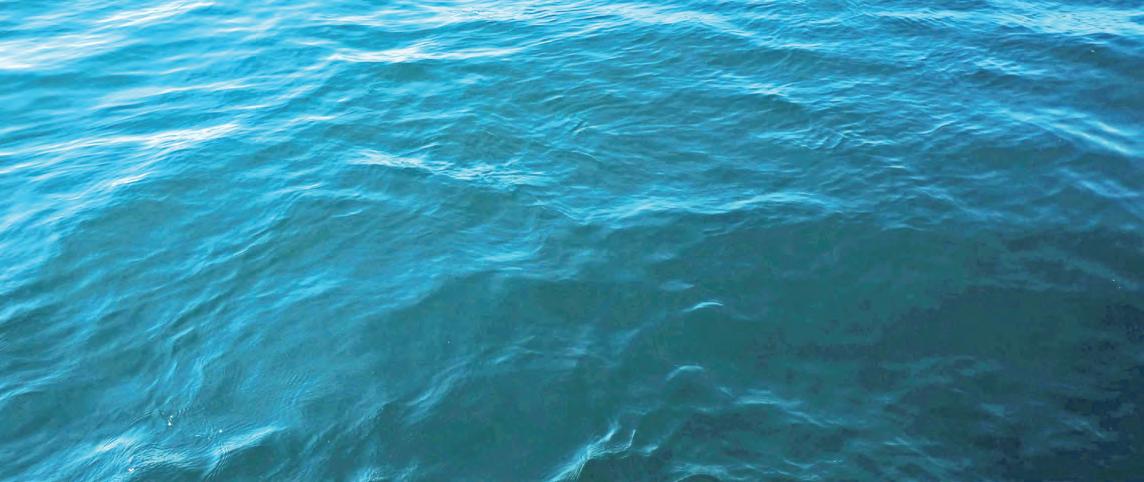
For more information on the St. Lucie County Artificial Reef Program, contact Jim Oppenborn, St. Lucie County Coastal Resources Coordinator, at oppenbornj@ stlucieco.org or (772) 462-1713.
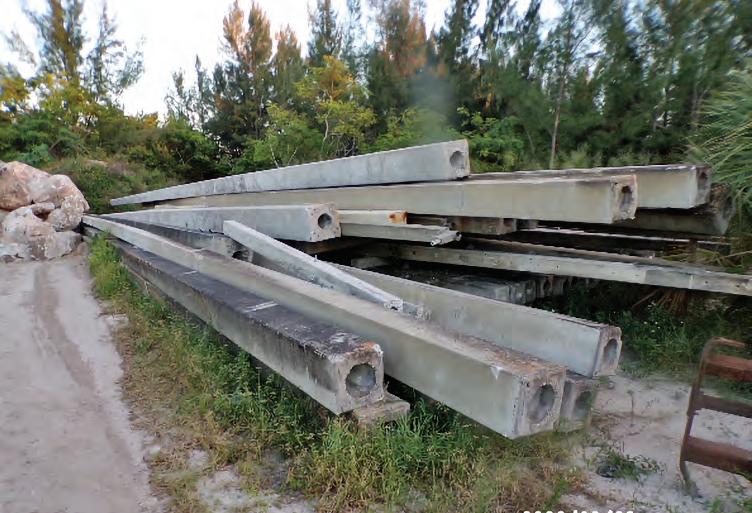

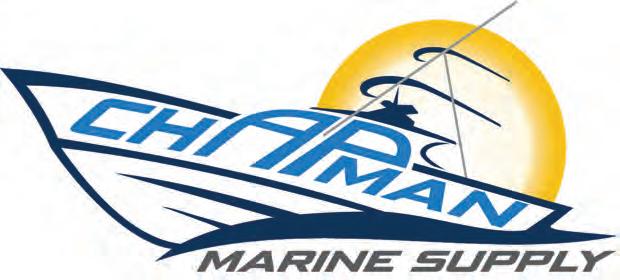

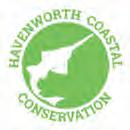
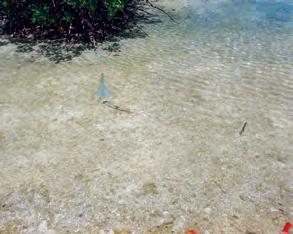
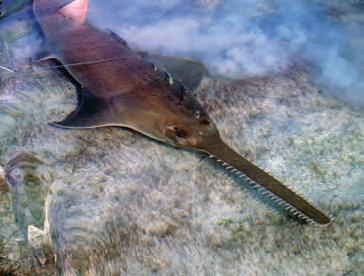
The population of smalltooth sawfish (Pristis pectinata) in the United States was once found in coastal waters from Texas to North Carolina. However, smalltooth sawfish populations declined dramatically during the second half of the 20th century due to the loss of important nursery habitat from coastal development and decades of mortality in both commercial and recreational fisheries. Smalltooth sawfish are now found mostly in Florida, and regularly found only in southwest Florida around Everglades National Park. In response to the dramatic reductions in both their numbers and range, NOAA Fisheries listed the U.S. population of smalltooth sawfish as an endangered species under the Endangered Species Act (ESA) in 2003.
The goal of the Endangered Species Act listing is to recover the population to the point that it no longer needs the protections of the ESA. After the listing NOAA Fisheries developed a plan to recover the U.S. smalltooth sawfish population. Published in 2009, the plan recommends specific steps to recover the population, focusing on (1) educating the public to minimize human interactions with sawfish and any associated injury and mortality, (2) protecting and/ or restoring important sawfish habitats, and (3) ensuring sawfish abundance and distribution increase.
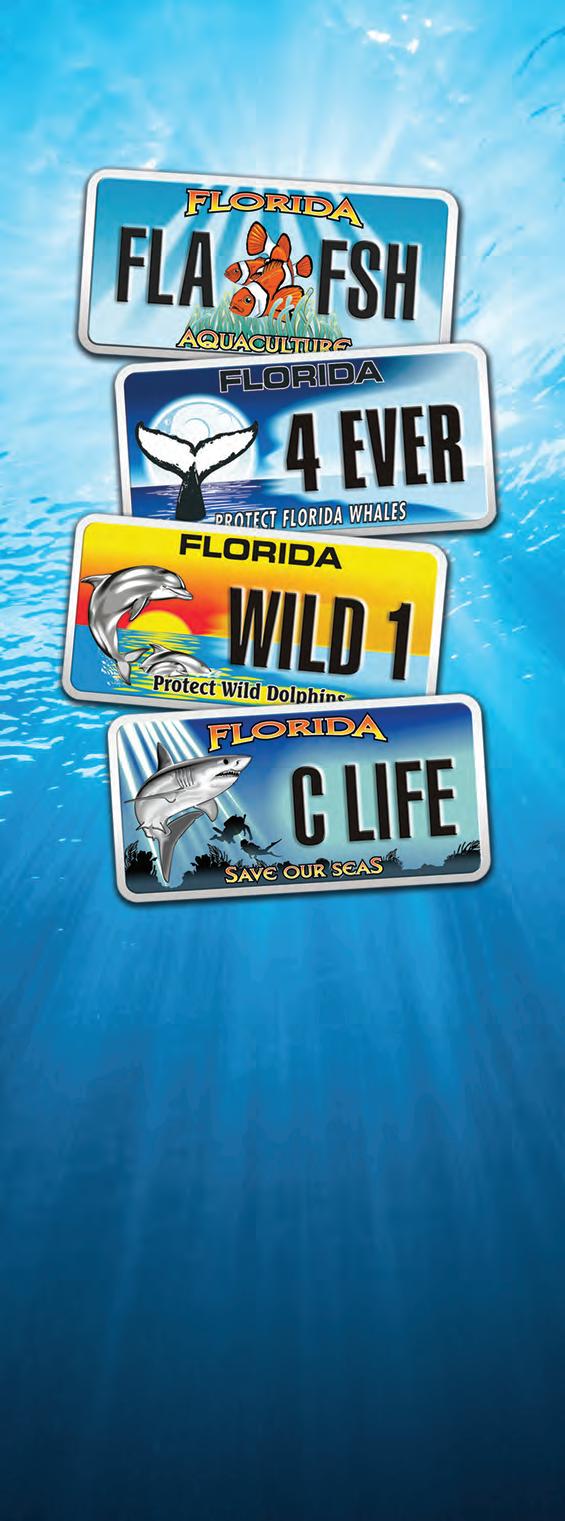
Newborn sawfish, like many other marine species, use specific habitats referred to as nurseries to protect small sawfish from predators and provide ample food for quick growth. Young sawfish often rely on shallow estuarine habitats fringed with red mangroves, but development has changed or destroyed much of this habitat which potentially affects in which areas sawfish can give birth and the juveniles can survive. Protecting these nurseries is vital to the recovery of the species so NOAA Fisheries designated two areas as Critical Habitat for juvenile sawfish in 2009: one in Charlotte Harbor and one in the Ten Thousand Islands/Everglades. It is important to note that the designation of an area as critical habitat does not create a closed area, marine protected area, refuge, or other conservation area. However, it ensures that federal agencies that undertake, fund, or permit activities that may affect these designated critical habitat areas are required to consult with NOAA Fisheries to ensure that their actions do not adversely modify or destroy the designated critical habitat.
If you see or catch a sawfish, note its estimated total length, and the date, time, and your location with GPS coordinates if available. Scientists use your sawfish encounter data to track recovery of the population, and steer research and conservation efforts. Please share the information by visiting www. SawfishRecovery.org, calling 1-844-4SAWFISH, emailing sawfish@myfwc. com, or entering the details in the FWC Reporter App.
inter has now hit the area and as water temperatures cool off, spearfishing heats up. It seems like my entire year leads up to these few magical months of bluewater hunting. Without a doubt, there is nothing easy about hunting pelagic bluewater fish. For most freedivers, our relationship with wahoo has become more of a love/hate situation. I love the hunt, their majestic nature, and of course a freezer full of that premium sushi meat. However, on the flip side, getting that freezer full of meat is a daunting task for most divers.
Years ago, myself and a few friends decided we wanted to learn how to effectively hunt wahoo. This was before the YouTube how-to videos, magazine articles, and all the other information that is available today. Truthfully, it took two seasons and most of the time we were just burning fuel and countless hours trying to figure out a pattern for these fish. It took time, years at that, but we did figure out a basic formula to follow and it still holds true today. Fortunately for anyone looking to get started in the passionate chase of bluewater spearfishing, there are now mountains of resources to seek out! It has been a few years since I have written any articles on wahoo/pelagic spearfishing, so it made sense to focus on the recent changes in the fishery that will help you be successful. Not what gear to buy or how to find fish, my focus is more on what to do when you get that moment you’ve been waiting for.
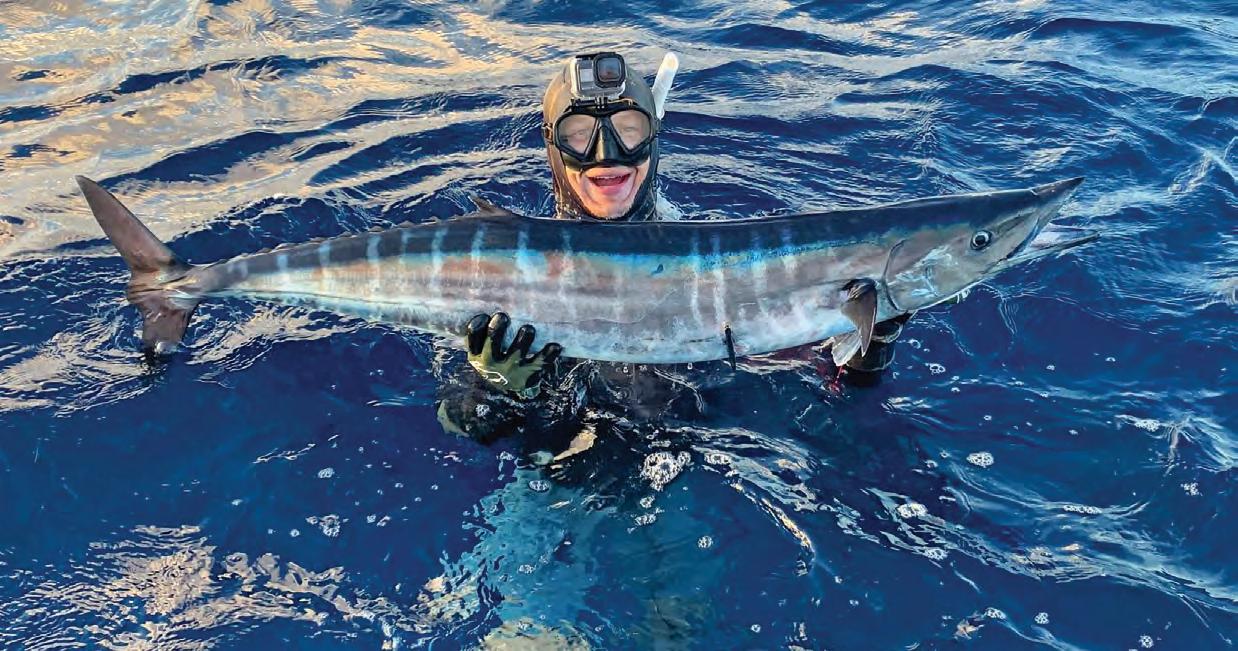

It’s not a secret, everything has changed over the past few years. More people live near the water, more people have access to the water, and local fishers have adjusted to the new pressures they face. Years back, wahoo acted just like you see on the videos. They would swim right up on the flashy piece of metal dangling on a string from the surface, while they pondered on if it was food or not a diver could dive down and place an easy shot. In my opinion these times are over, pressure has taught these fish to avoid divers and sometimes even their flashers. wahoo have been around a long time and they will continue to evolve and adjust to their predators like they always have. While they learn and pattern our moves, we must also adjust our techniques to stay a step ahead. I see a lot of people chasing hard after the fish, swimming in circles, slapping the surface, and throwing everything they have at them. This may be effective in other areas, however it doesn’t seem to work well here. When you see a wahoo and make your dive, that fish will come to a decision on what to do based on how you approach and portray yourself in the water. These fish know what we are doing and if they associate you as a diver that has shot at
them in the past, they will avoid you. From what I’ve seen in recent years, divers that rush down and try and get a quick shot before the fish swims away, rarely land the fish. Those divers that quietly enter the water, slowly approach, and wait get the kill. This isn’t exactly what everyone wants to hear, one of the attractions to wahoo is that they are beautiful big fish that you can shoot near the surface. Many like hunting them because it’s a trophy fish that they believe doesn’t require a lot of breath holding or depth skill. However, this is not true; those divers that can quietly approach and hold for a few minutes while the fish gets comfortable, often land their kill every drop they take.
Two or three years ago I missed a wahoo from what I thought was a guaranteed shot, following my advice laid out above and took a relaxed shot during a long dive. I did get a nice fish this day but missed what I found out later would have been the largest wahoo of my life. After reviewing the footage, I made a mistake by breaking one of my foundational rules of hunting wahoo. That rule being never take a shot until you can see the fine detail of the fish. The stripes on their side, the curve of their lateral line, and the detail in the eye.
When you see all this, you are close enough to shoot. Most of the fish we kill are between 35-45 pounds, which the fish I missed would have been if I hit it. However, the water was so clear that day and I did not wait to see the fine detail in the
fish, I missed it. The footage revealed the fact that this fish was much larger than I had thought, likely around 80-90 pounds.
He had a ton of mass and a belly on him like no other fish I have seen. My shot fell short and I watched him light up and swim away, to this day I know the mistake I made and haven’t made it again. Bluewater spearfishing is exactly what it is labeled as, hunting in clean blue water. It will make a 90 pound out of range wahoo look like a 40 pound in range wahoo. Approach slowly, don’t rush the shot, and pull the trigger when you can see the fine detail in the fish.
It happens, fish don’t always give you a shot, no matter what you do it sometimes just doesn’t work out. If that is the case, don’t just go for it. I hear all the time, “they were swimming away and I figured it was now or never.” If you don’t feel good about the shot, don’t take it, you will not land the fish. Know this, once you pull the trigger, that fish is as good as gone. You’ll watch him swim away, better educated for the next time he runs into a diver. When you find a spot that has wahoo, it’s because they are there for a reason. If you remain relaxed in the water and don’t pose a threat, you can do multiple drifts hunting the same fish. The right shot will come and your patience will pay off. If your shot doesn’t feel good, surface and reset, you will see them again.
Wahoo and other pelagic bluewater fish are hands down some of the most delicious, beautiful, and fun fish to hunt. They require a ton of gear, yield a lot of meat, and make beautiful trophies! As these fish continue to be pressured, we need to always stay a step ahead. When your chance does come, all of your hard work will be worth it. Hunting wahoo is a journey, there is nothing easy about it. Every fish I land is a true blessing and no matter what I come back to the dock with, the time drifting in blue water is priceless. The more patience people have in the water and with each other will allow us all to kill more fish. Relax on the water, around other boats, and on your dives. Approach the fish slowly, keep your heart rate down, and don’t pose a threat to the fish. When your chance on a wahoo starts to unfold, wait for the right moment, see the detail in your fish and place a shot that feels good before you pull the trigger. Enjoy every moment of the kill and all the meals to come! Dive Safe!
Capt. Tony Young is the owner and operator of Forever Young Spearfishing, offering spearfishing and custom charters in the Florida Keys. Contact him at (305) 680-8879 or via his website: www.diveyoung.com
BY CAPT. TONY ADAMSCody’s
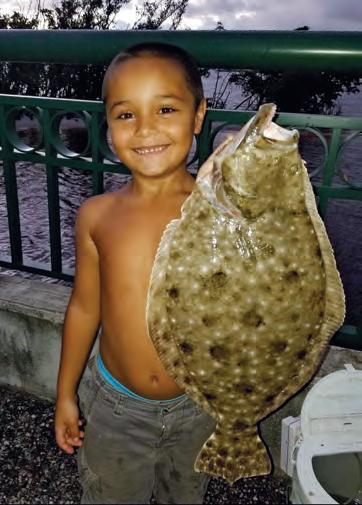
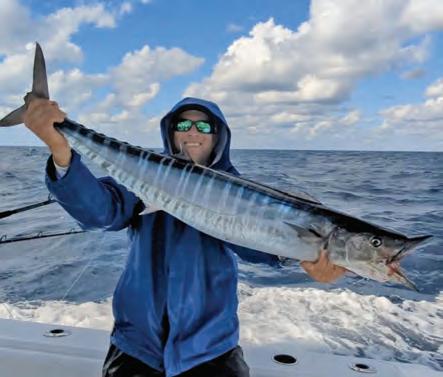
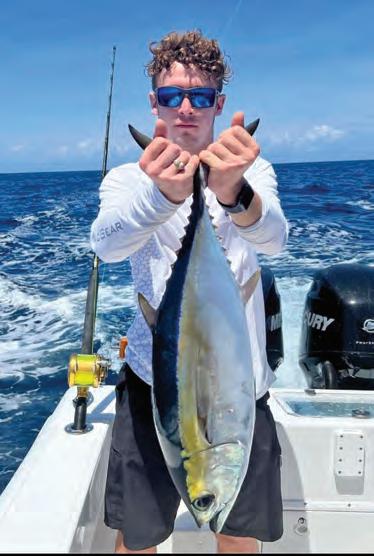
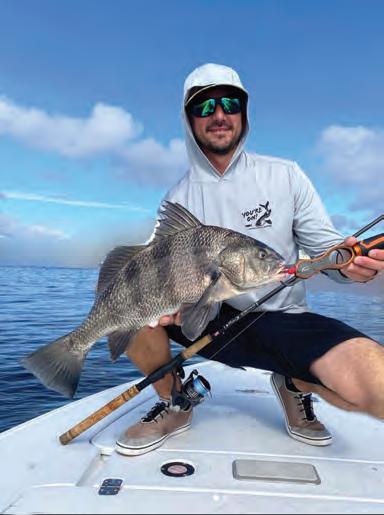
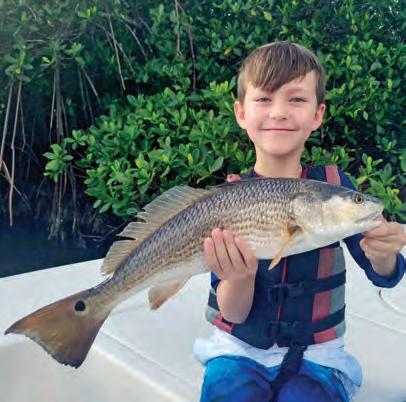
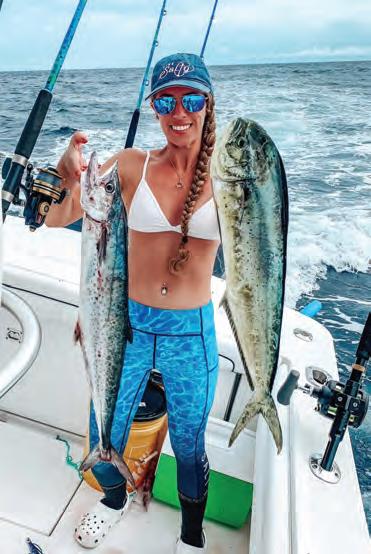



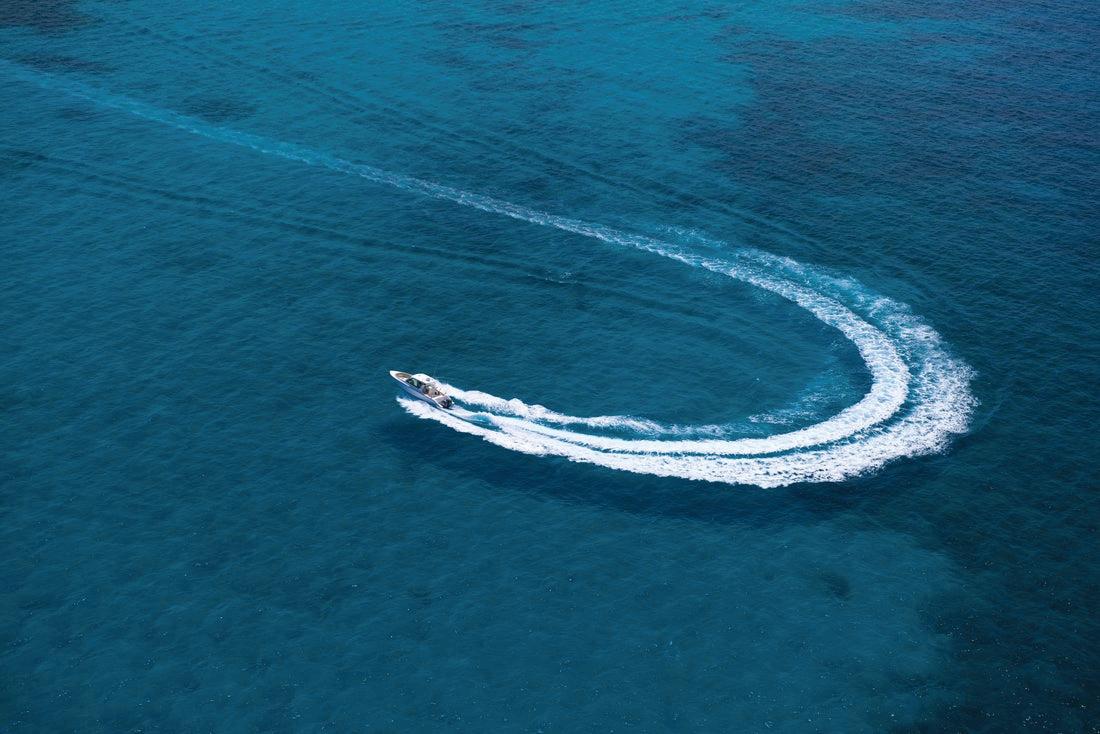


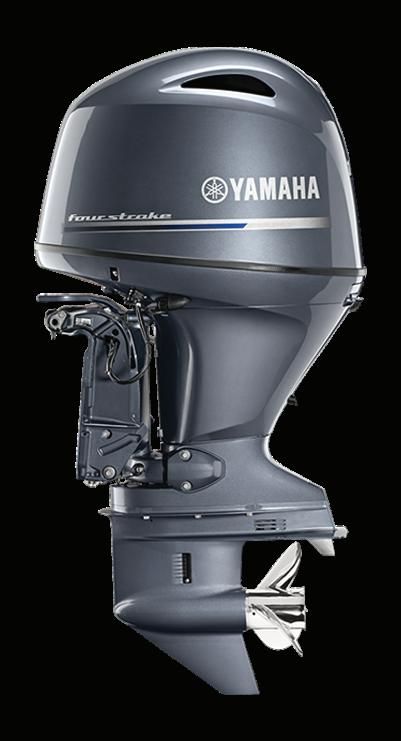
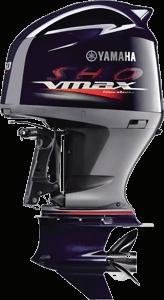


Over the next few months, waves of sh will ood the shallows to spawn. is presents the opportunity to catch some monster bass, and a plastic worm is always a main player for me when it comes to the spawn.
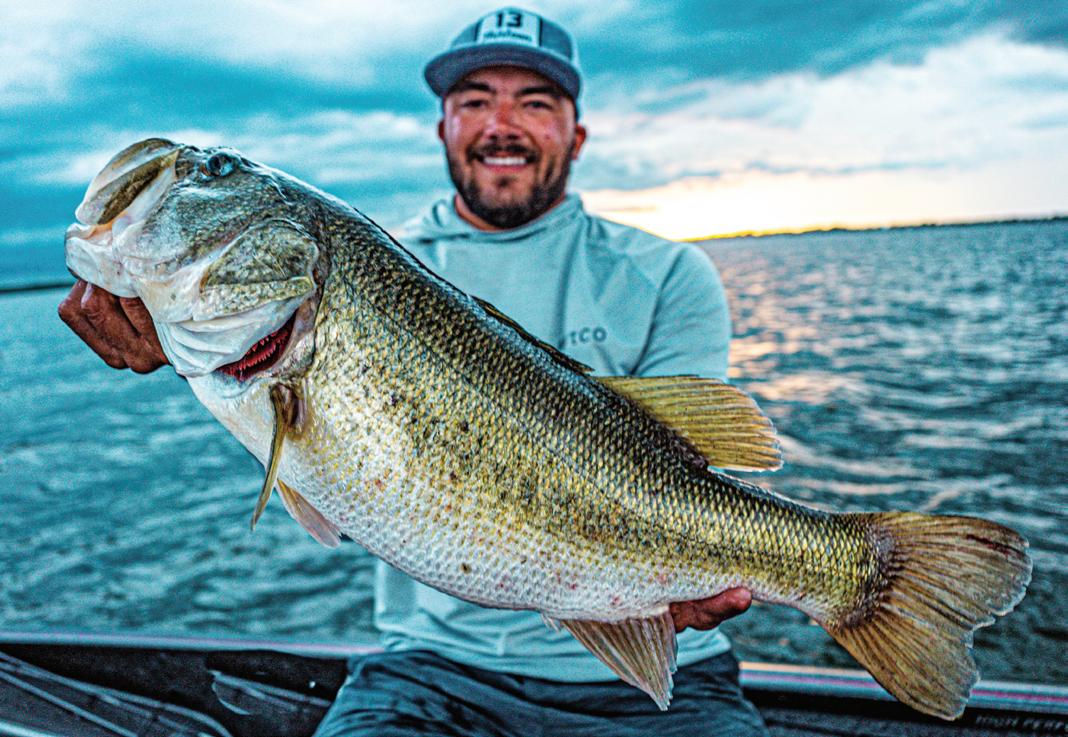

A Texas-rigged stickbait is a very common technique, but many people use it ine ciently by casting to a lot of dead water. I try to maximize productivity by casting to high-percentage targets. I focus on isolated cover. In the South, this could be small patches of grass and groups of pads, where spawning females are hidden from the naked eye. In other parts of the country, the structure might be wood or rock. Make multiple casts and work these areas slowly. I use a bigger-style stick bait, normally in the 6” version. Darker colors like a black and blue tip are my go-to. I use lighter 1/16- or 1/8-ounce weights to keep the bait looking natural. Use heavier line to cast around thick cover for large sh, but avoid braid which might be visible to sh in shallow water. I like 17- to 20-pound uorocarbon.
When I want to cover more water and locate sh, slowly reeling a big speed worm-style bait works great. e vibration the tail gives o drives sh crazy. It’s an awesome way to nd sh before slowing down to pick the area apart. I like darker colors like a junebug when the water has some stain and gravitate to more natural green pumpkin with some ake when the water is cleaner. I use ¼- to 1/8-ounce of weight and 15- to 17-pound uorocarbon.
A wacky rig is also e ective when sh are shallow. I sh it just like the Texas-rig in isolated cover, but I sh it weightless. is is great for heavily pressured sh. I use lighter line in the 10- to 15-pound range and a spinning rod for a wacky rig.
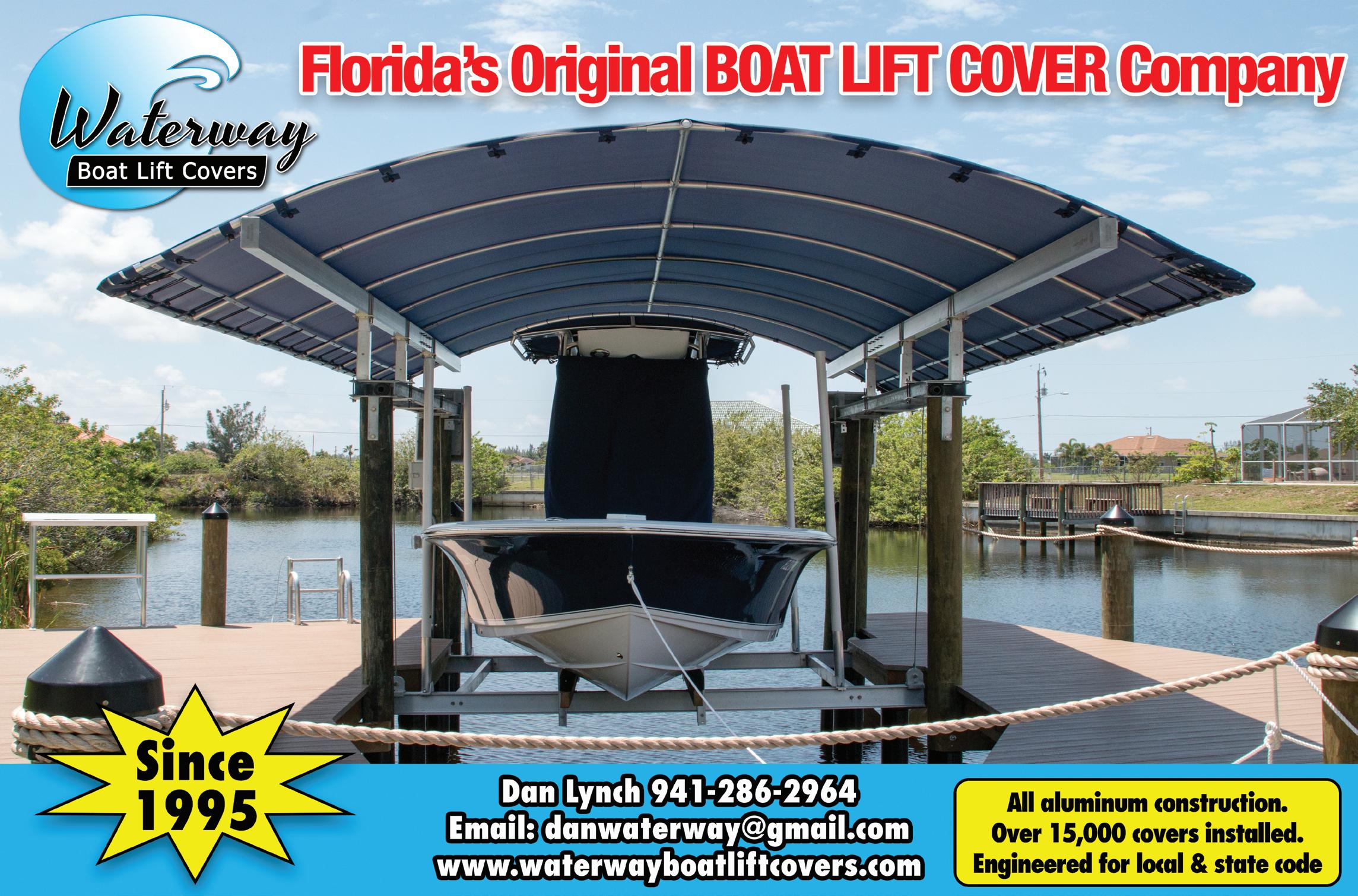
Flipping a worm is the last technique I will cover. is allows you to put a bait in places other styles don’t allow and e ciently pick apart heavy cover. I use a large Senko-style so plastic, and braided line is a must. I like 3/8 to ¾-ounce of weight, depending on the thickness of the cover. Remember, the only way to set yourself apart is to slow down and put your bait in places nobody else has.
Except for the wacky worm, rod and reel choices for each technique are similar. I like a longer 7’6” medium-heavy to heavy action rod for most worm shing. e 13 Fishing Omen Series has a few rods that are perfect for the job. I use a faster-speed reel like the Concept A 7:5:1.
For the wacky worm, I like a 7’ 3” spinning rod in medium-heavy. A reel with good drag is important, and I’d recommend the Axum from 13 Fishing.
Tyler Woolcott is a professional tournament angler and guide. Check out his website at www.tylerwoolcott shing.com.


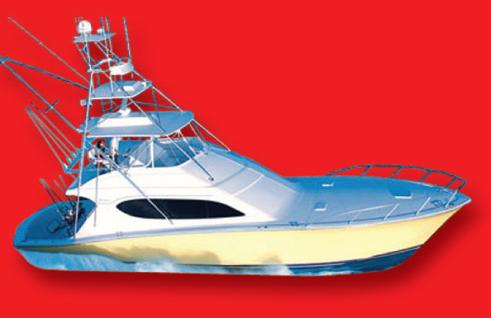
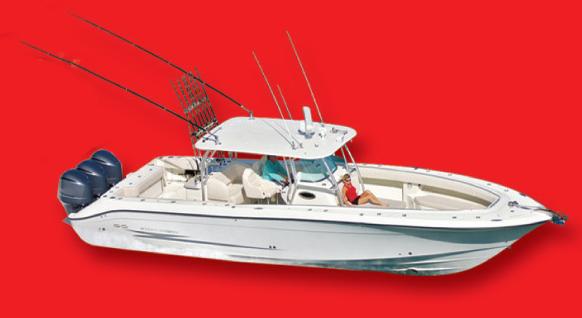
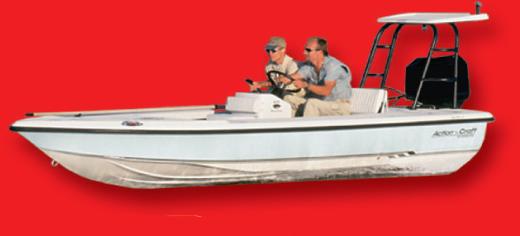


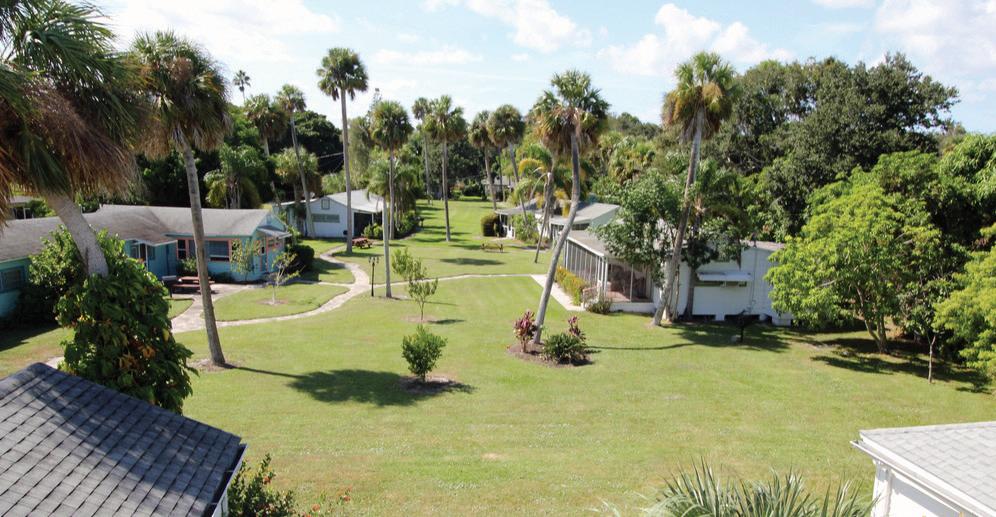
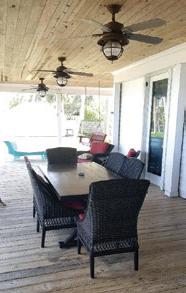
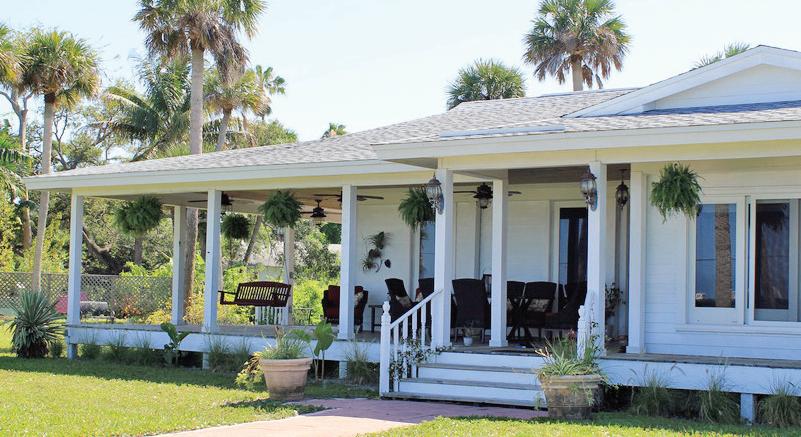
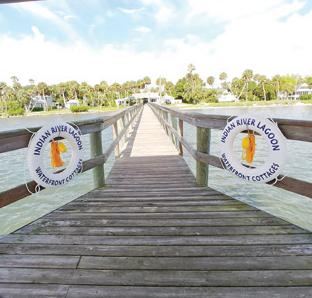
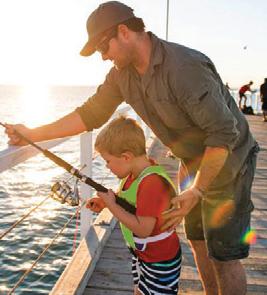




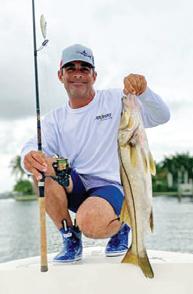


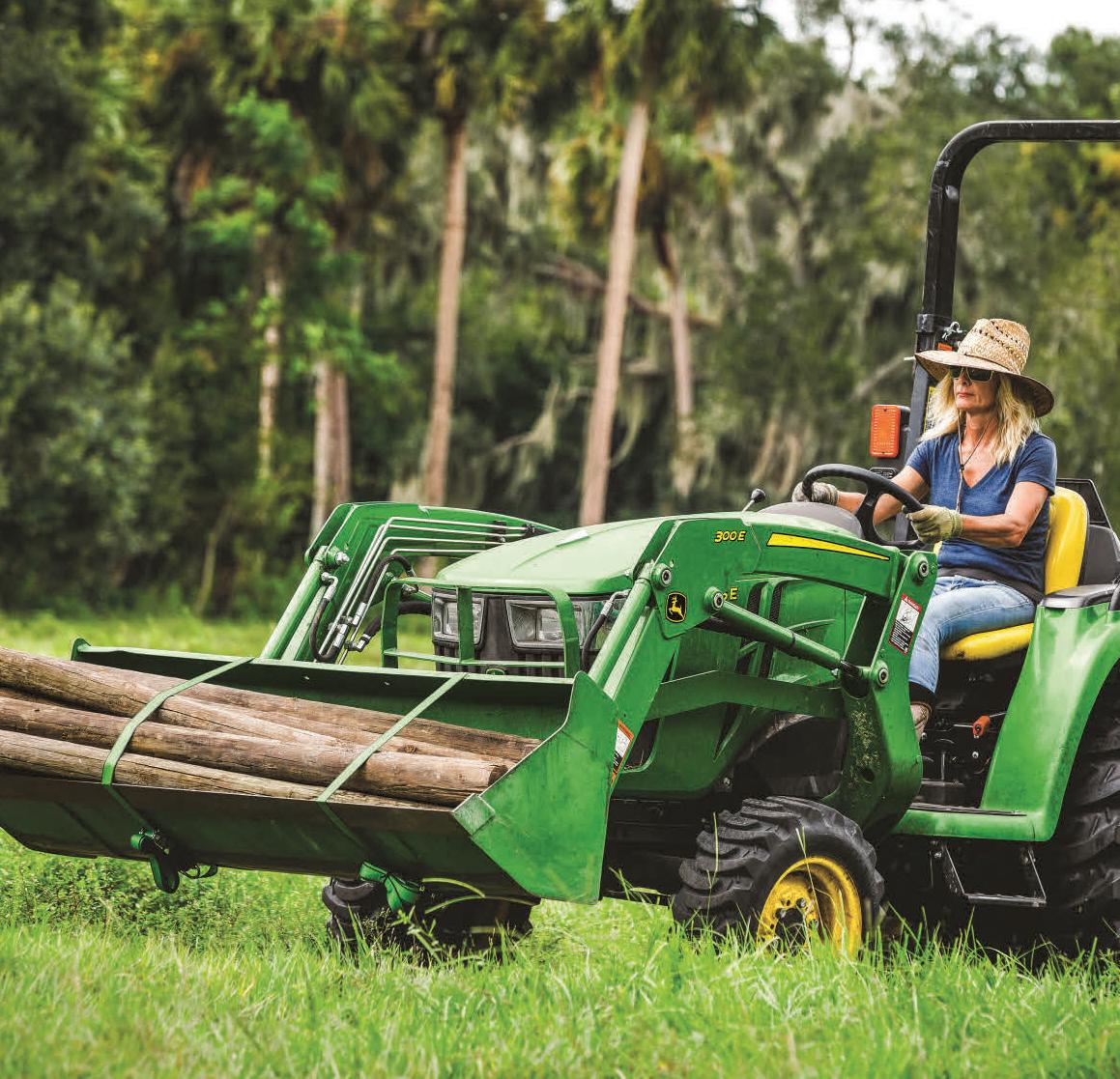





Since 1990, CraigCat has offered big performance in a compact, easy-to-use package! Their (DSTS) Dynamic Sport Tuned Suspension system, and (CHD) Calibrated Hull Design give you the smoothest ride and high-performance fun that no one else can duplicate, even in less than favorable conditions. Their (ASC) Automatic Stability Control gives the driver and passenger confdence in almost any conditions.





Whether it is fresh or saltwater, fshing or sightseeing, CraigCat has the right model for you! They have taken the CraigCat to a whole new level with the exclusive package. Loaded with amenities, the CraigCat E2 Elite features a premium JBL highdefnition sound system with USB and Bluetooth connectivity, custom deluxe bucket seats, full-width composite storage compartment, convertible Bimini top, ion docking, NAV, position, and LED courtesy deck light. They offer a wide range of accessories like the very popular GPS navigation system with down imaging sonar, wing storage racks for additional storage, polished stainlesssteel propeller, and the list goes on.

Portability is a big thing when it comes to boats. Not only is a CraigCat very portable with a total weight of 550 pounds, practically any car can tow a CraigCat with the combined weight of 800 pounds, boat and trailer. High quality and great value are what you get with a CraigCat.

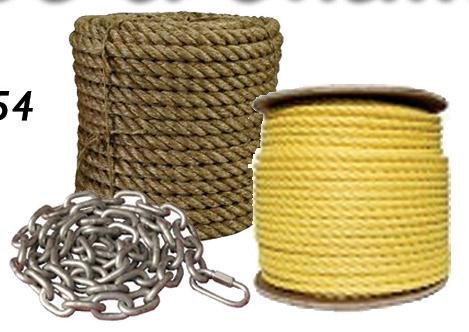
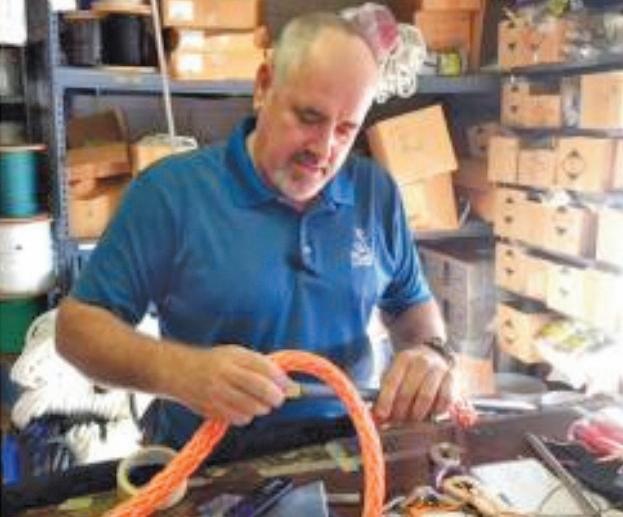





With costs sky rocketing out of sight in the marine business, the CraigCat is very affordable. The E2 Elite 25hp model complete is only $13,485!
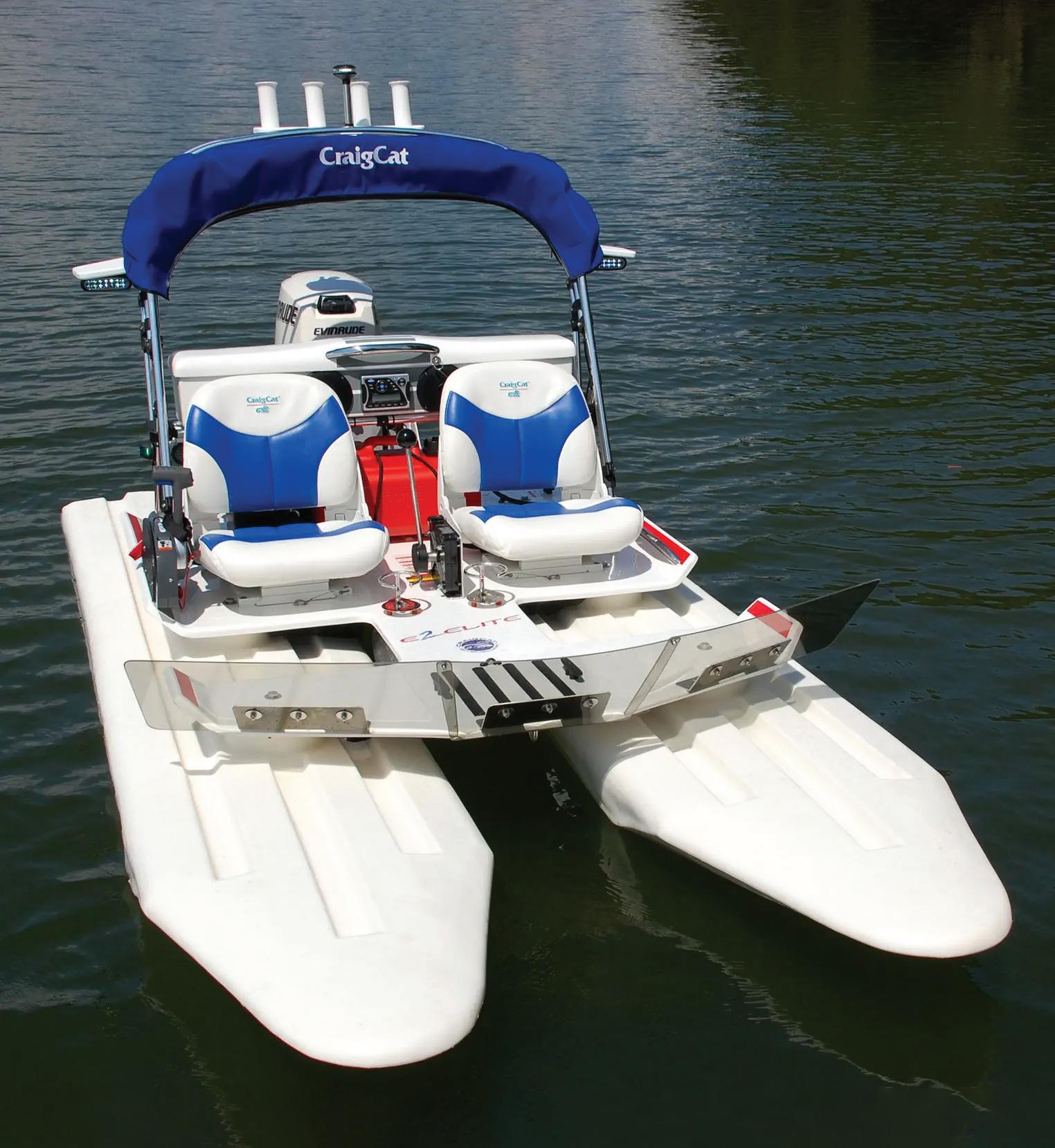
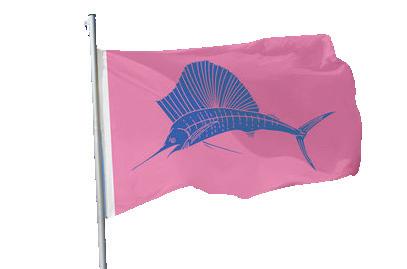

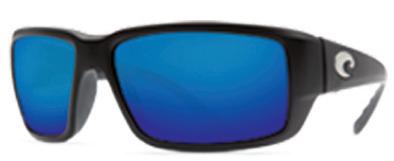



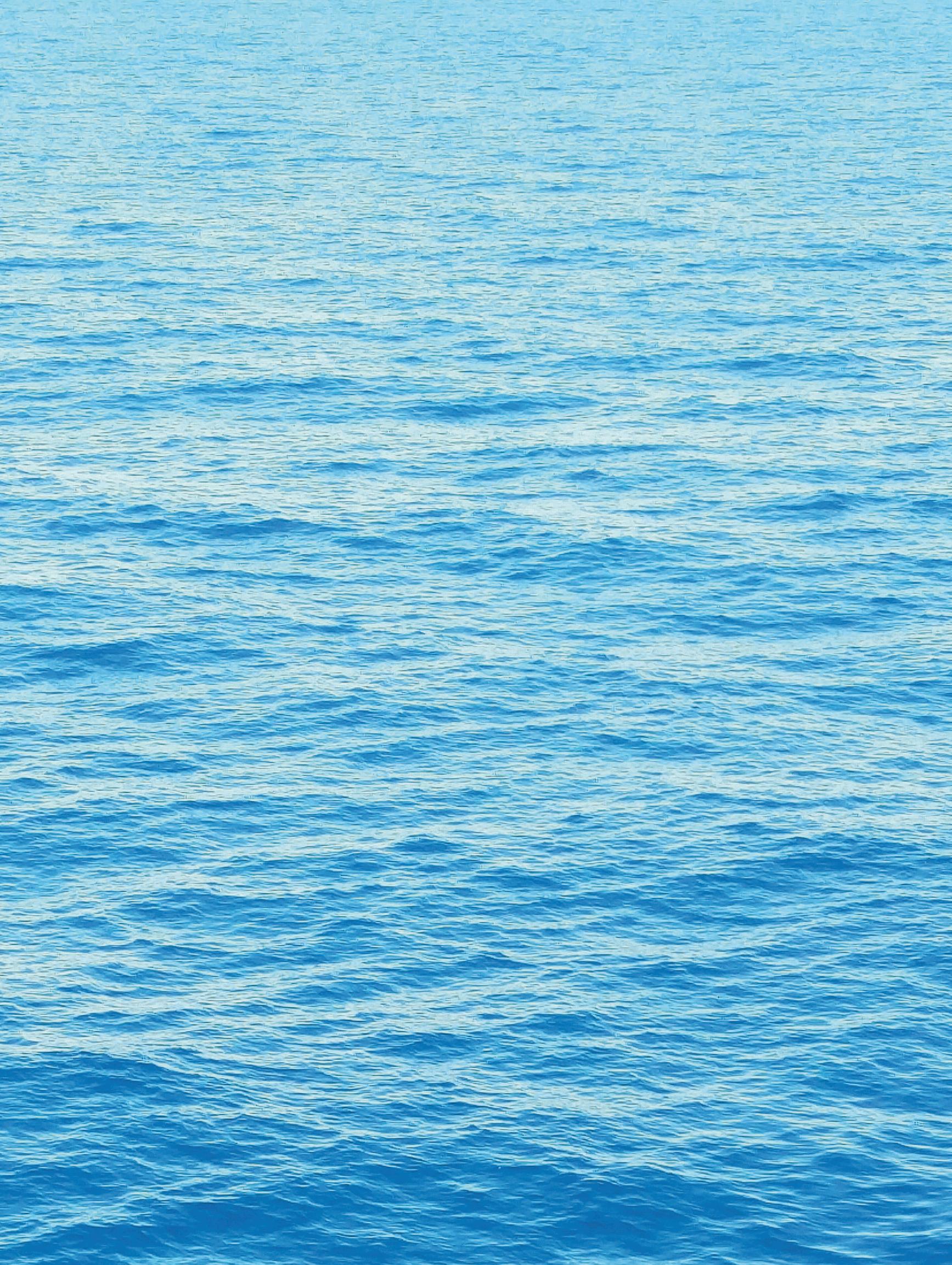
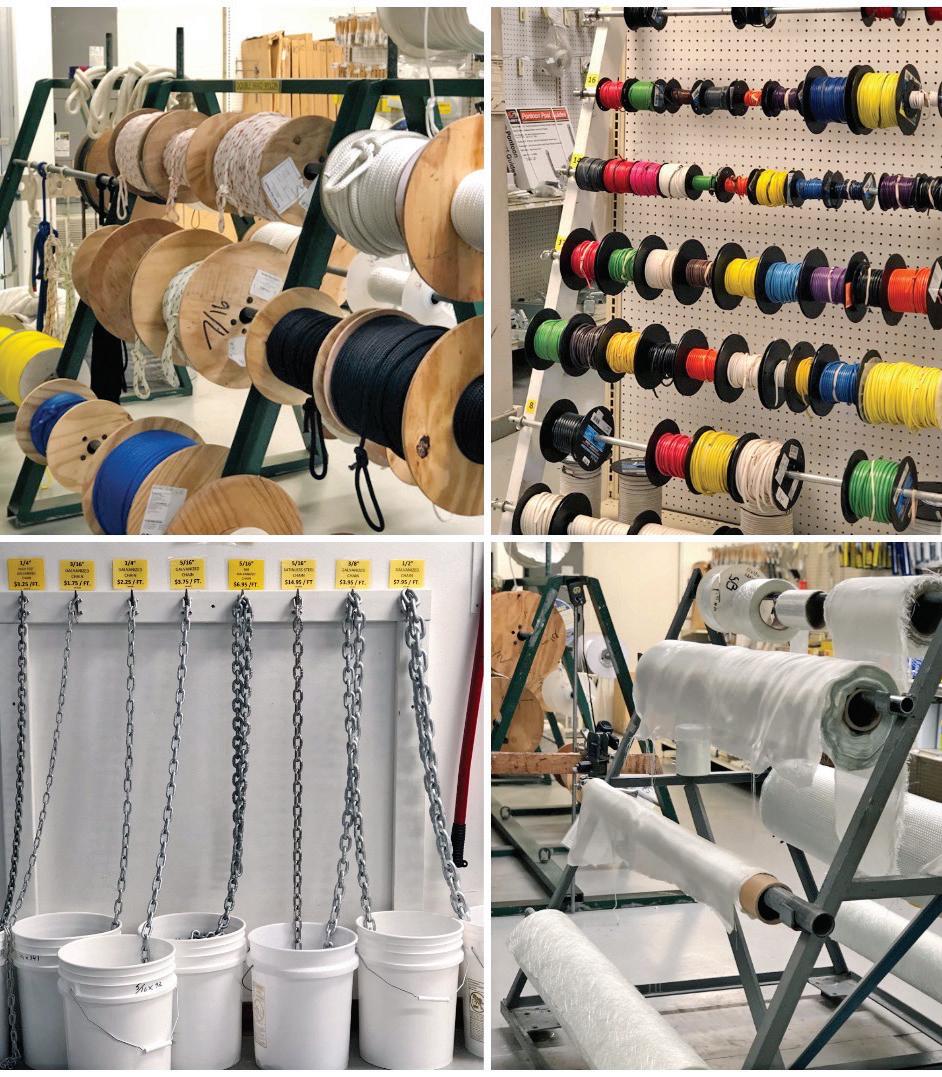
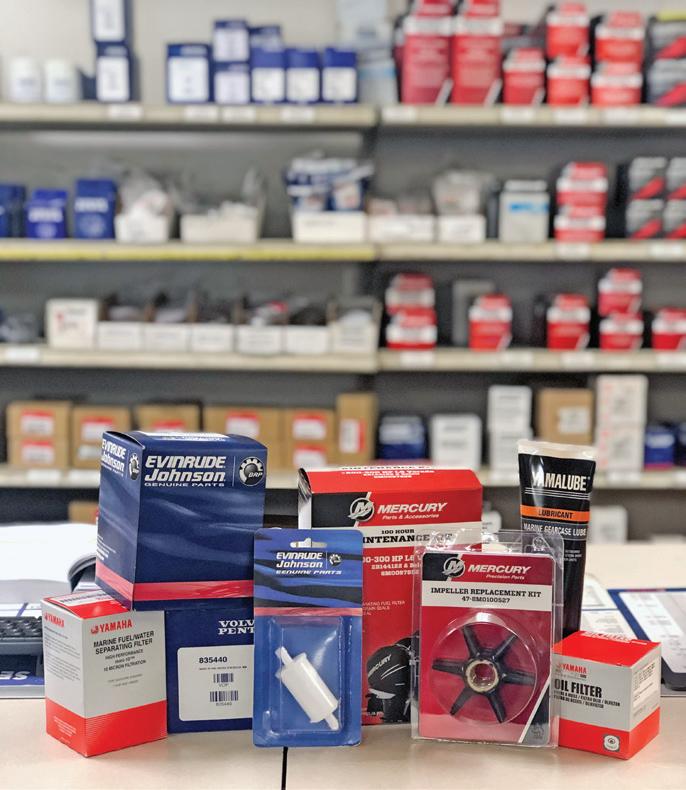
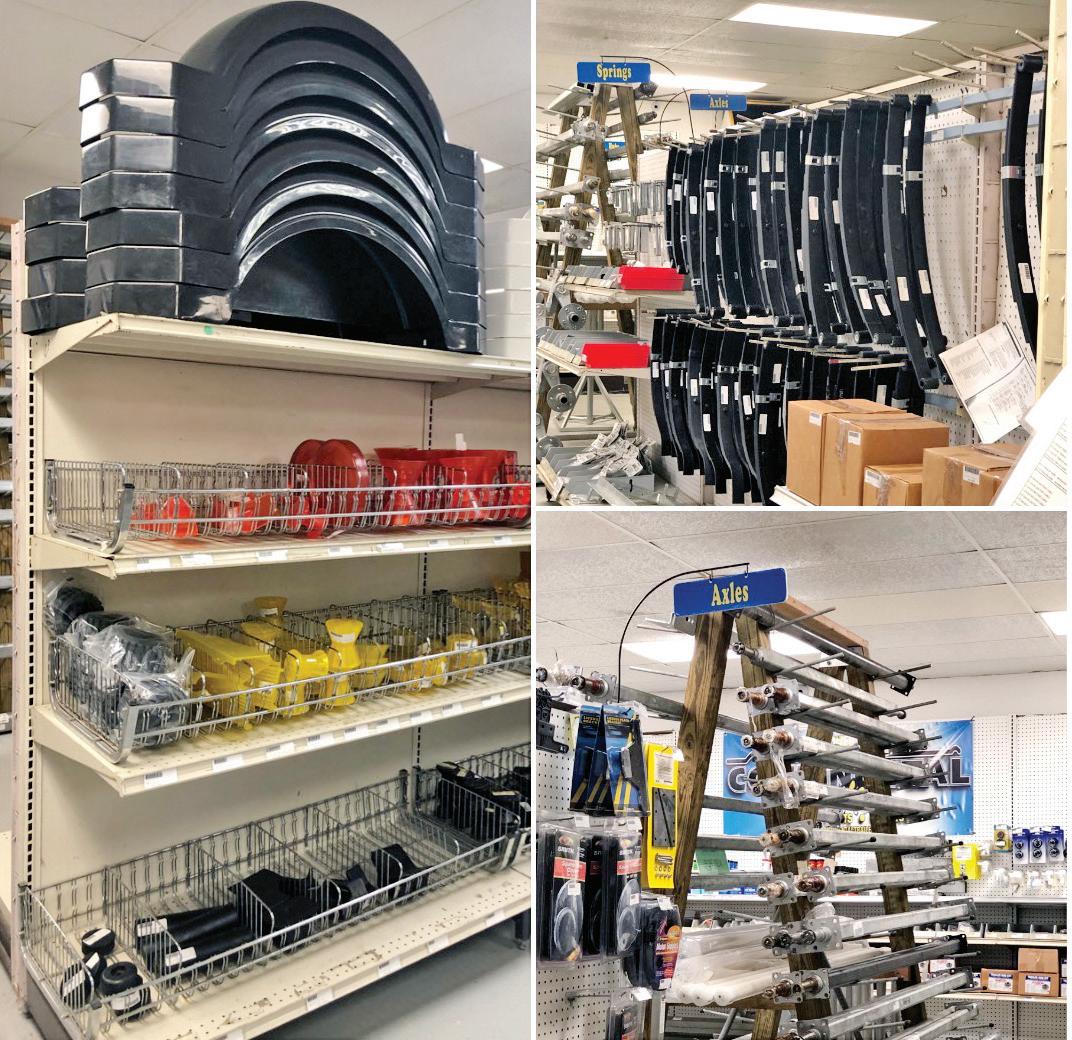
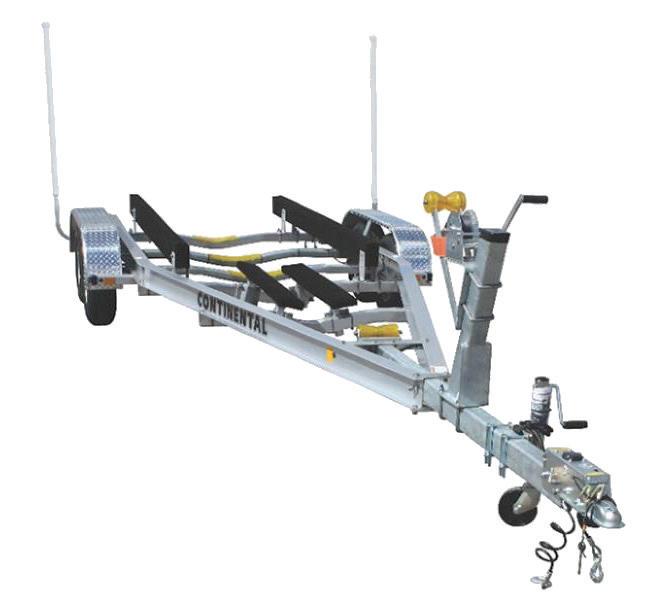











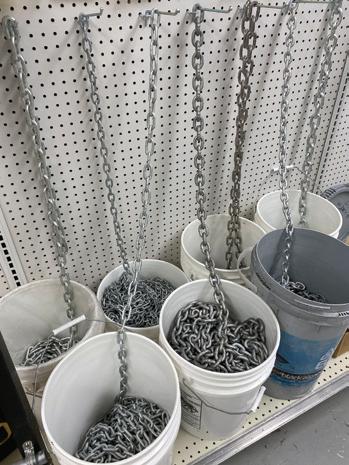

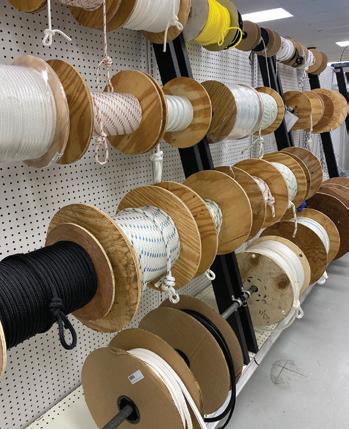
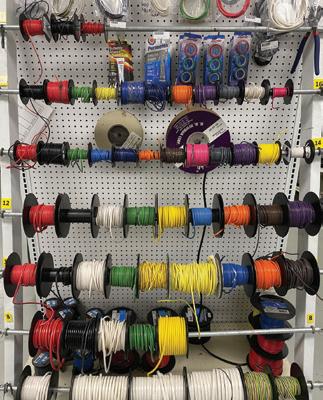
Here’s a memorable beach moment: You’re basking in the warm sun, toes in the sand, letting the gentle turn of the foam-capped waves lull you into a state of complete relaxation. As your eyes scan the endless horizon of blue on blue, you’re rewarded with a school of dolphins making their way across the sea. There’s no denying their signature shape as they leap from the water. If you don’t see anything else extraordinary the rest of the day, you can take solace knowing you’ve witnessed one of nature’s most playful and intelligent creatures in their natural habitat.
Why not re-create that special toes-in-the-sand moment with our Blue Topaz Dolphin Pendant? The beloved sea mammal has been captured mid-jump in sterling silver. And, tucked into its fins is a full two carats of shimmering blue topaz. Nothing captures the shimmering color of the ocean in the midday sun like blue topaz. With its sparkling clear blue color and high refractive index, blue topaz is one of the top-selling blue gemstones. And with our special price, you have quite the catch. Satisfaction guaranteed or your money back. Enjoy the Blue Topaz Dolphin Pendant for 30 days. If it doesn’t pass the test swimmingly, send it back for a full refund of the item price.
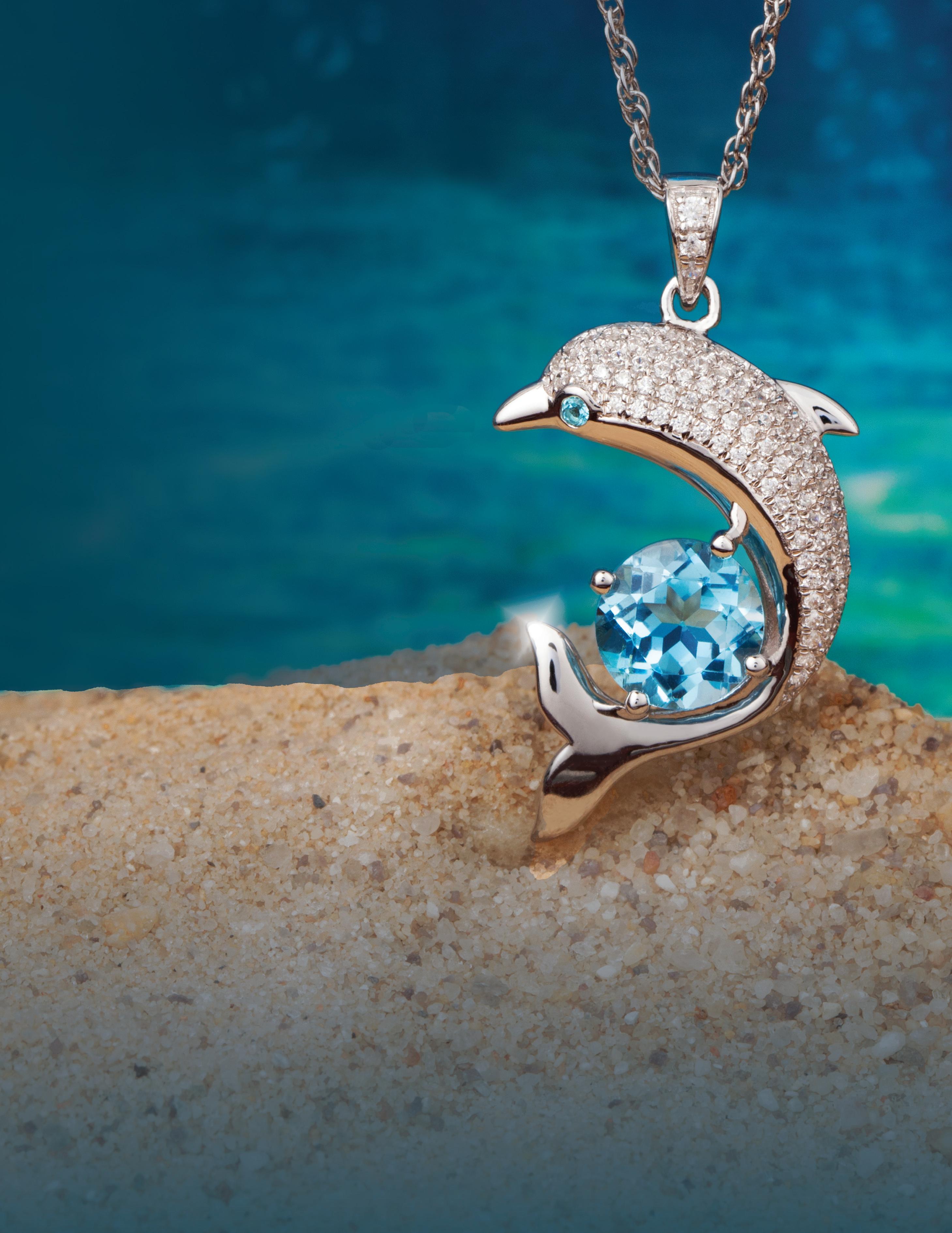
Limited Reserves. A full two carats of genuine blue topaz set in sterling silver for this price is as rare as a dolphin sighting. We cannot guarantee availability for long. Call today!
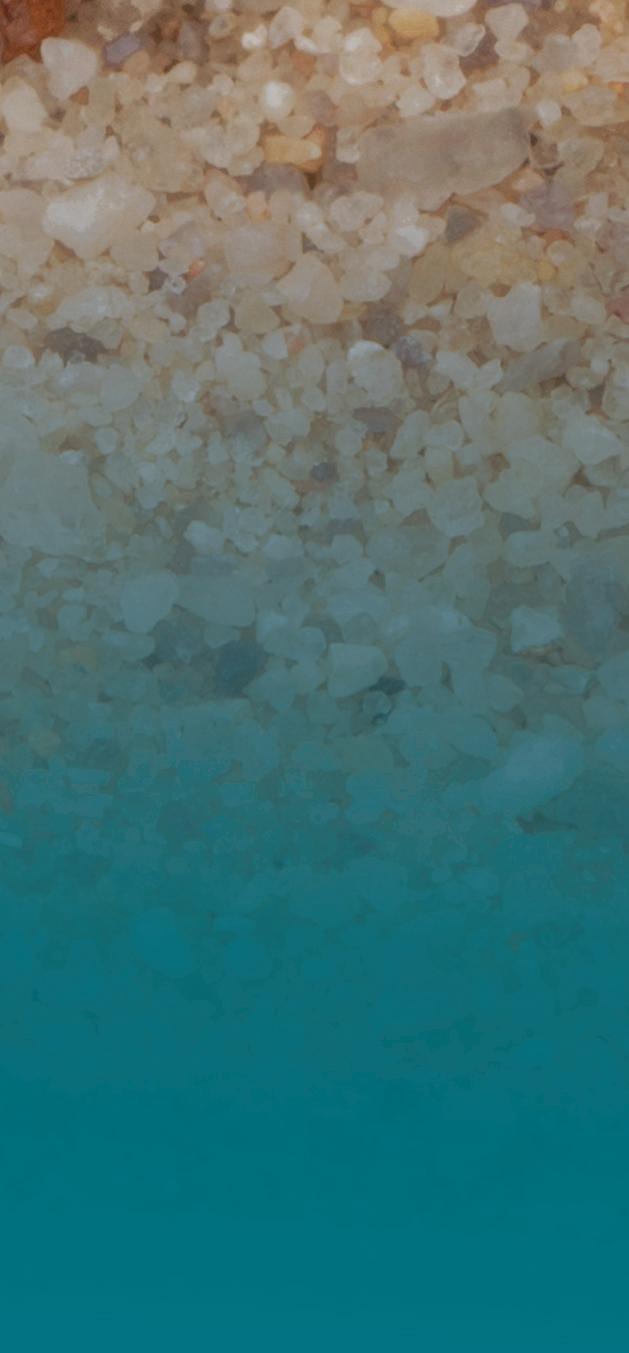

Stauer… Afford the Extraordinary ®



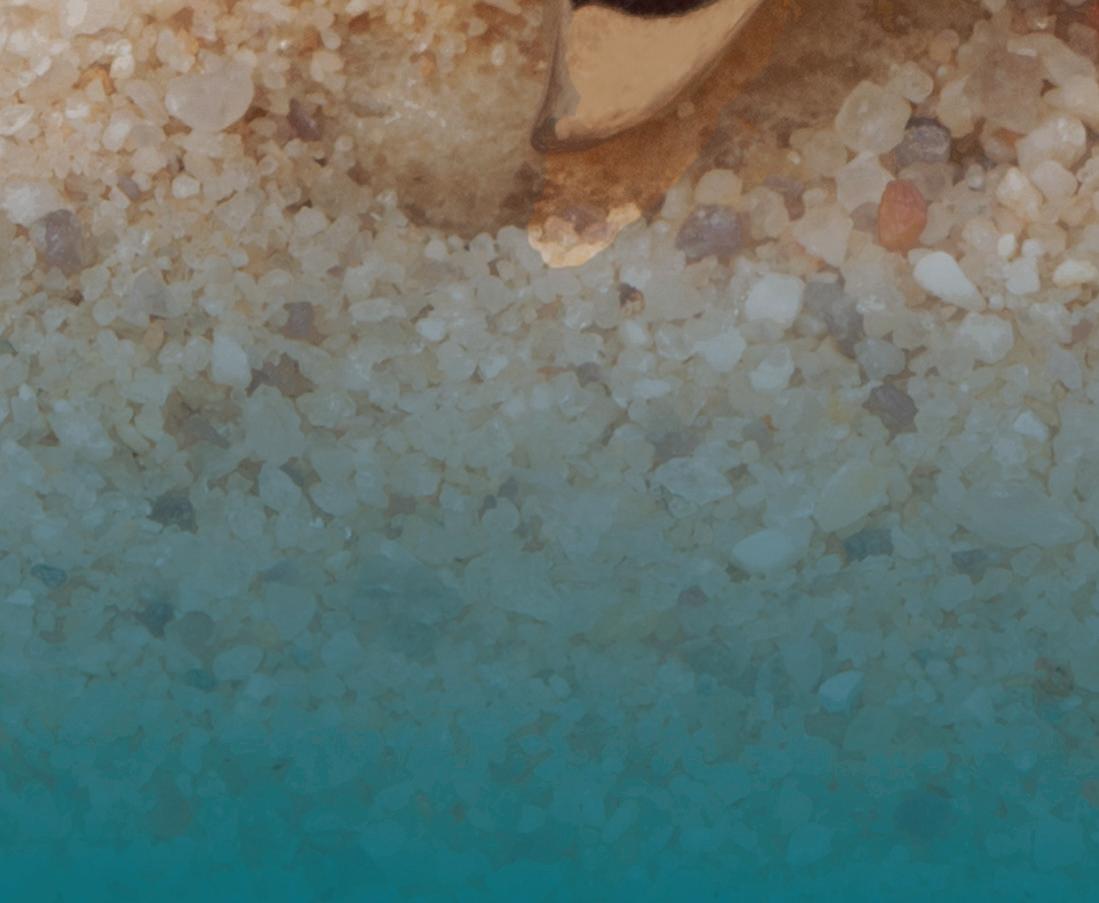
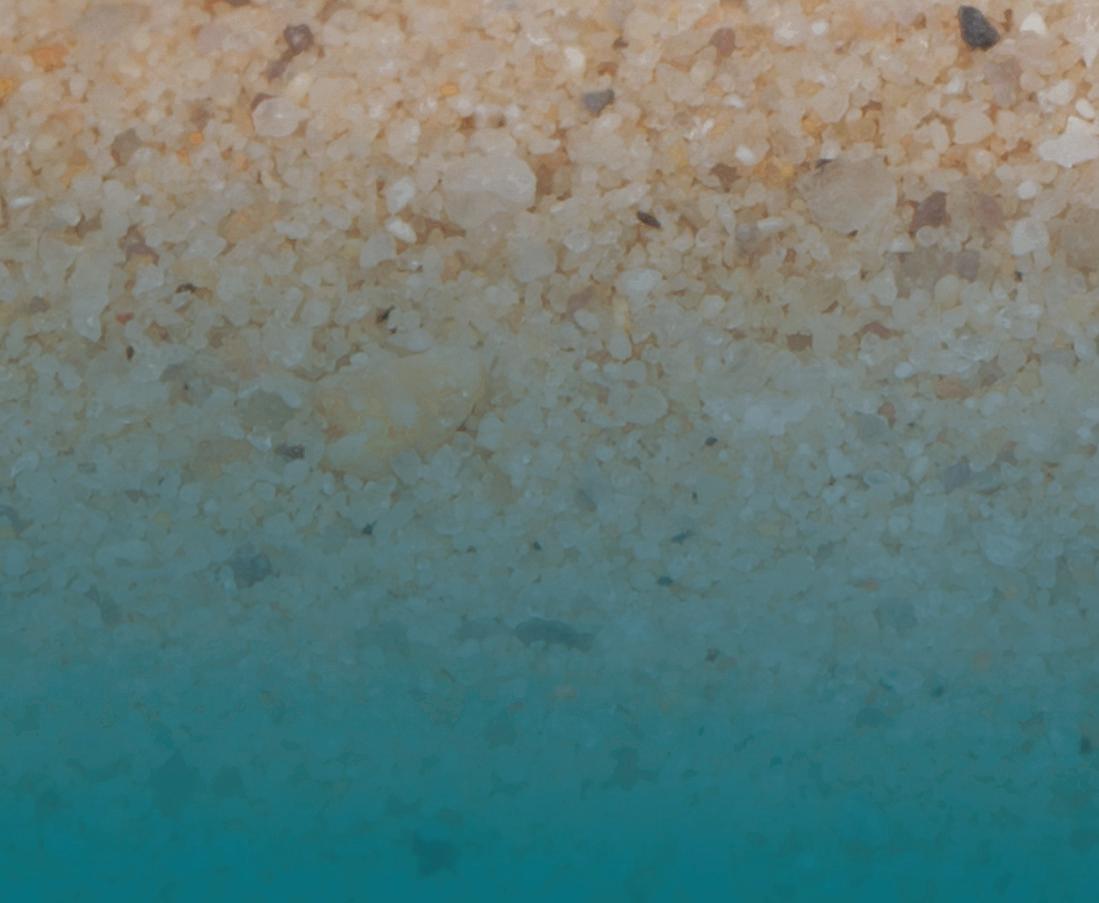

The 2023 Academy Sports + Outdoors Bassmaster Classic—widely known as the “Super Bowl of Bass Fishing”—will be held March 24-26 in downtown Knoxville, Tennessee and on the University of Tennessee Campus.
e Bassmaster Classic is one of the world’s most prestigious championship tournaments and pits 55 of the world’s best bass anglers against one another for the title of Bassmaster Classic Champion. e Classic is a catch-and-release event, with bass being returned to the shery under the supervision of the TWRA.


Daily takeo s will be from Volunteer Landing on the Tennessee River in downtown Knoxville each competition day, and weigh-ins will take place in the ompson-Boling Arena on the University of Tennessee campus. e fan favorite Bassmaster Classic Outdoors Expo will be held Friday through Sunday, March 24-26 in the Knoxville Convention Center and the adjacent World’s Fair Exhibition Hall.
All activities and venues are free and open to the public.
For more information, visit Bassmaster.com.

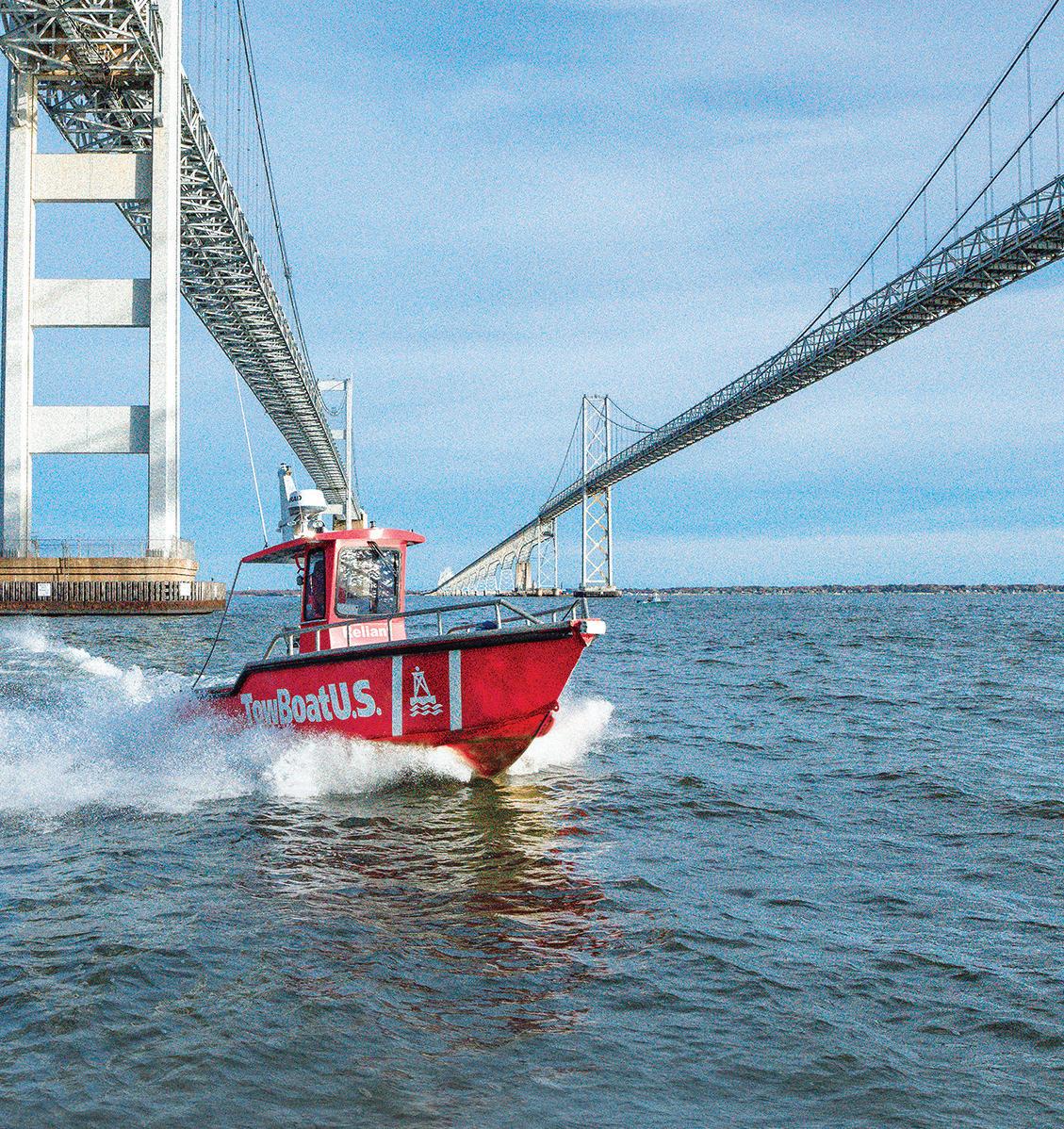
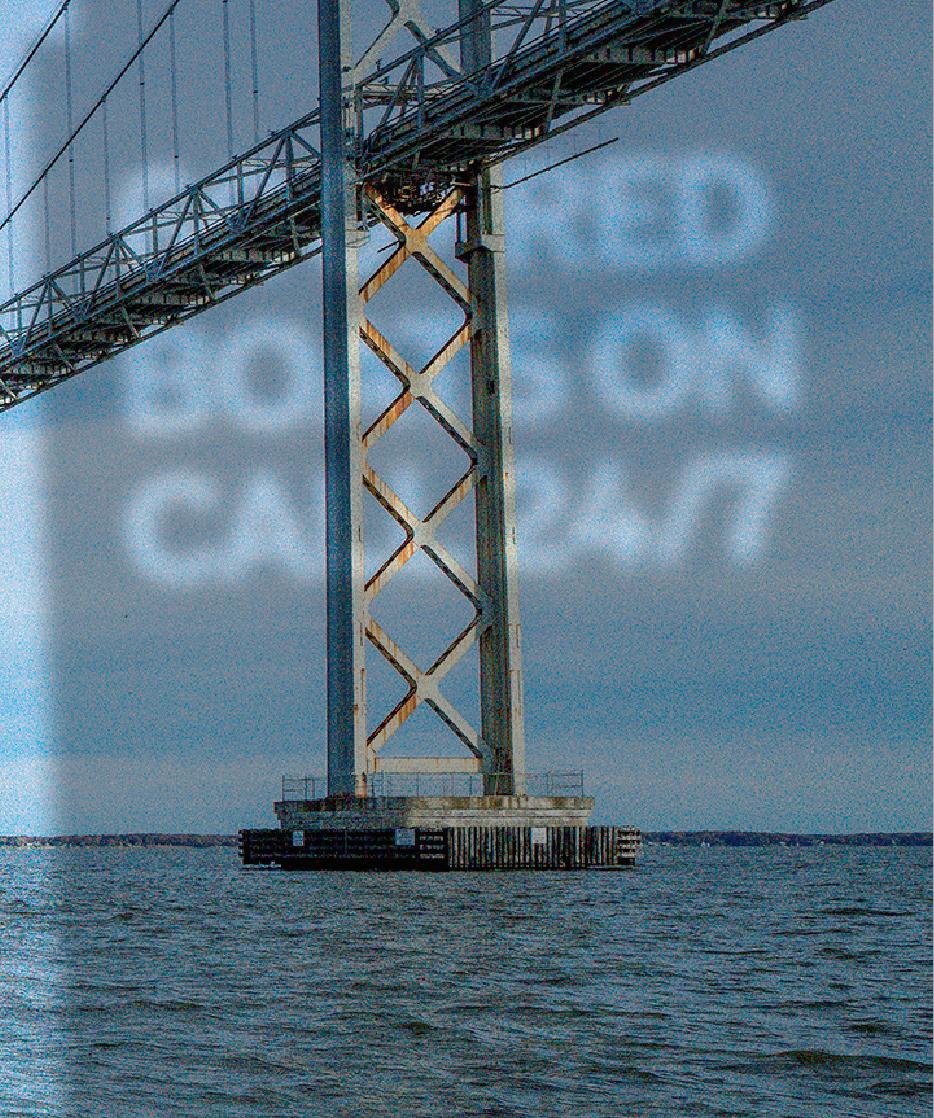
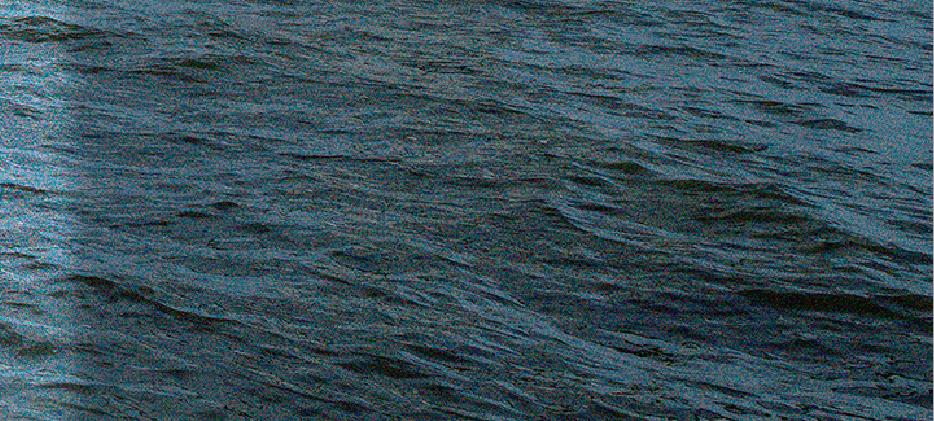

C-Hawk Boats has made a name for itself among boaters who want no-nonsense, custom-purpose vessels that are designed to perform and built to last. Owner Brad Grubbs said their C-Hawk 25 Center Console is an endlessly customizable boat that has gained a lot of fans among charter captains who fsh them hard every day. “We have 10-plus guides using them on the west coast of Florida,” he said. “In Georgia and South Carolina, they’re using it as a small passenger ferry. In Chesapeake Bay, it’s a crab boat.”

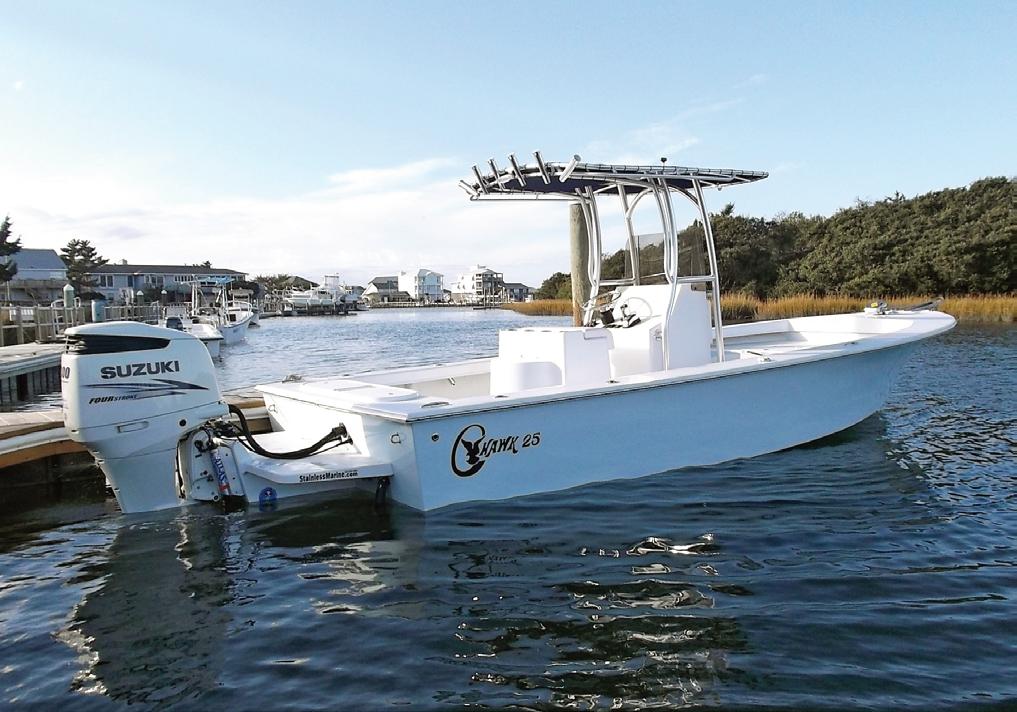
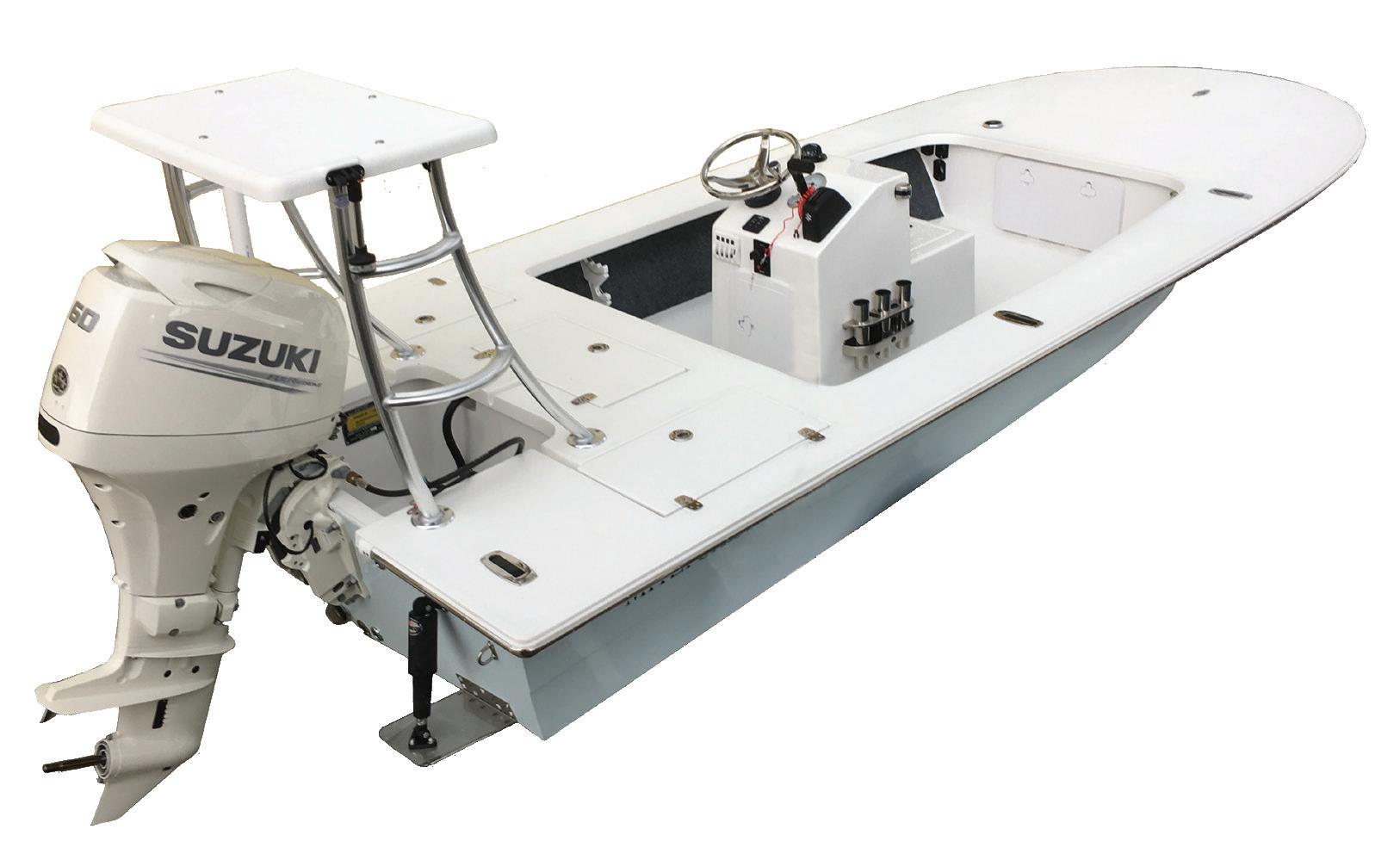


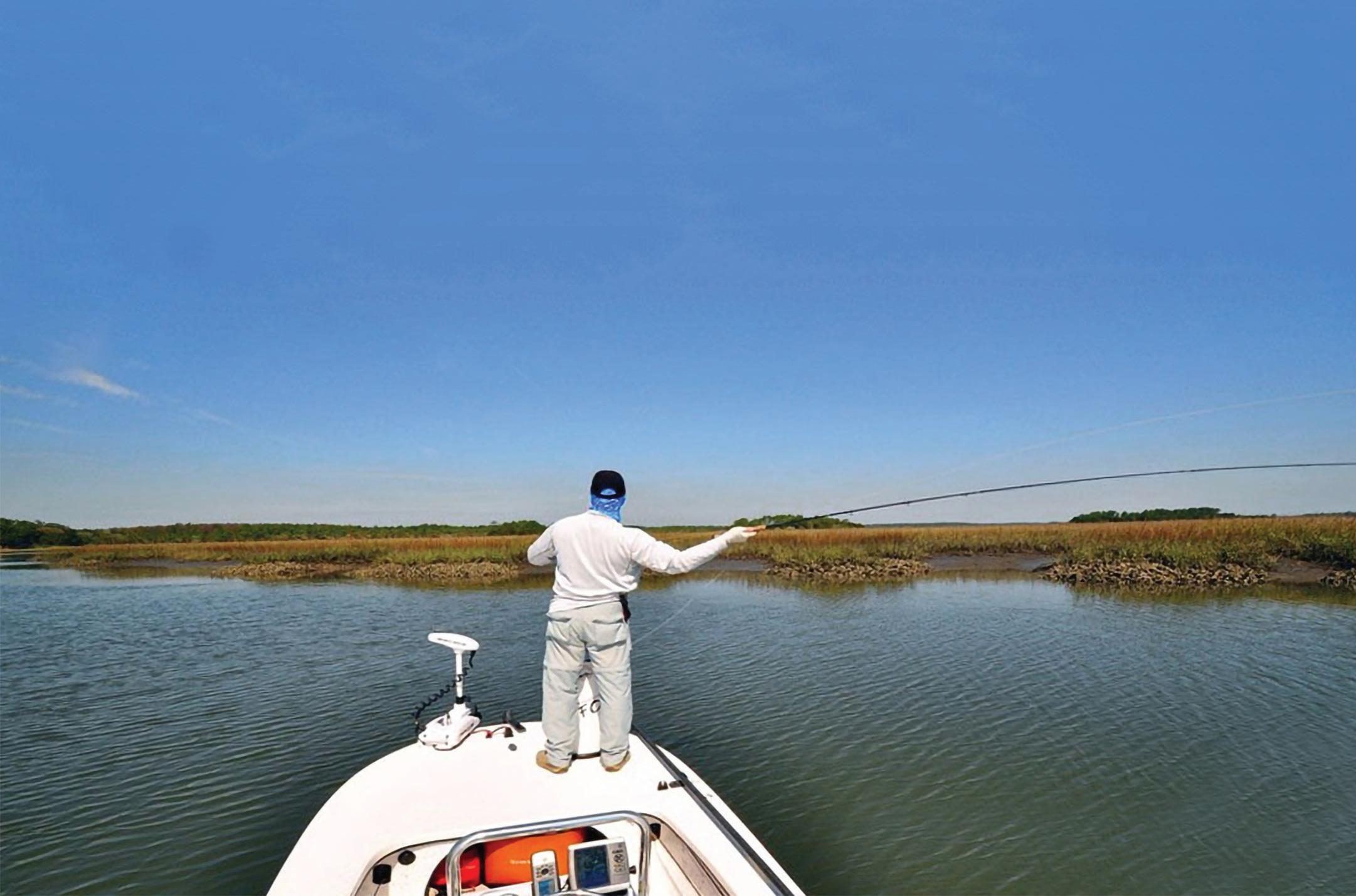
At its core, the C-Hawk 25cc is a hard-core workhorse with a 300 horsepower maximum that will take you anywhere you need to go. Its 9’6” beam allows it to foat in very skinny water with just a 12” draft, and it is also extremely stable, which should appeal for bottomfshing, diving and any other pursuit where a stable platform is preferred. Whatever you plan to do with it, all C-Hawk boats are built battleship tough to commercial-application standards. They are designed to withstand hard use for years of trouble-free boating, and you can customize your C-Hawk from the factory in any way that suits your purpose.
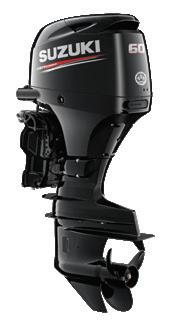
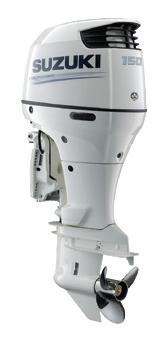


“We can mix and match consoles, fsh boxes, full transoms, cut transoms, bare hulls… you name it,” Grubbs said. “There are some recreational guys adding towers and sight fshing for cobia, and such. Everything we do is built around keep it simple, keep it effcient, keep it easy to maintain, keep it cost effective to own and operate. They are all unique… no cookie cutter trailer queens here. The 25 is a great example of what C-Hawk is.”

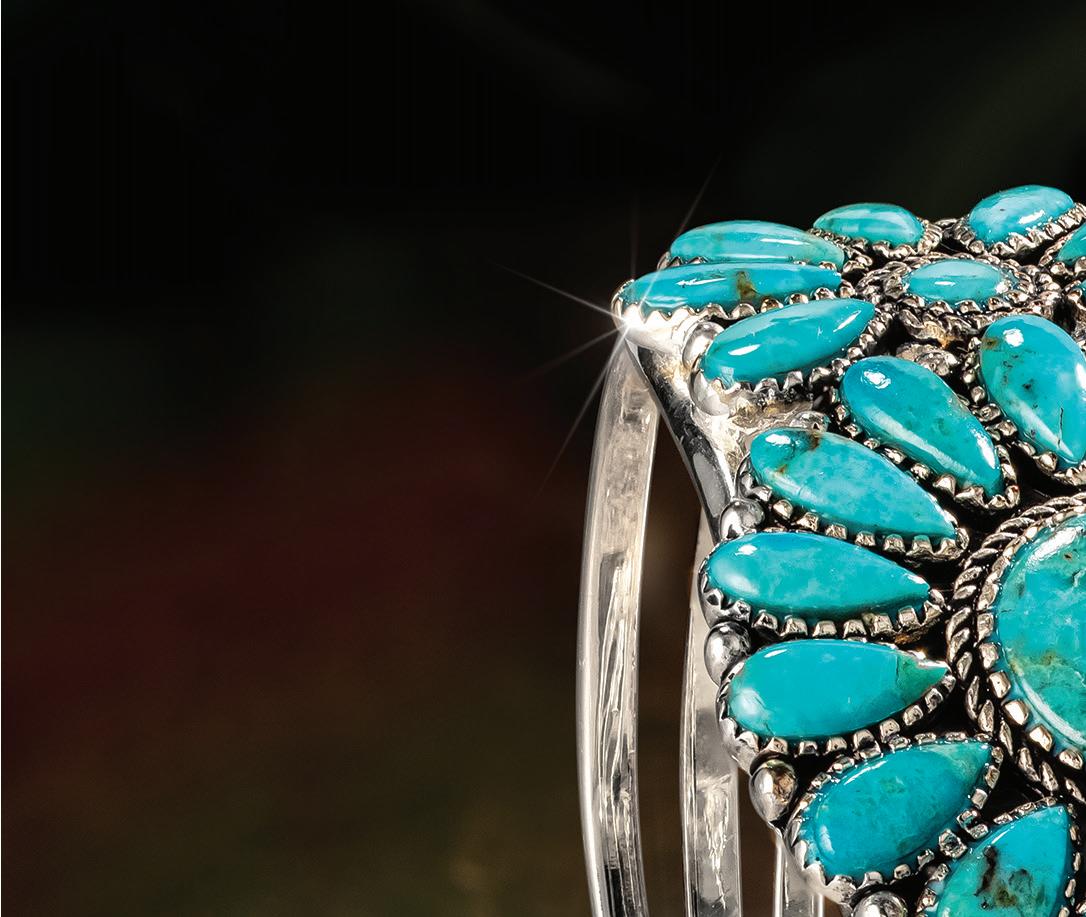
Old Pete was a retired stuntman bursting with stories. There was the time he stared down a grizzly bear. There was the time he won a competition and got to kiss a Hollywood starlet as the prize. And there was the time he got into a fistfight with the Duke. Many stories. Some were probably even true. I know two things for sure: that he had an excellent collection of turquoise and that he owed me for a poker game he lost. The last time I saw him, he opened a drawer and pulled out a collection of beautiful Navajo turquoise jewelry to repay his debt. Pete’s jewelry inspired our Tucson Sun Turquoise Collection. This jewelry set features turquoise that’s been gently enhanced to bring out its finest shades in a Southwestern motif. Finished with oxidized silver, this jewelry set captures the beauty and mystery of the Arizona desert. The rarest and most valuable turquoise is found right here in the American Southwest, but the future of the blue beauty is unclear. I recently spoke with turquoise traders who explained that less than 5% of turquoise mined worldwide can be set into jewelry. Once thriving, many Southwest mines have closed.
But Stauer saw this coming and is now one of the largest owners of gem-grade turquoise in the U.S. Don’t miss your chance to own the diamond of the desert. Act now. This is one of our fastest sellers, and we only have a limited supply of Arizona turquoise available for this ad. See why Stauer remains the best bang for your buck!
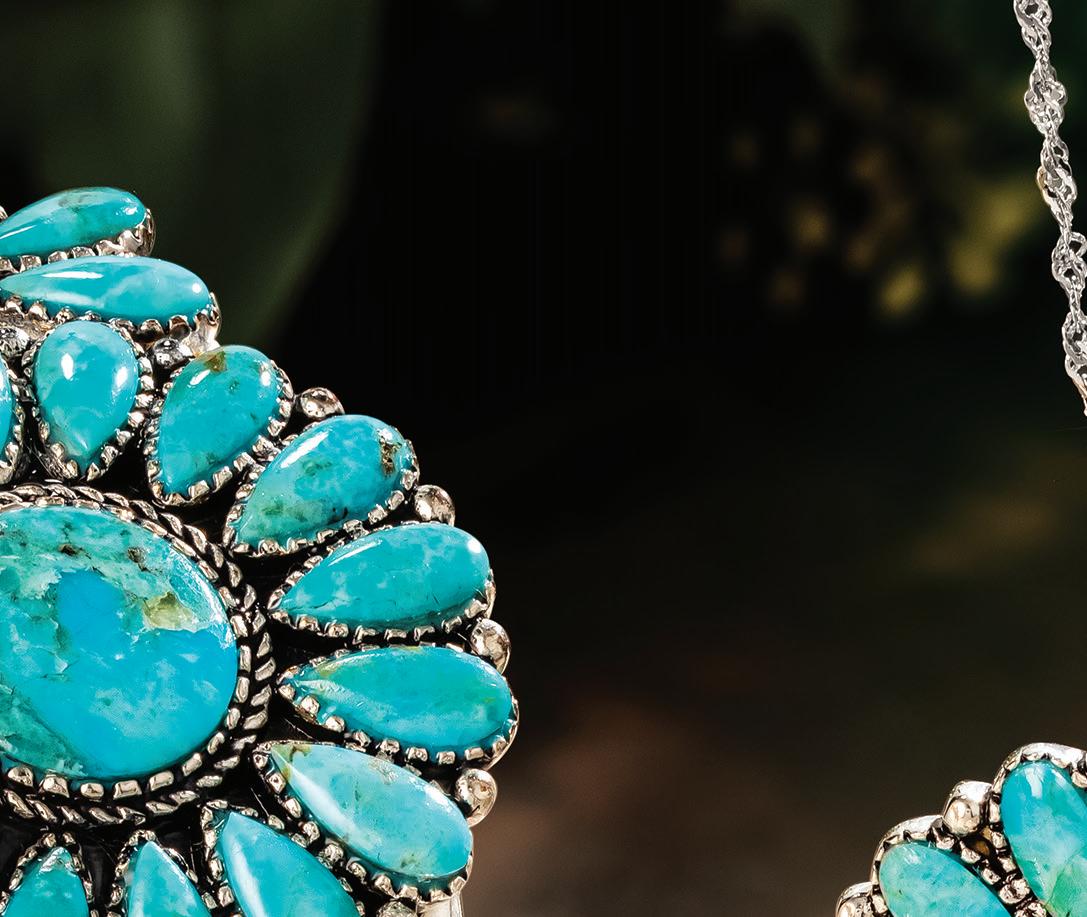
Jewelry Speci cations:
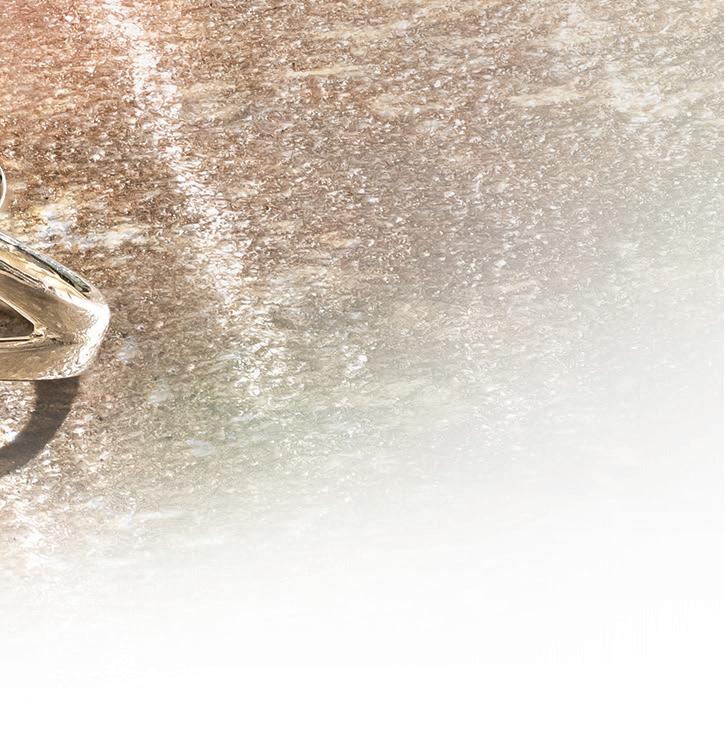

• Arizona turquoise. Oxidized silver finish. Ring: whole sizes 5-10. Pendant: 1 ¾" drop. Cuff: fits wrist to 7 ¼".

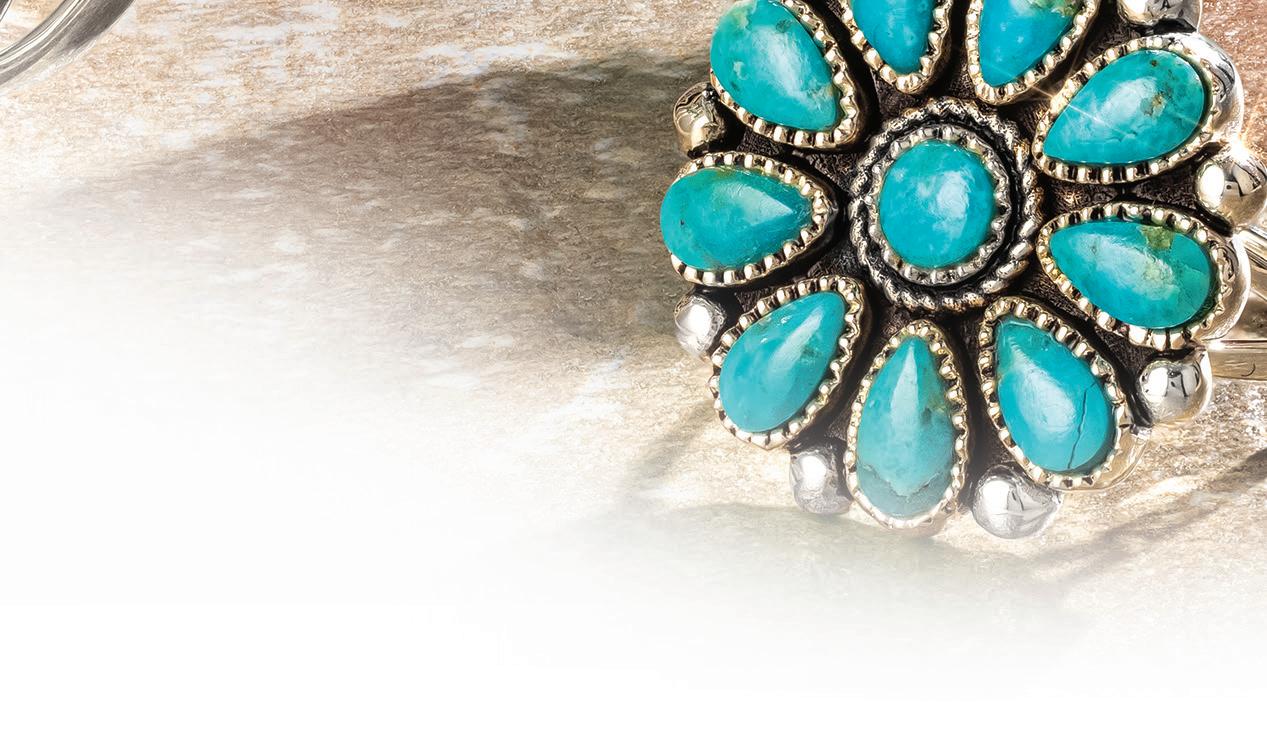
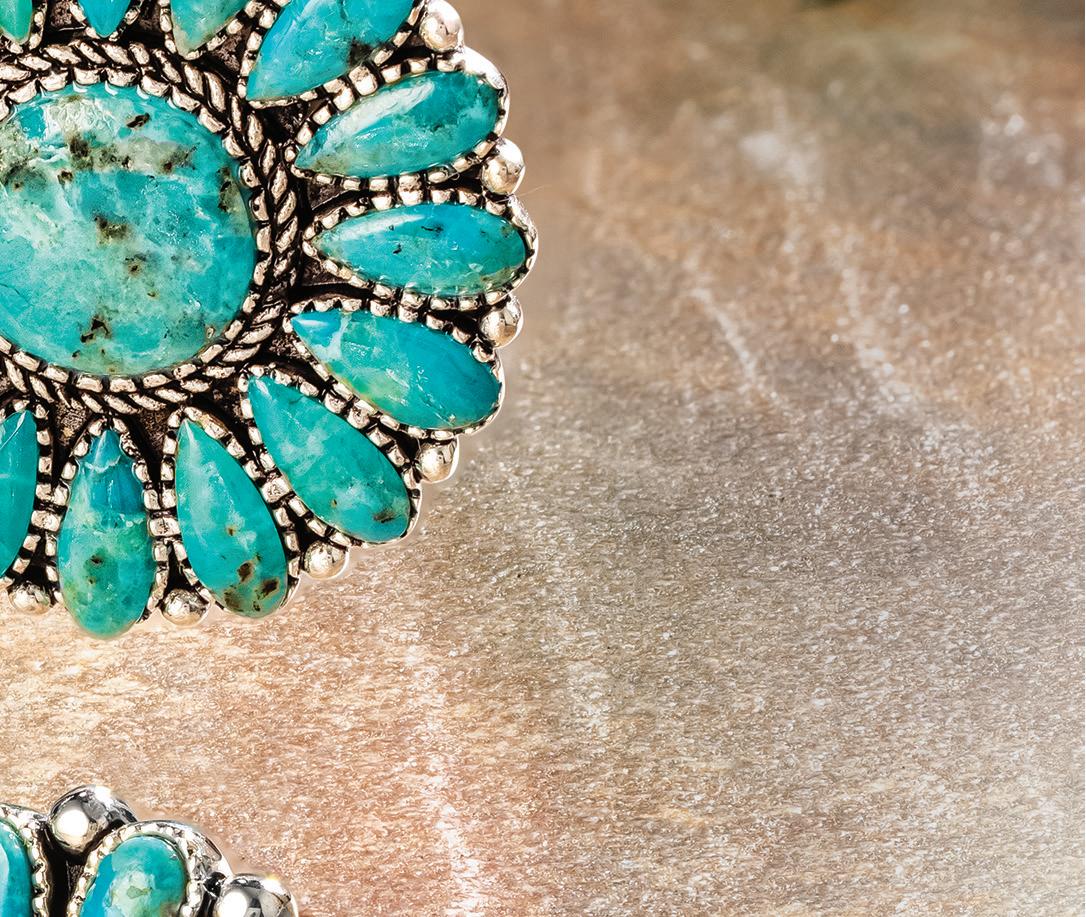
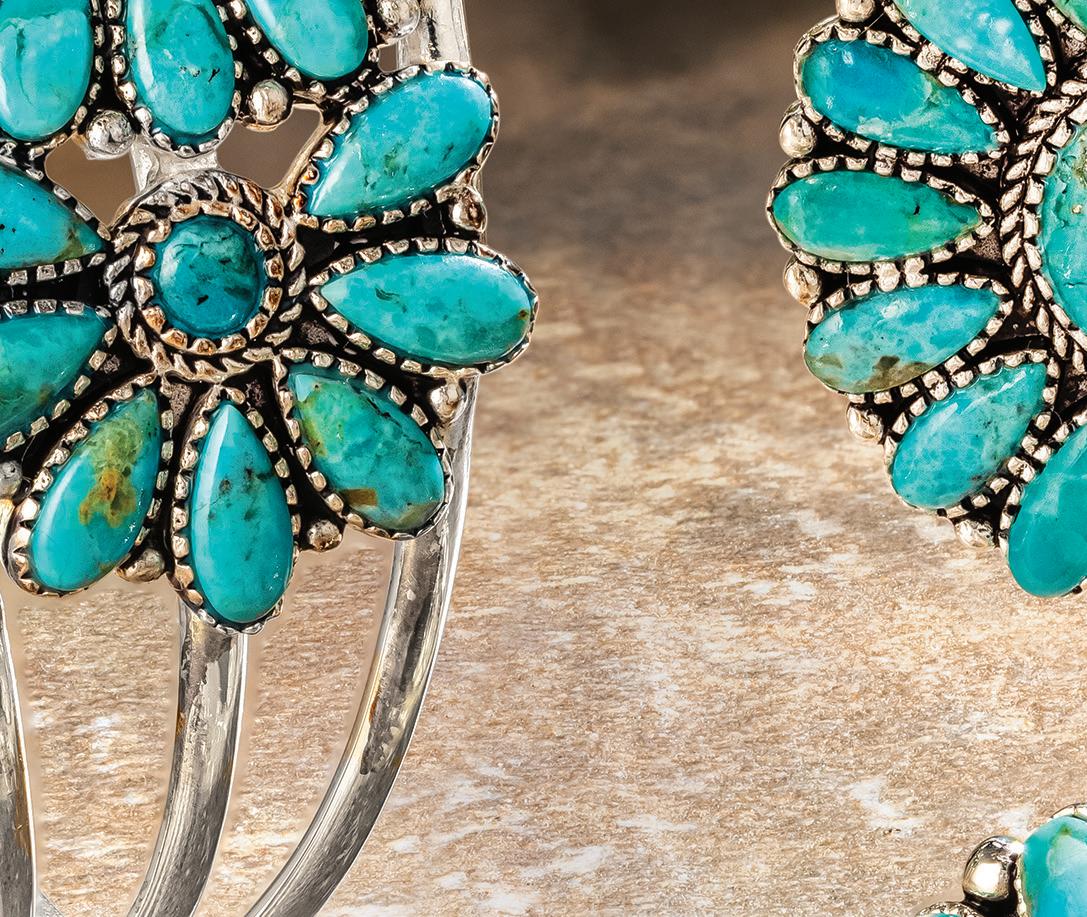

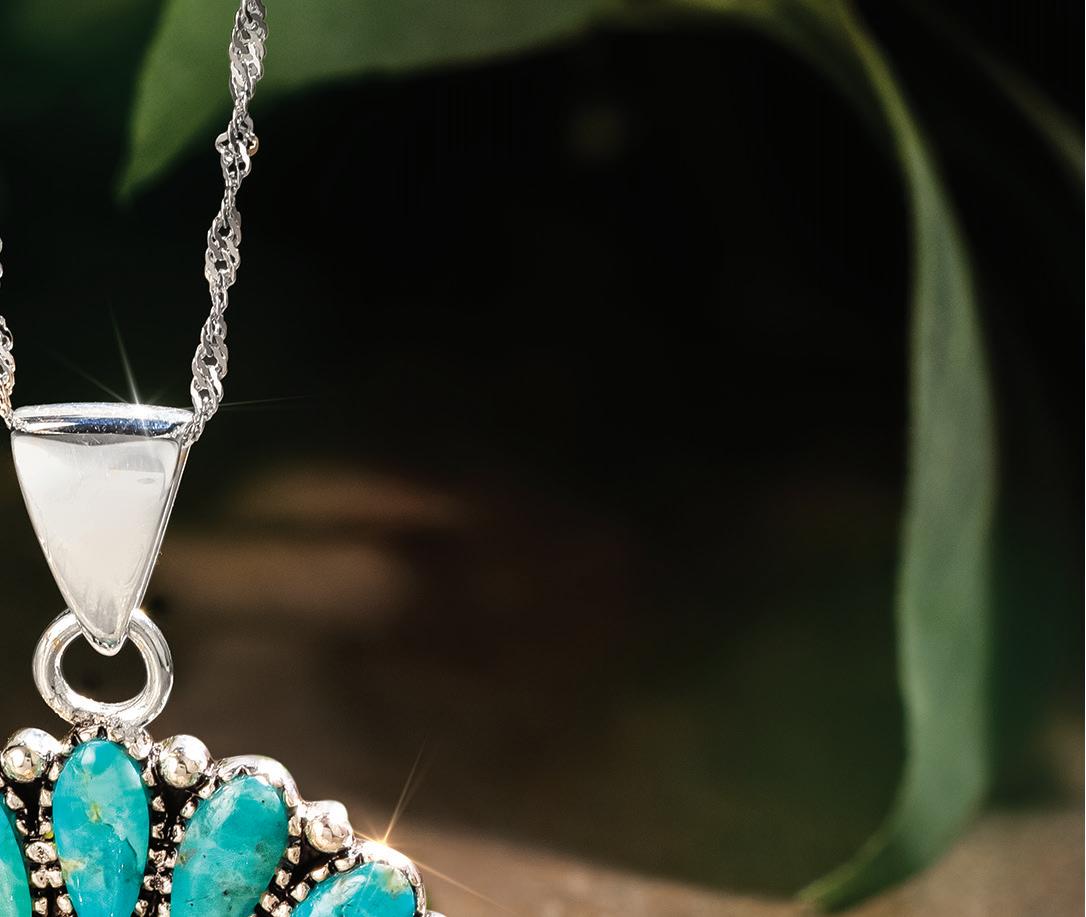
Stauer, 14101 Southcross Drive W., Ste 155, Dept. TSC130-01, Burnsville, MN 55337 www.stauer.com

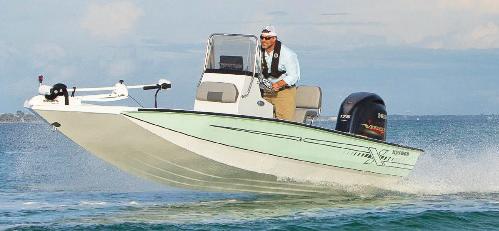
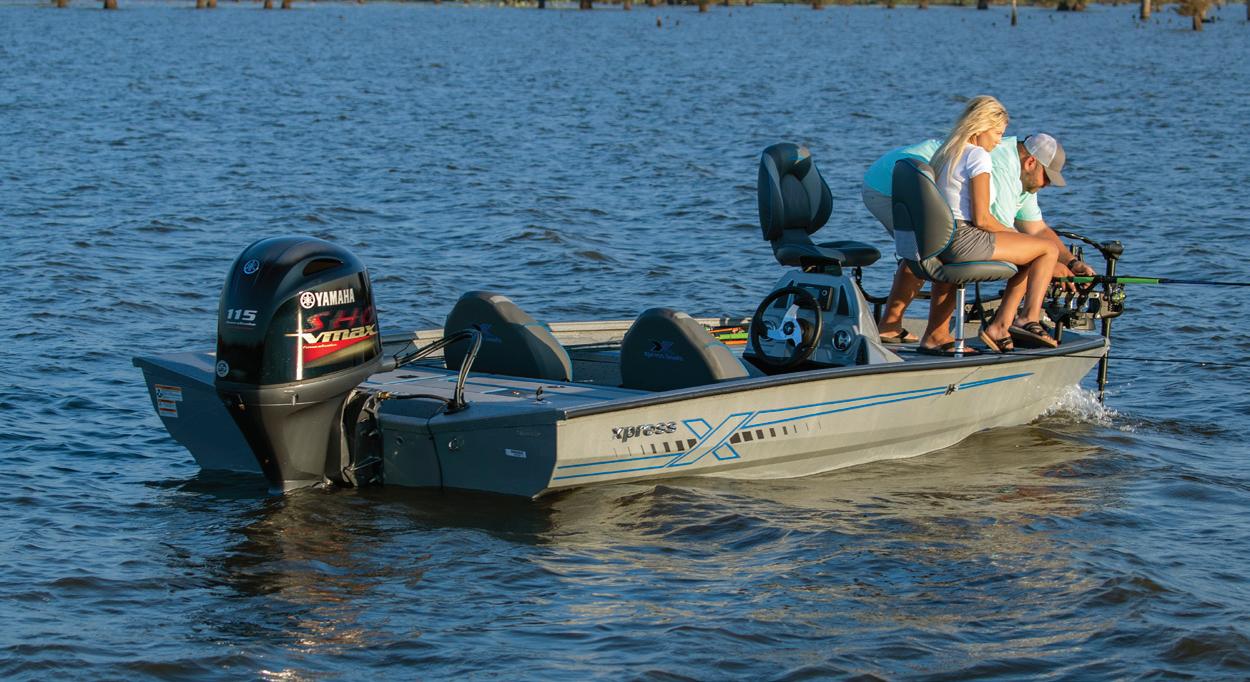
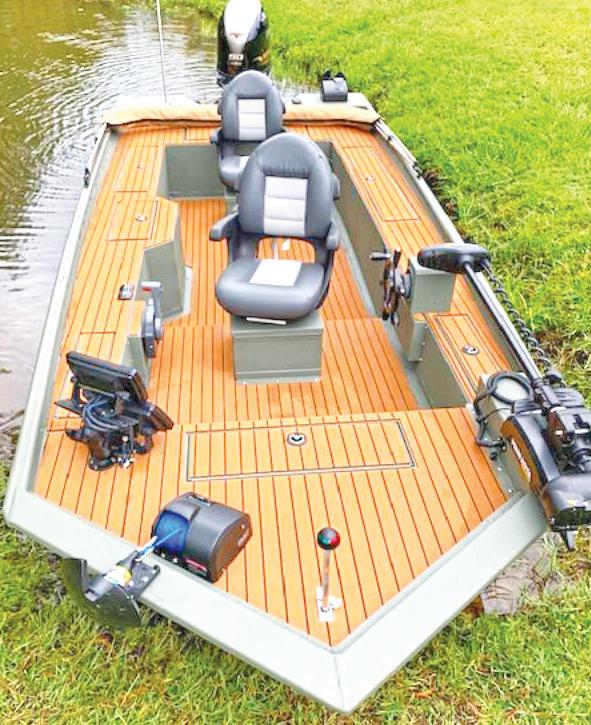

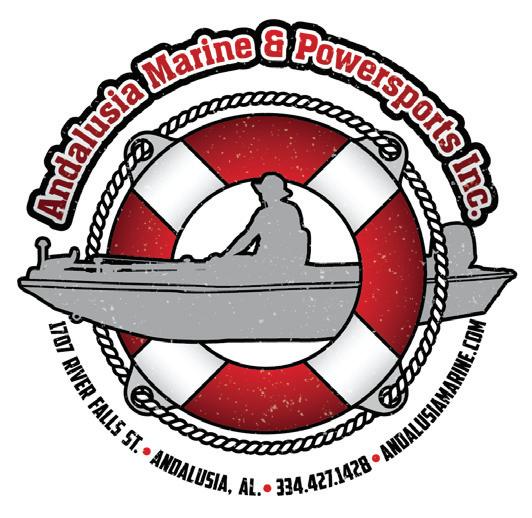

Introduced in the New Product Showcase at ICAST 2022, the all-new MHX HD Rod Rack is the ultimate shing rod storage system with space for up to 20 of your favorite rods.
Constructed from Marine Grade HDPE material, it will never rot, warp or damage your tackle. Assembled with stainless steel hardware, no environment is o limits. Whether used on the dock for a post-trip wash down or just to help organize your garage and tackle room, this rod rack is a solid piece of equipment designed for serious anglers.



From y and light-tackle rods to heavy o shore rods, each rod’s ghting butt sits in CNC Milled recessed cups to add stability to all handle styles. e MHX HD Rod Rack has the size and the brawn to handle your full arsenal, indoors or outside. It even comes with four supports that lock in heavy duty bent butt o shore rods.

Measuring 26” x 16” x 8”, this heavy-duty, multi-purpose rod rack is easy to assemble and will nd a perfect place on your boat or dock, in the garage, or at the shop.
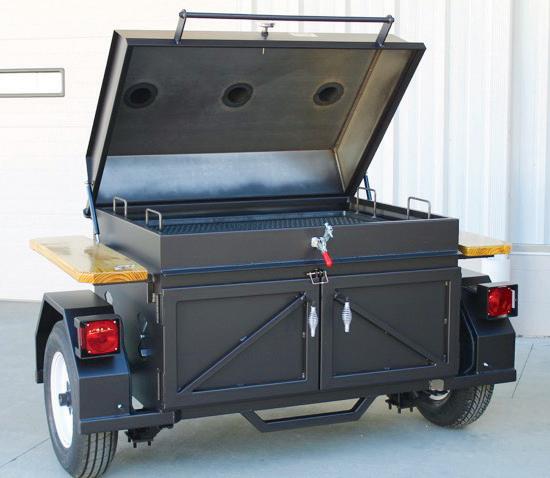
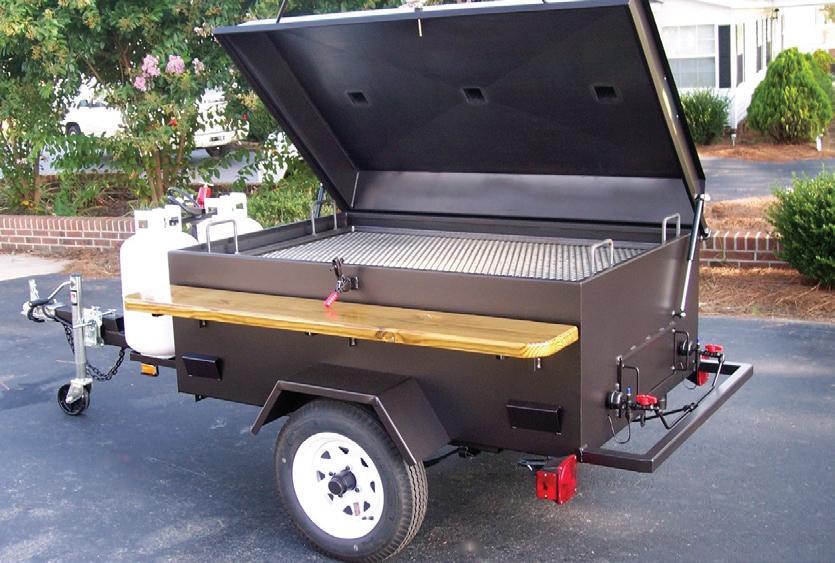
e MHX Rod Rack securely stores your rods, so they are ready at a moment’s notice. With an MSRP of only $229.95, you won’t nd a tougher, more versatile rod rack at such an amazing price. Shop for the MHX HD Rod Rack at mudhole.com today!
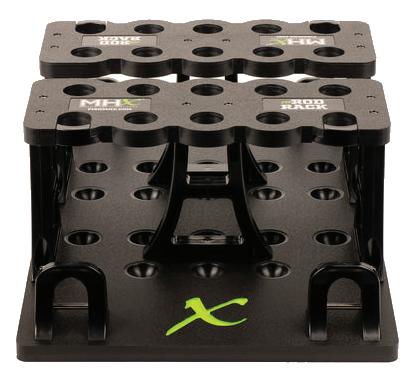

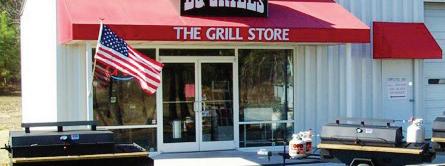

Berkeley County is a wonderland for outdoor enthusiasts, sports bu s, adventure seekers, and water lovers.
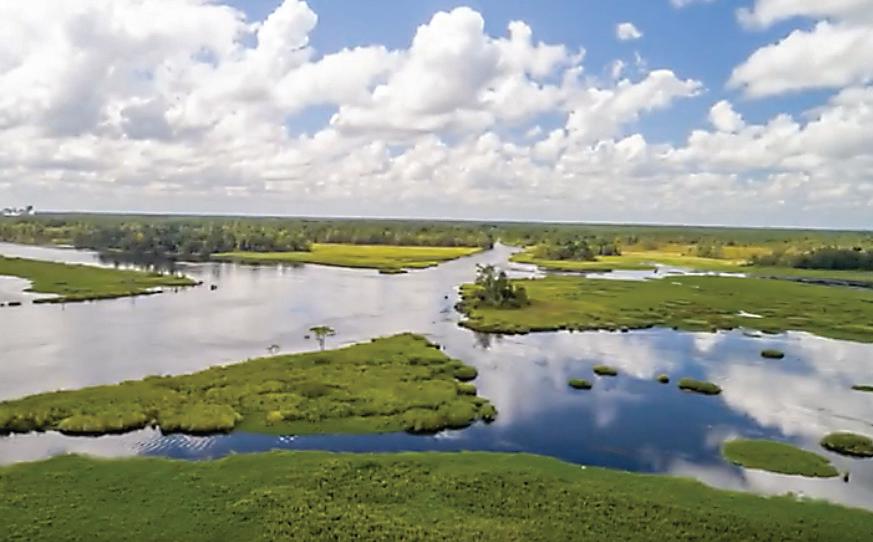

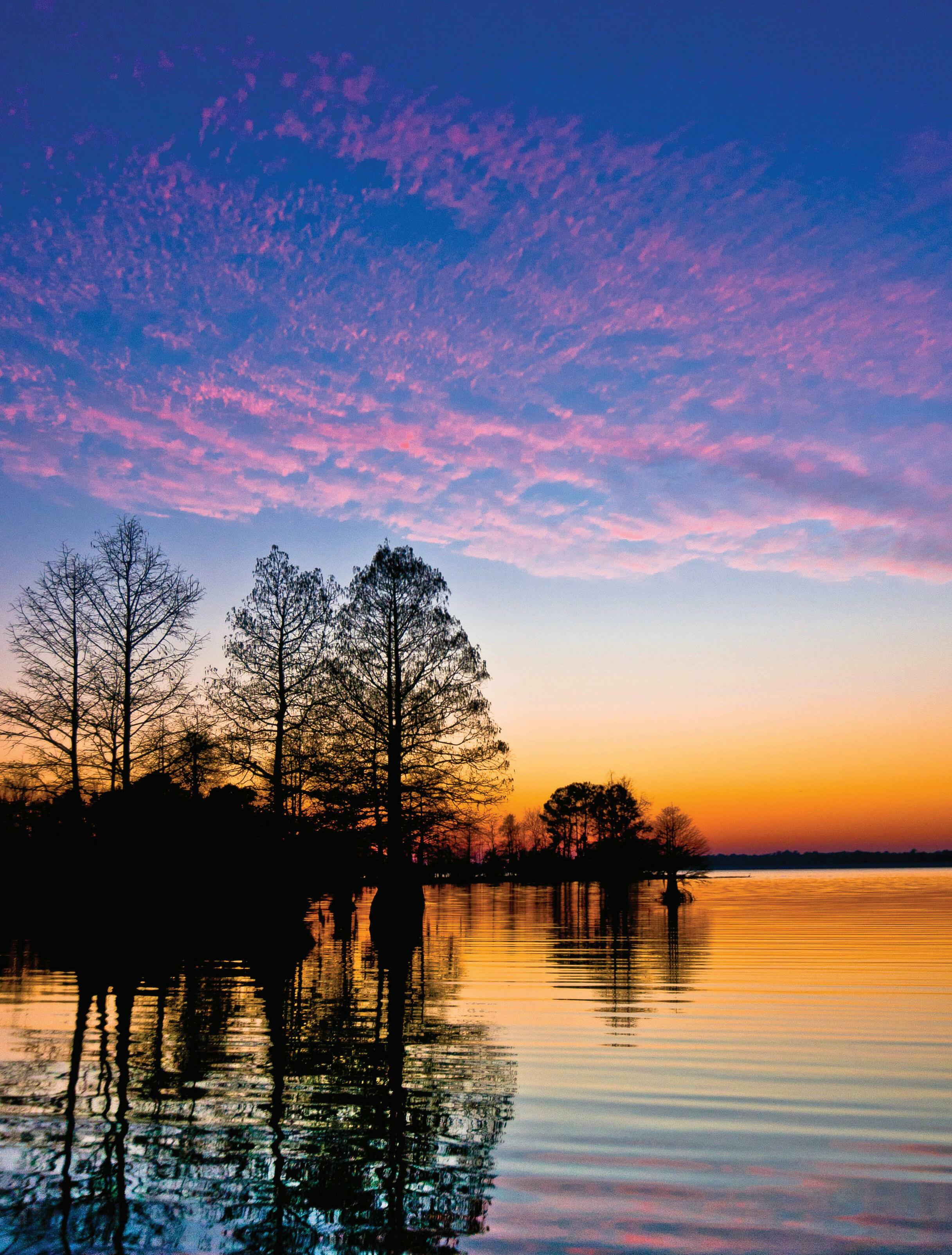
From exemplary fishing for striped bass, or a trophy largemouth bass, to our hiking trails and water activities, along with scenic outdoors where you can catch a glimpse of white tail deer and gators, Berkeley County has activities to fit all visitors and families.

Learn more about Berkeley County at: exploreberkeleycounty.com









